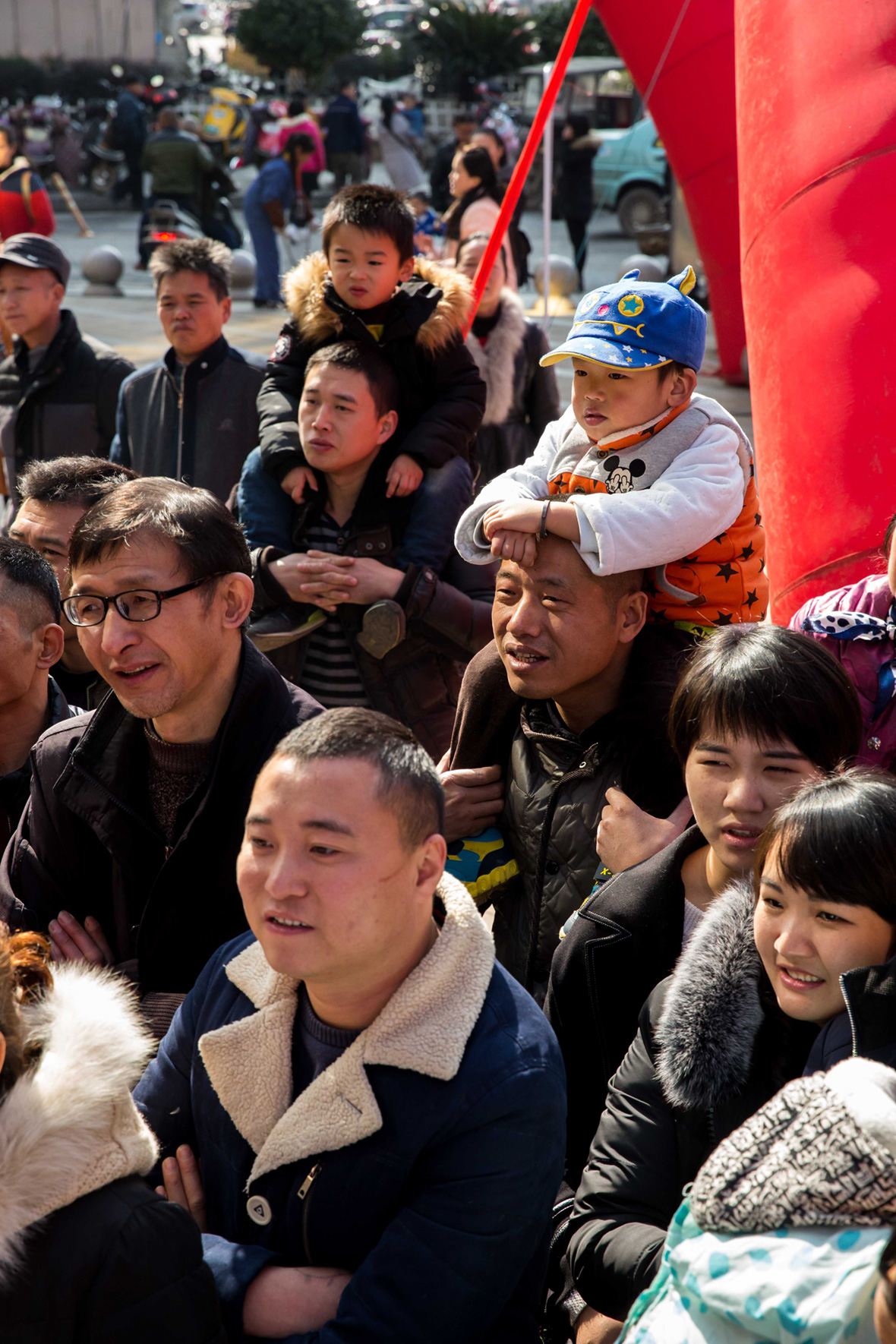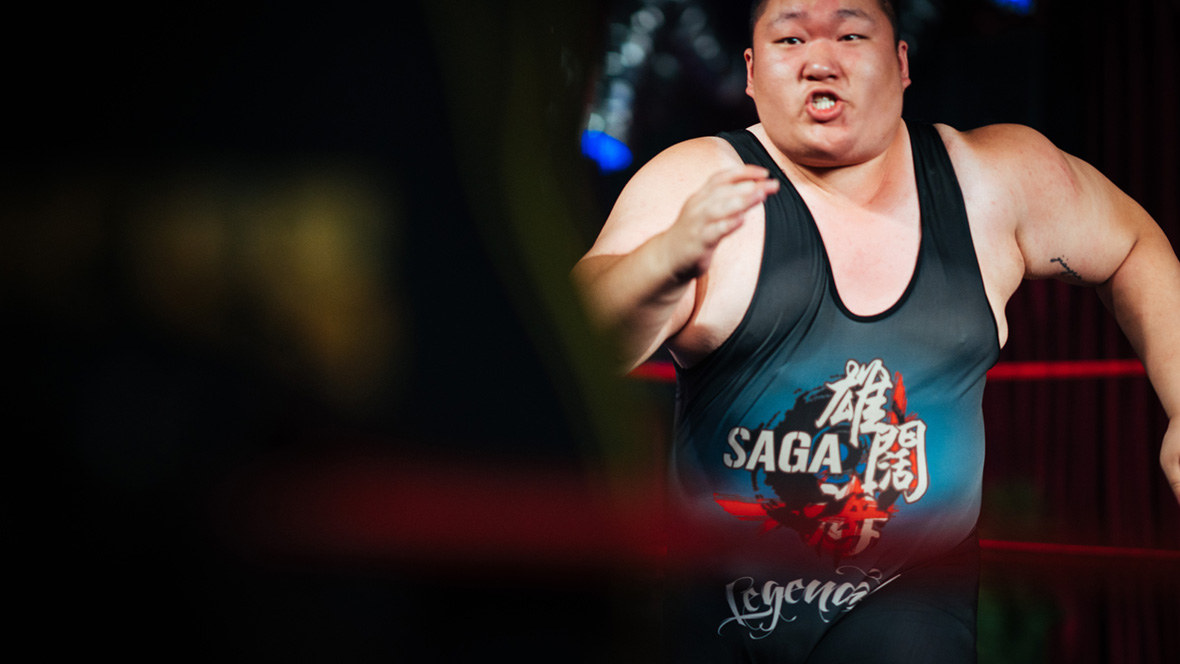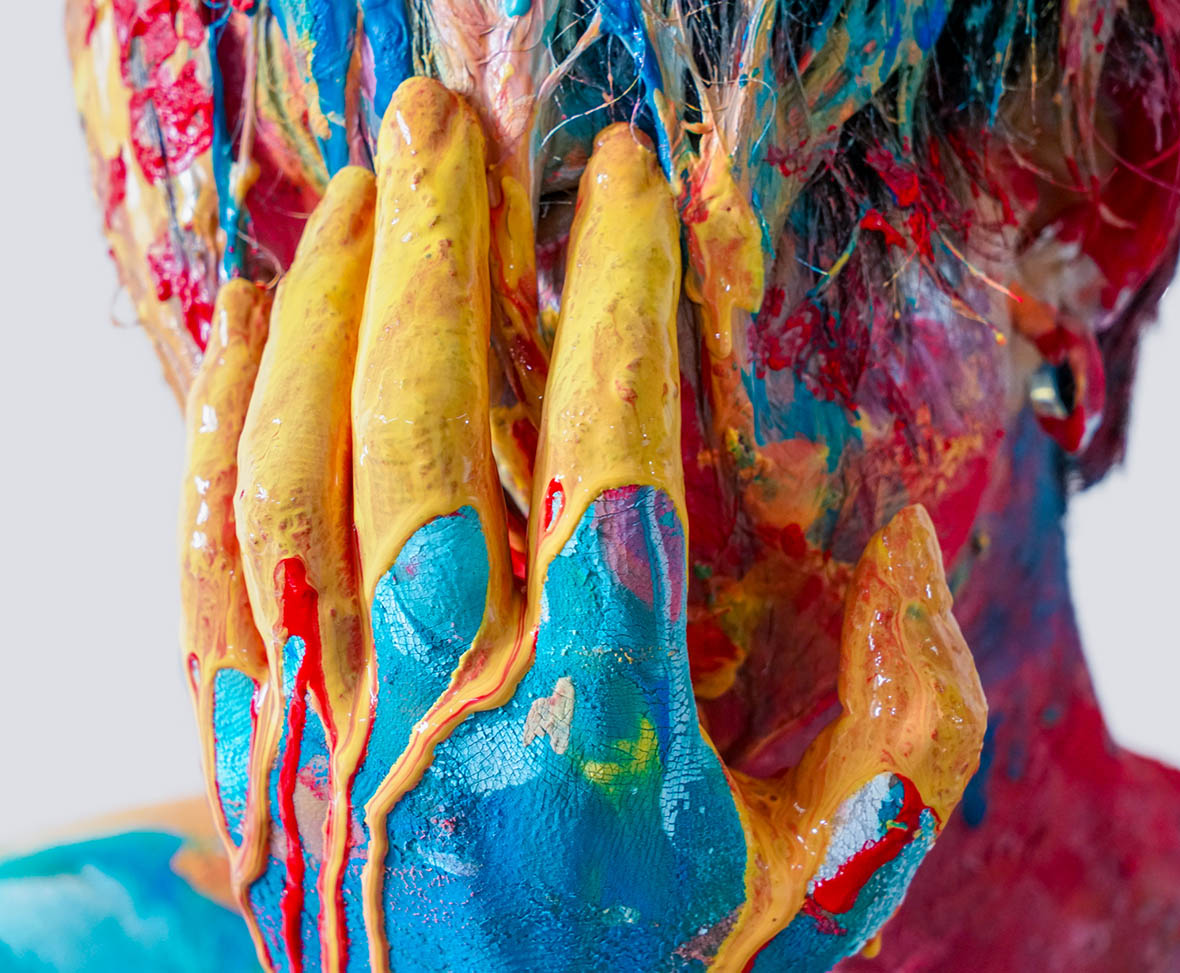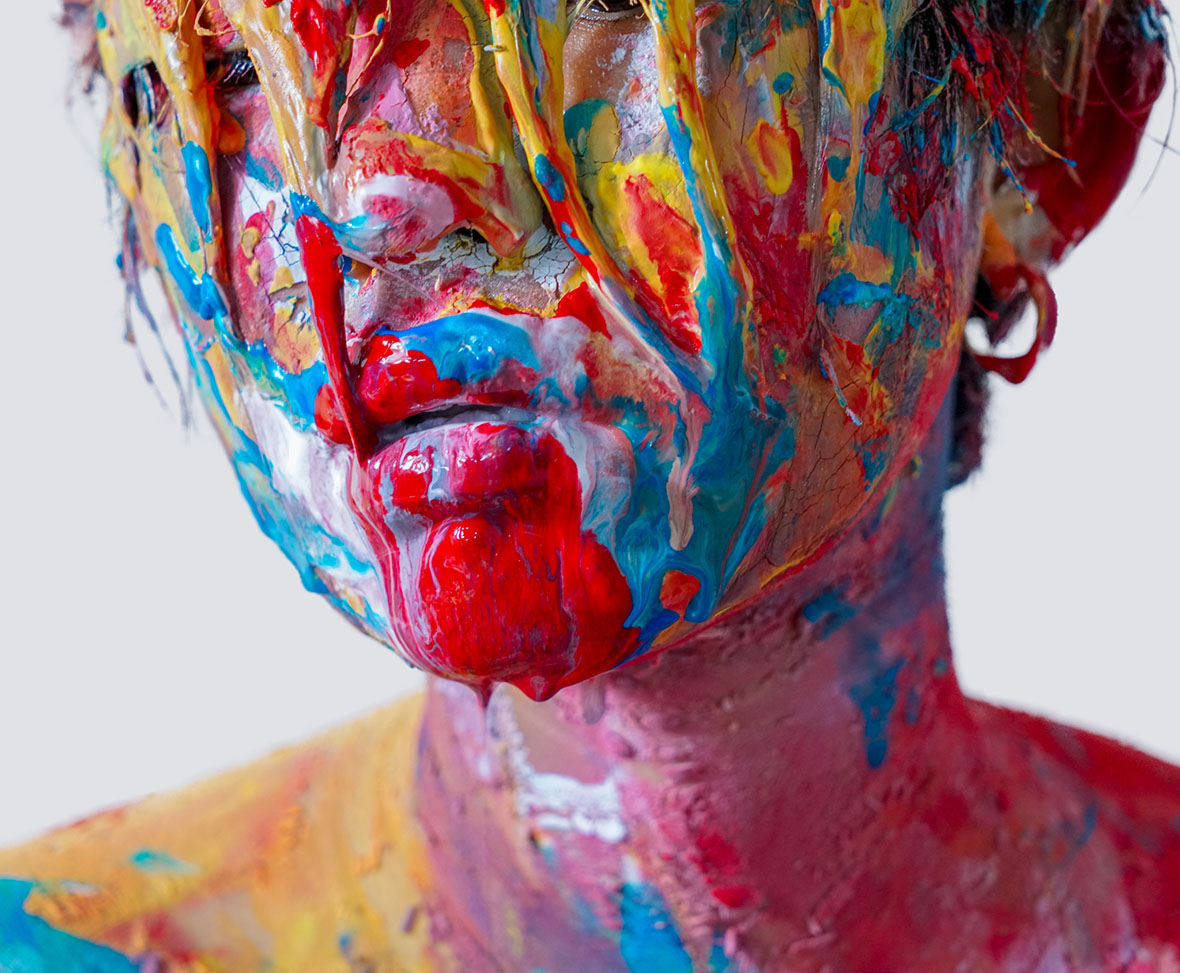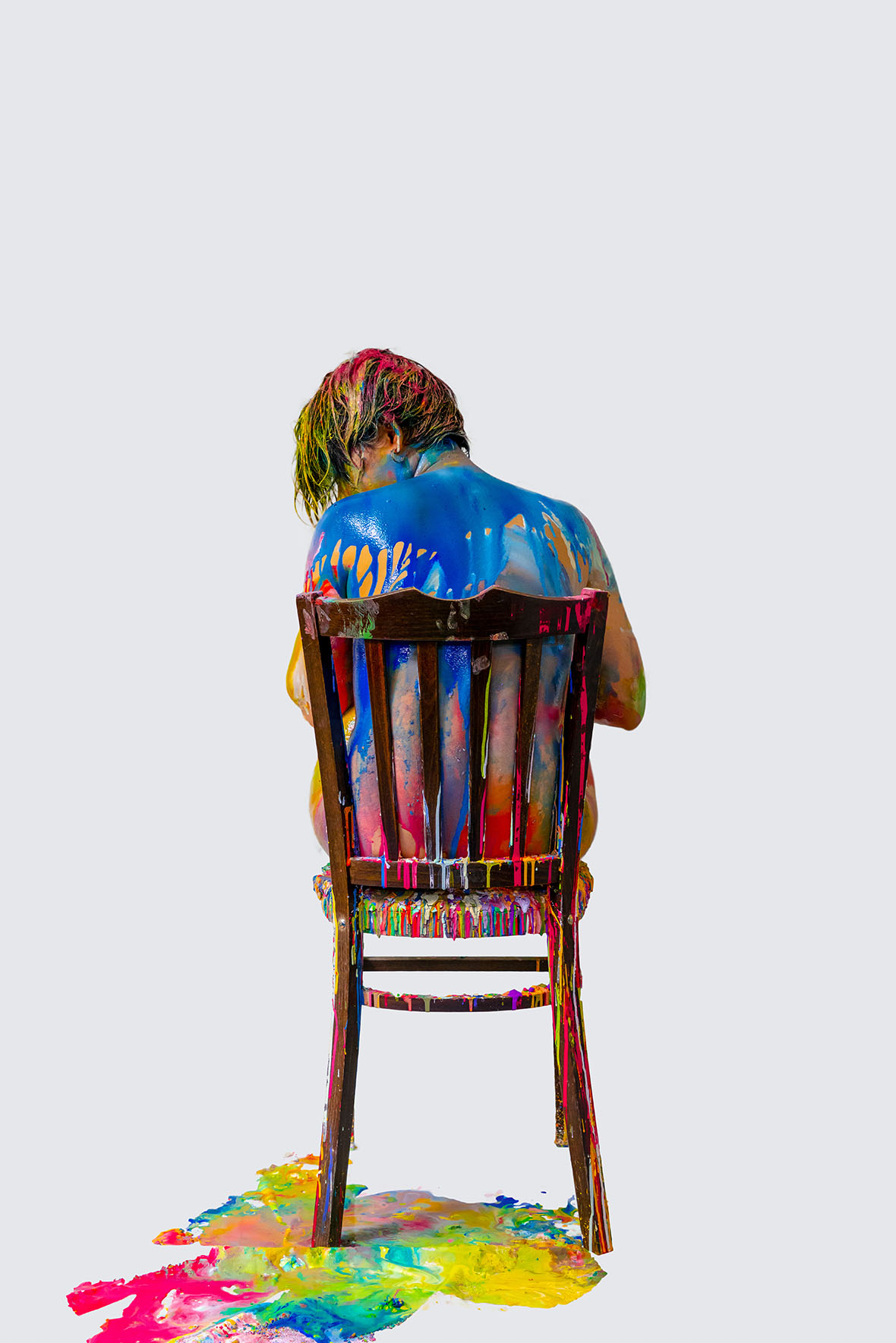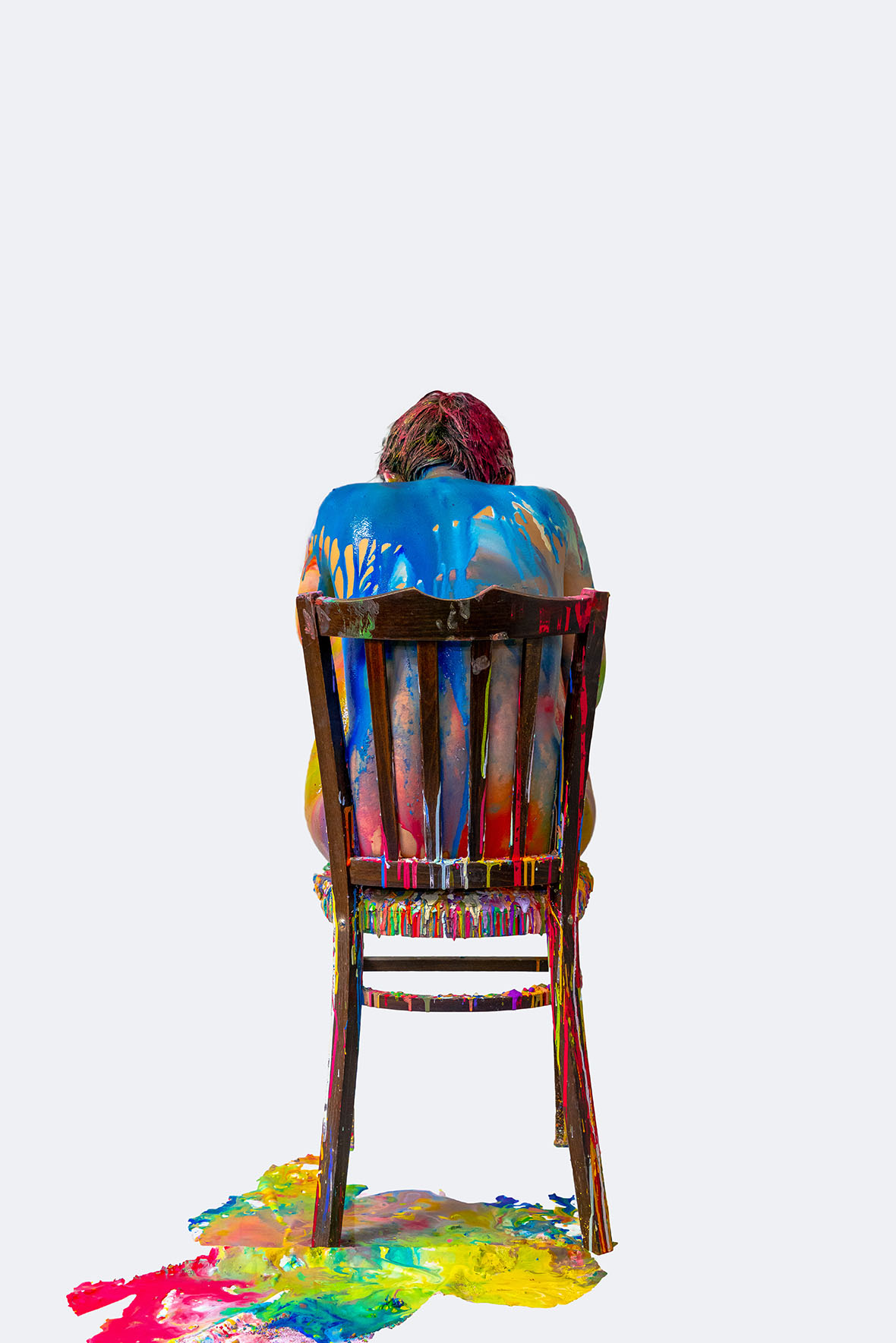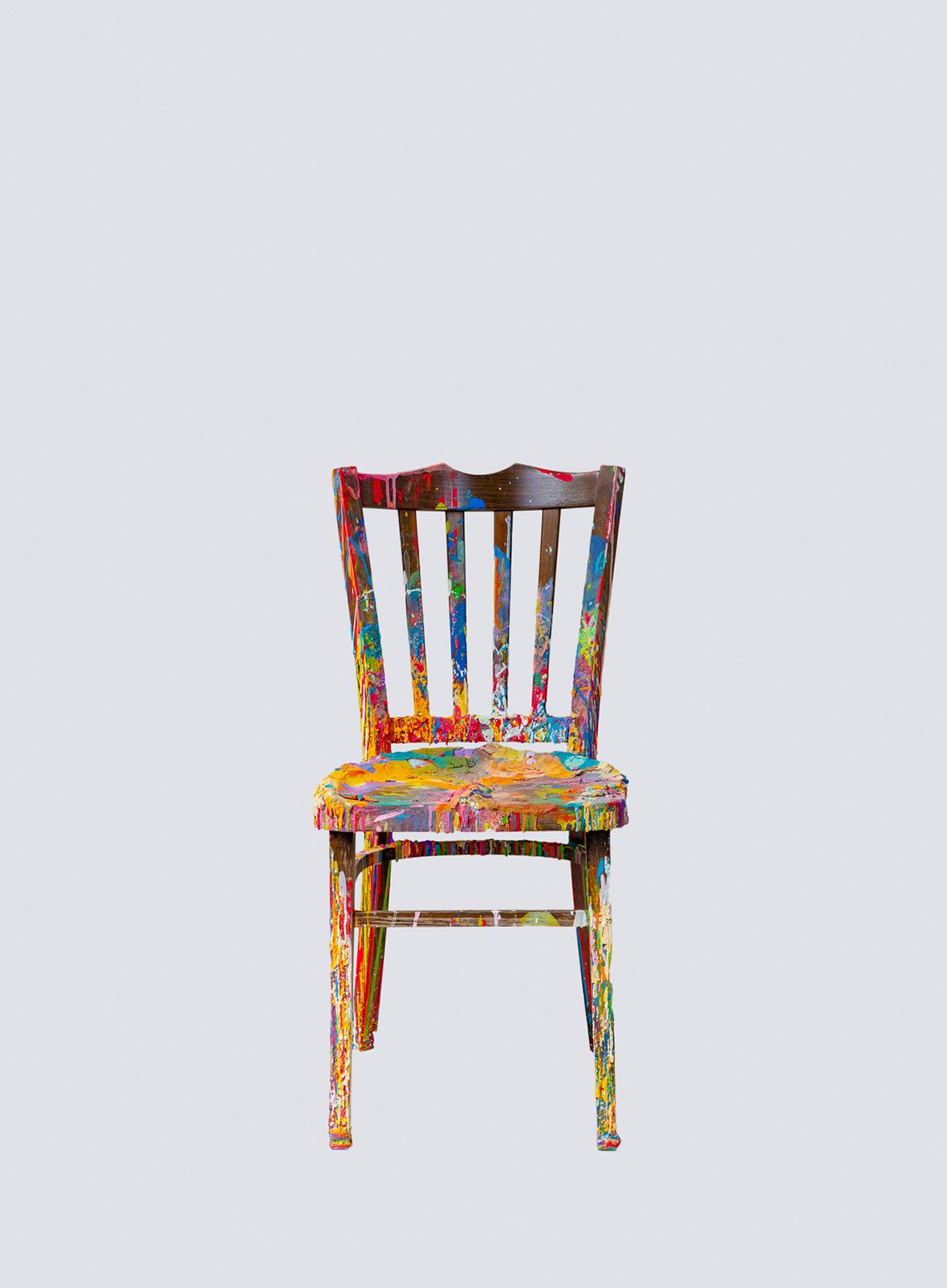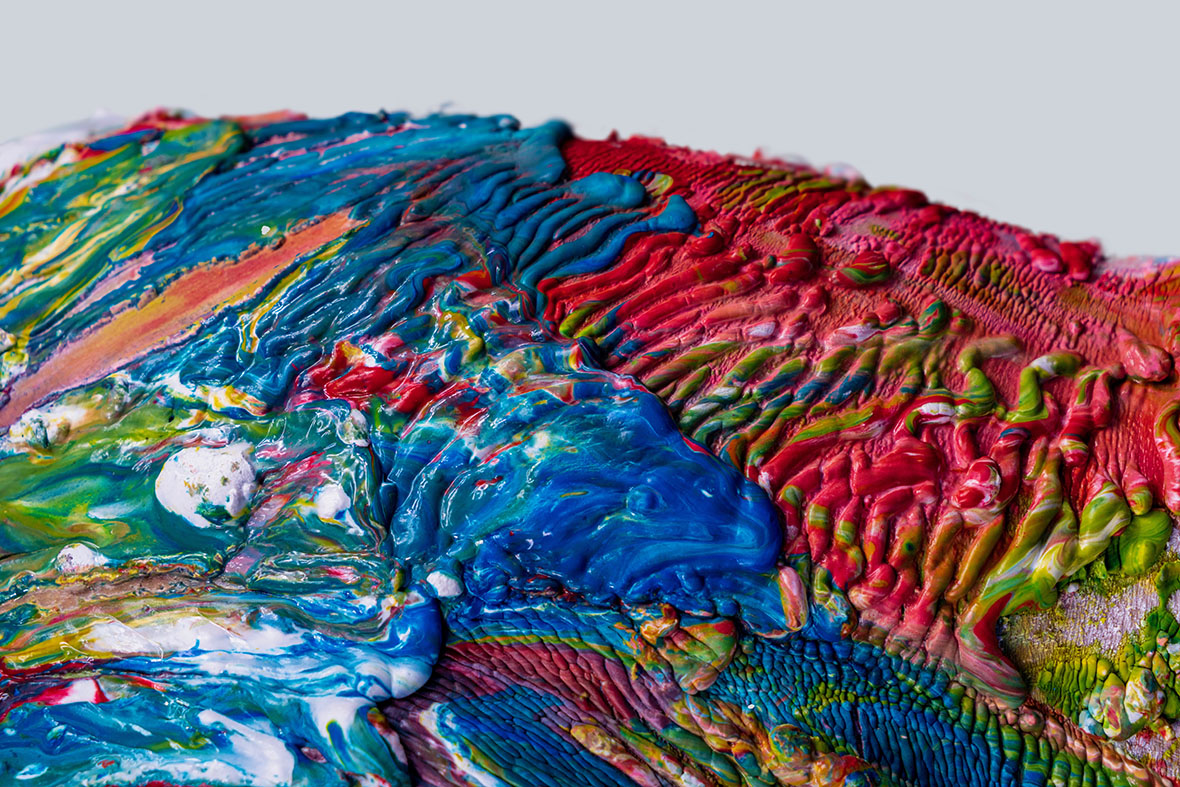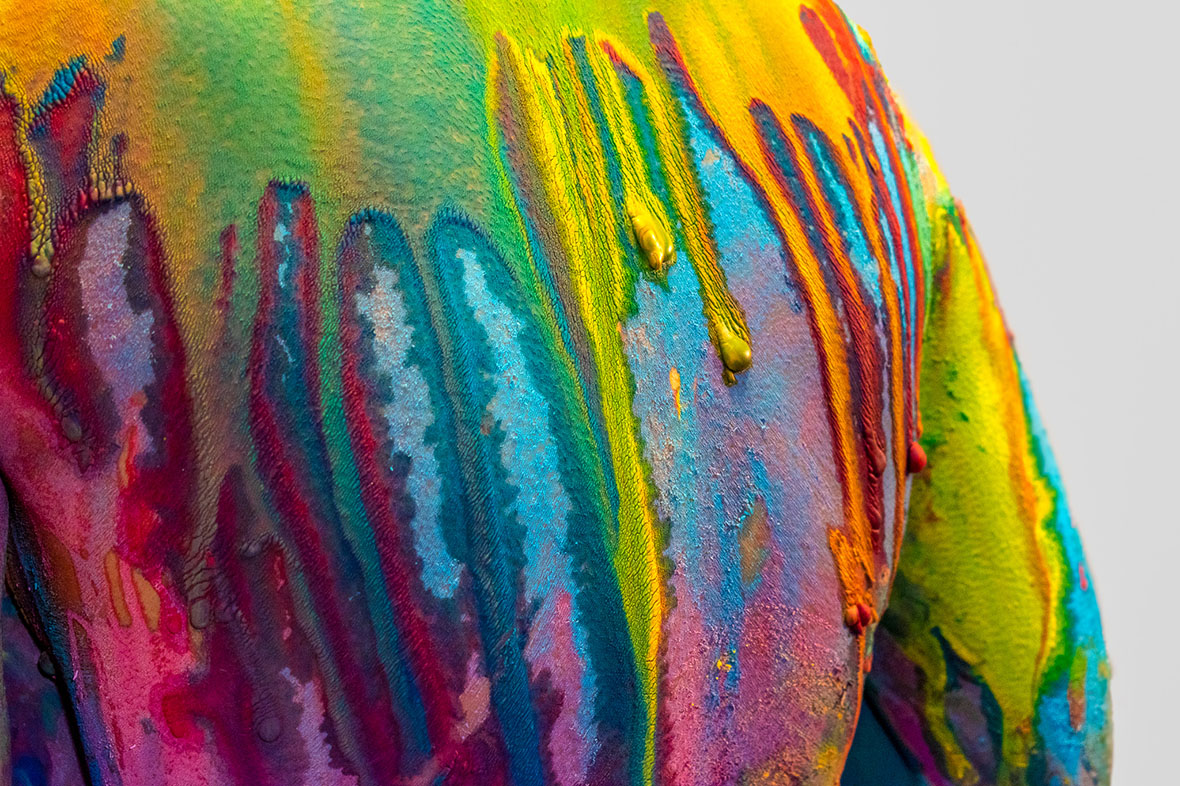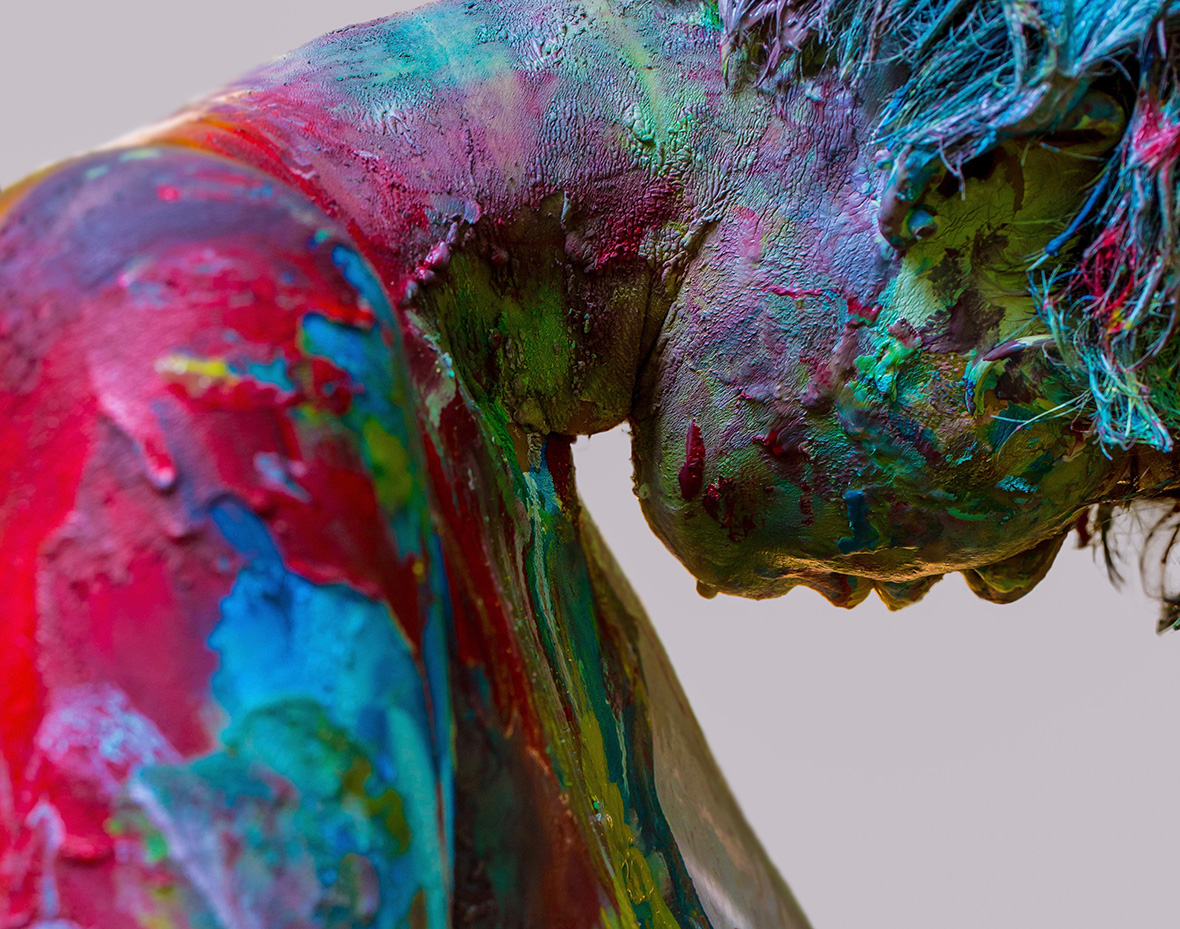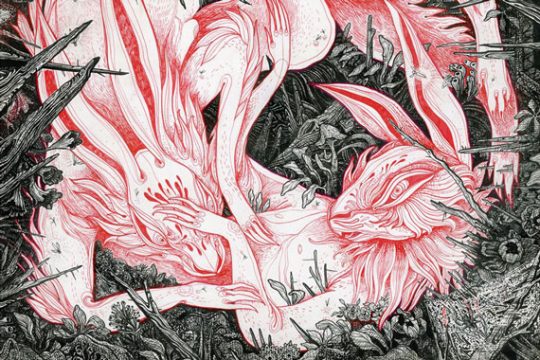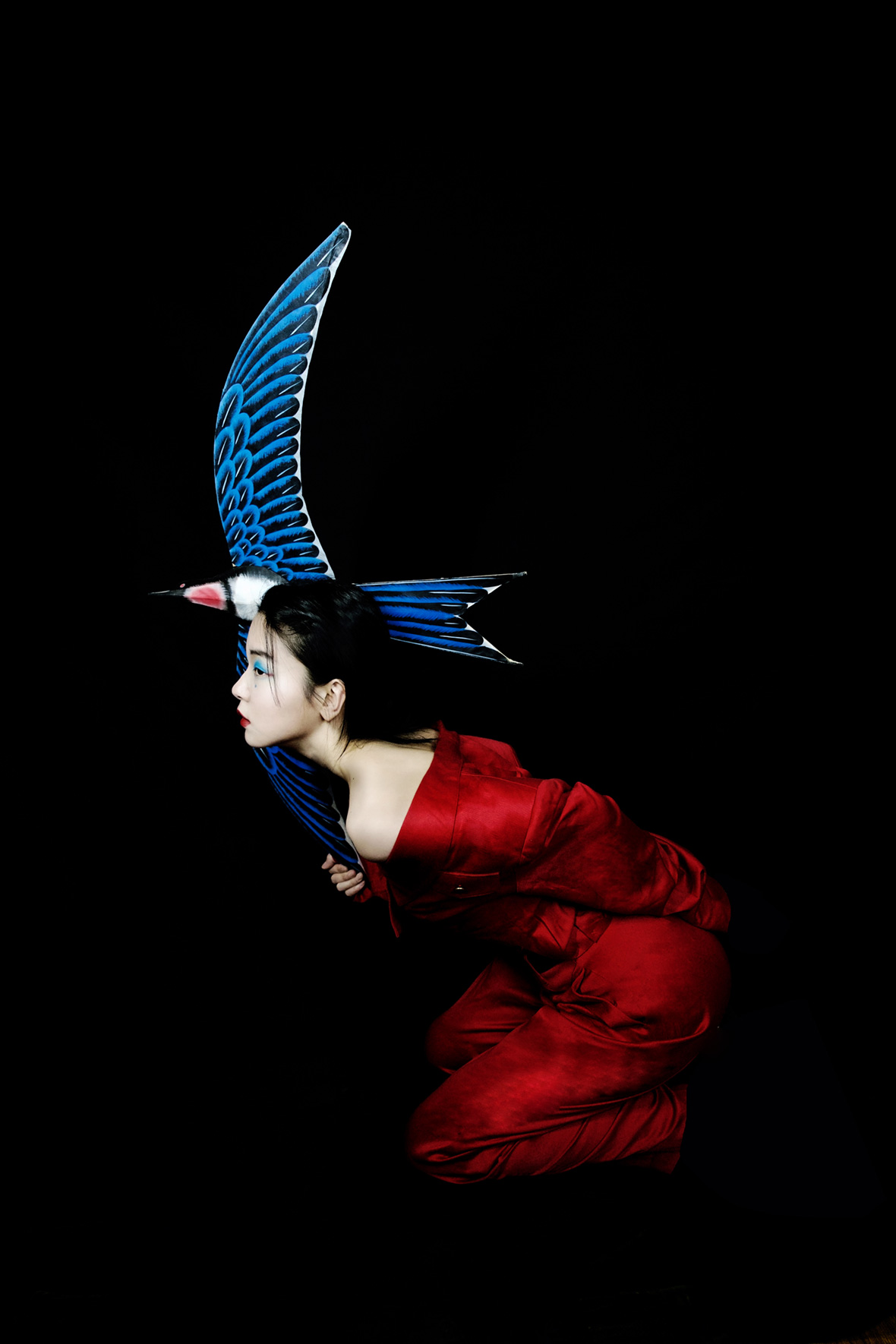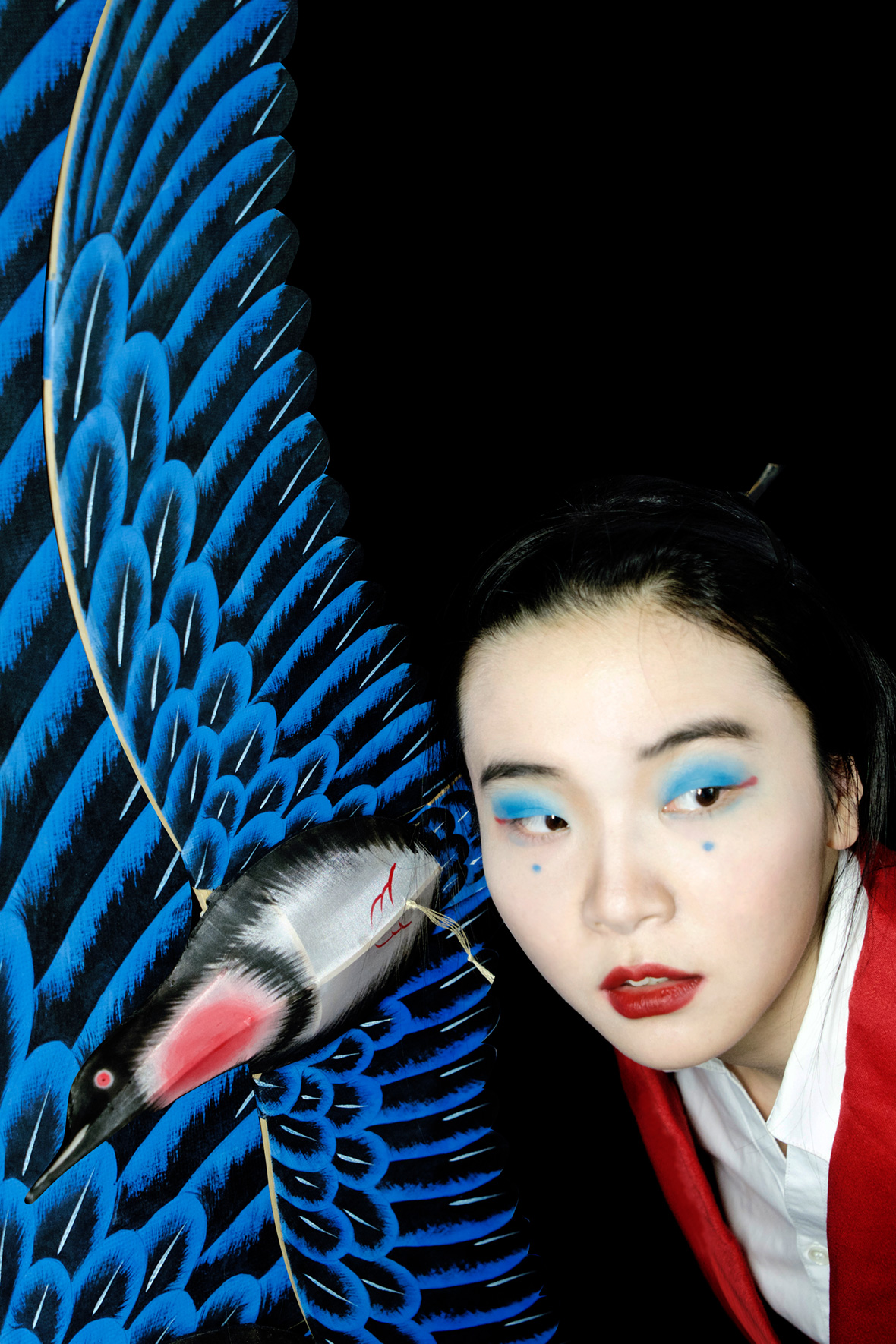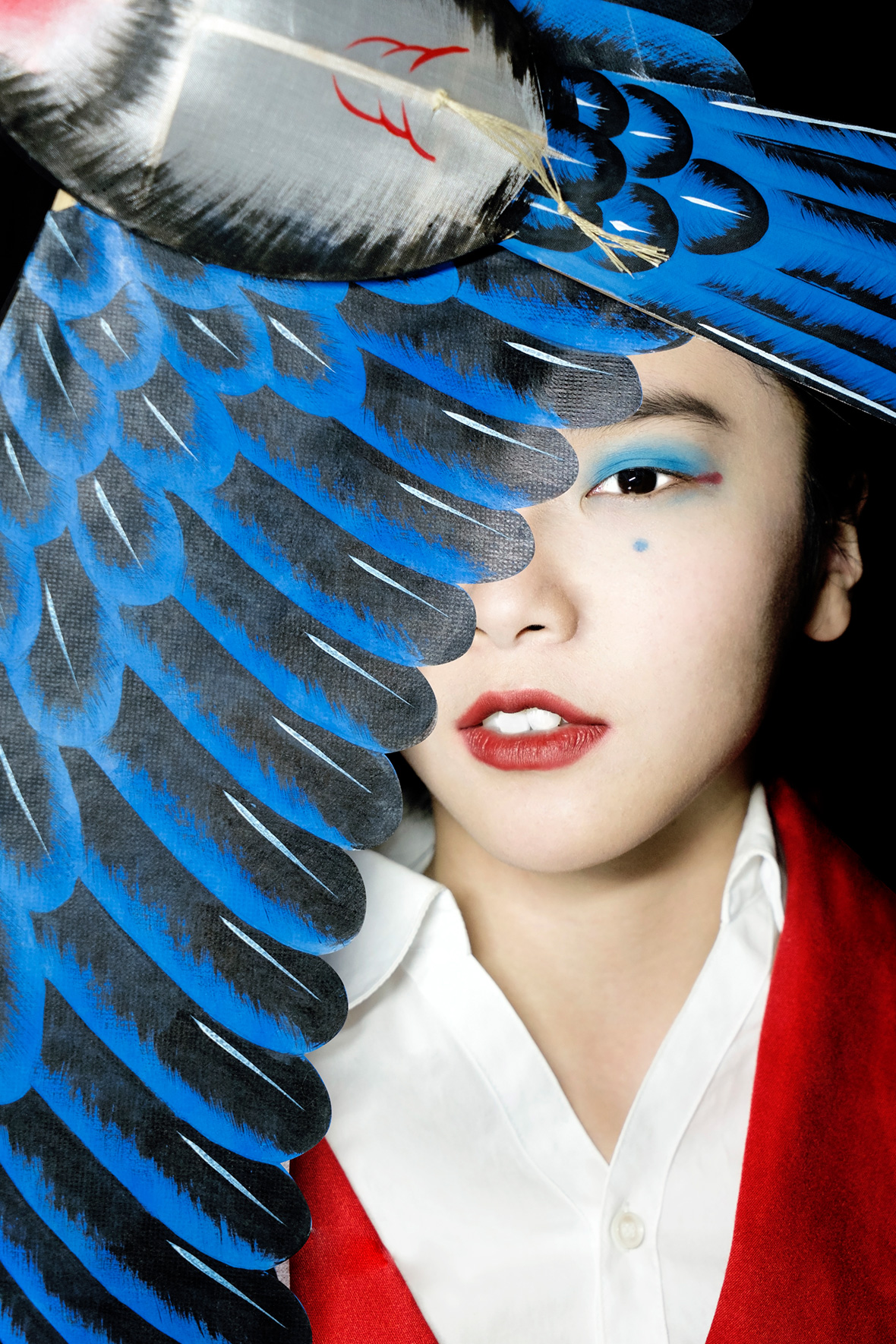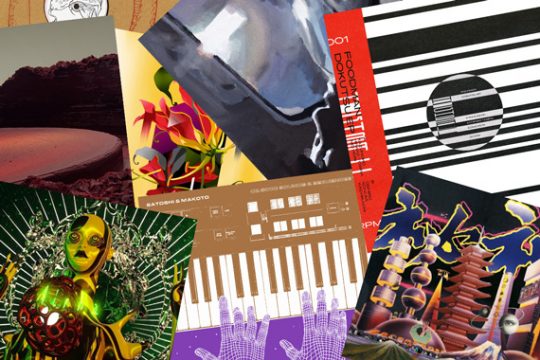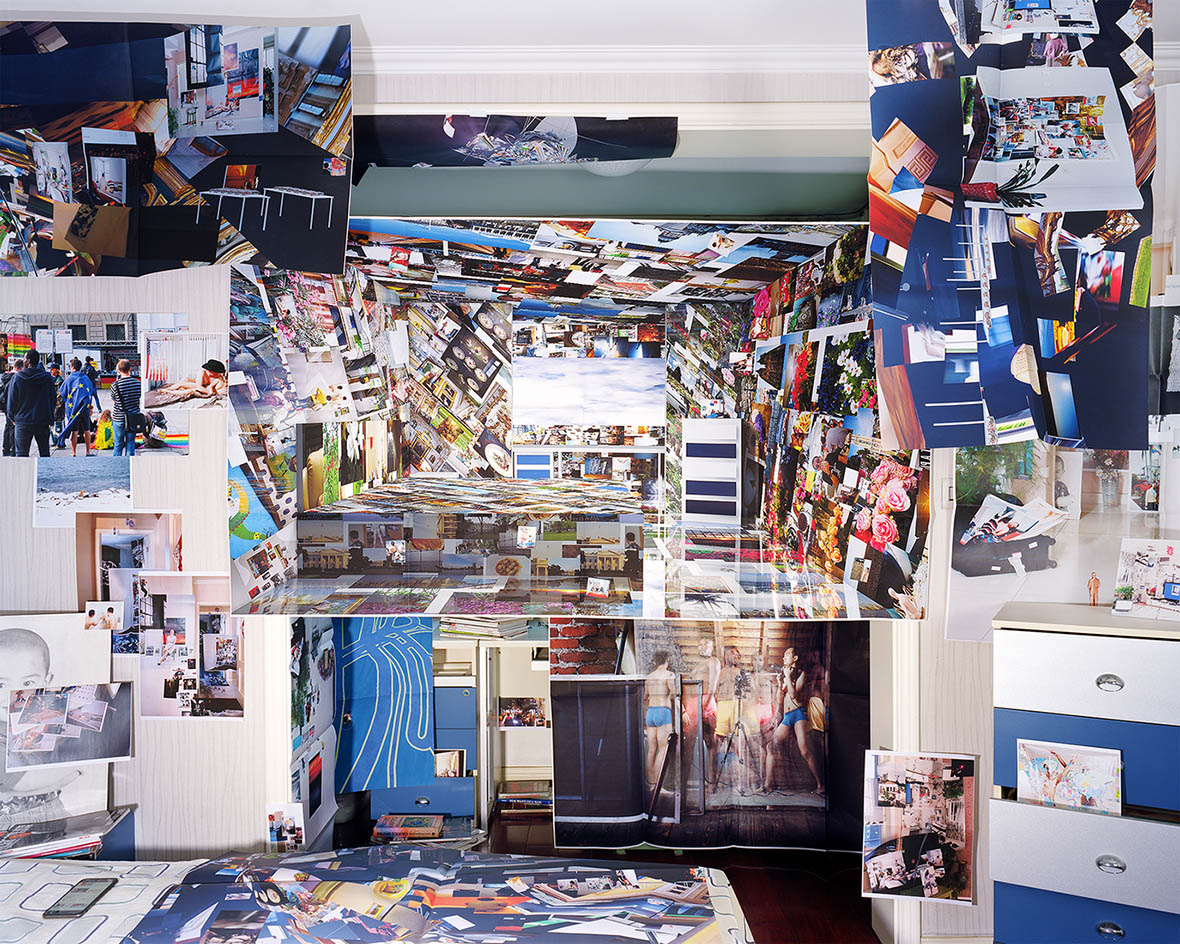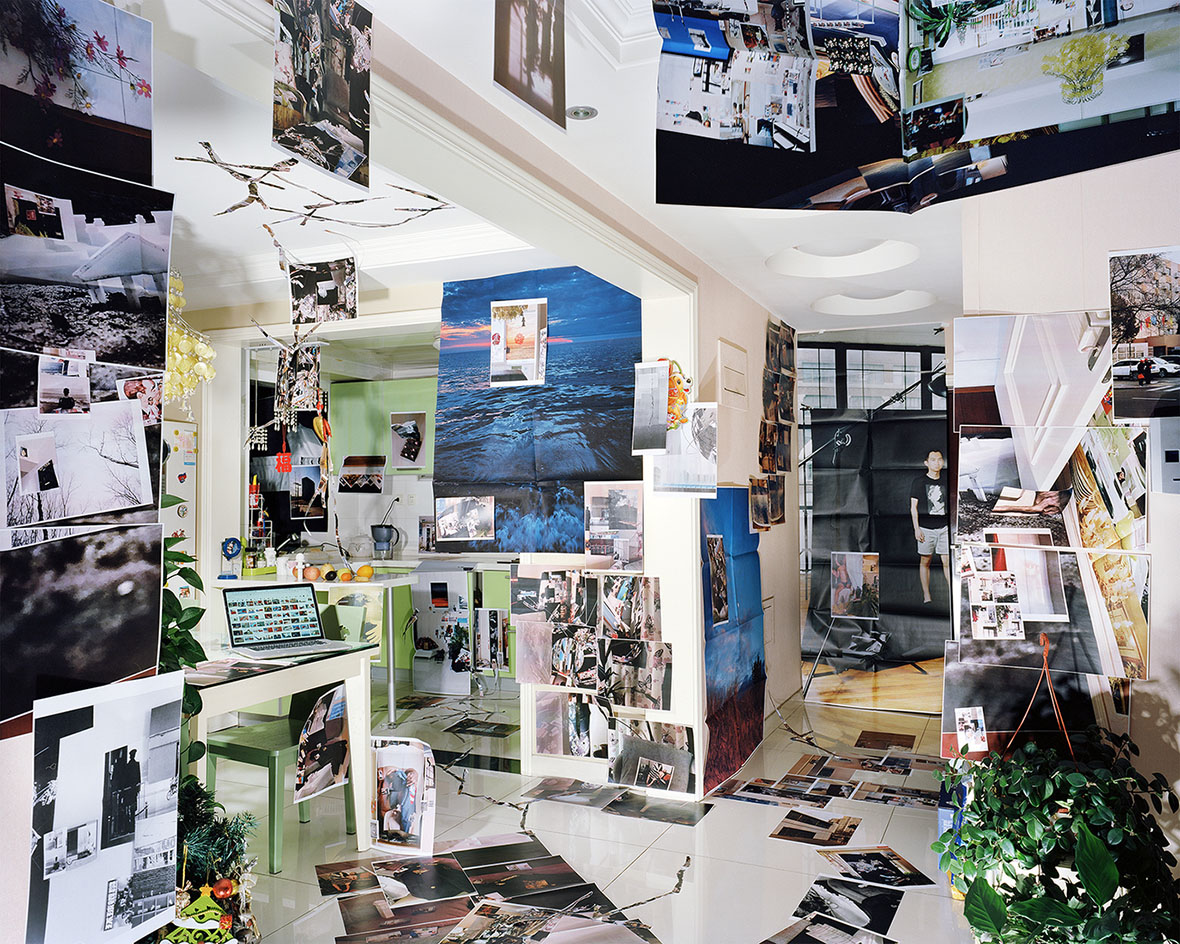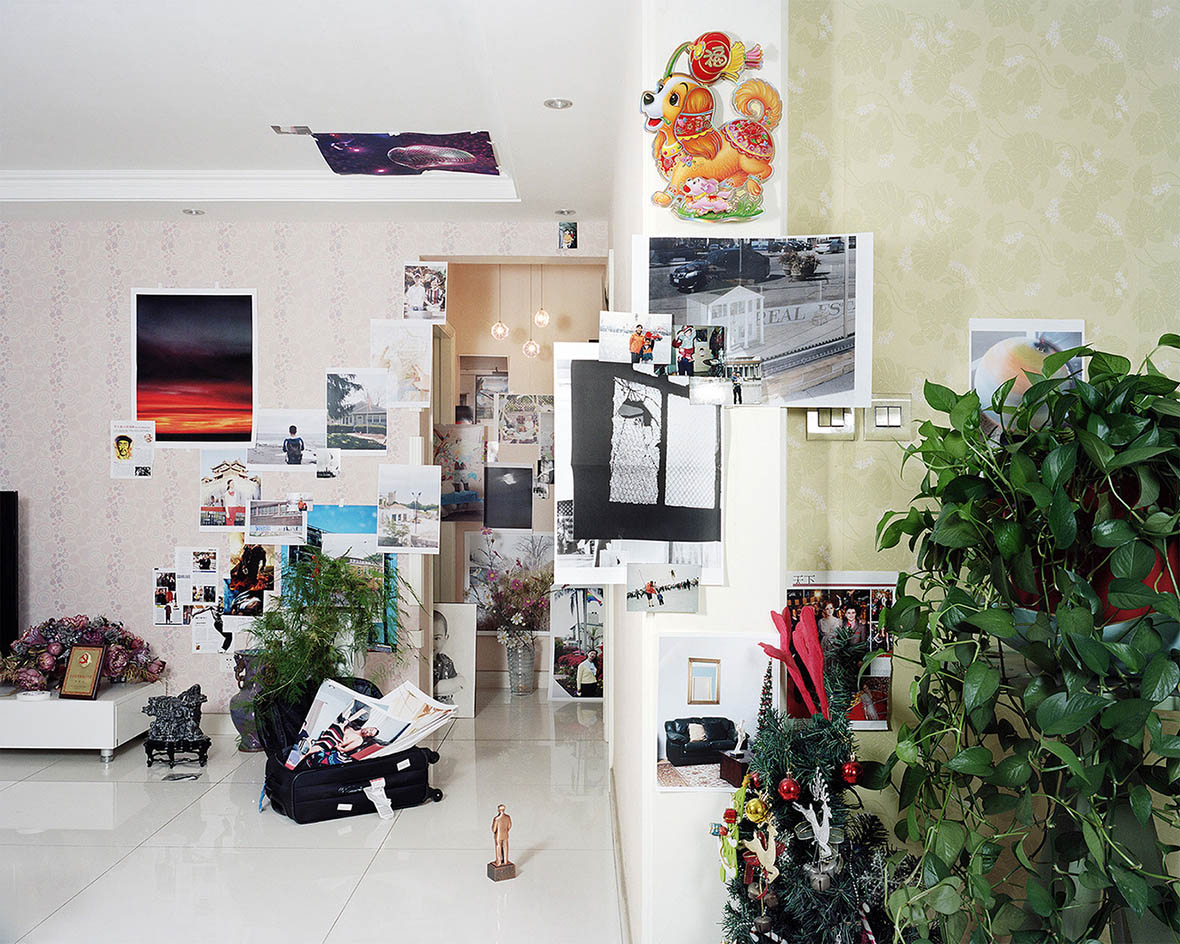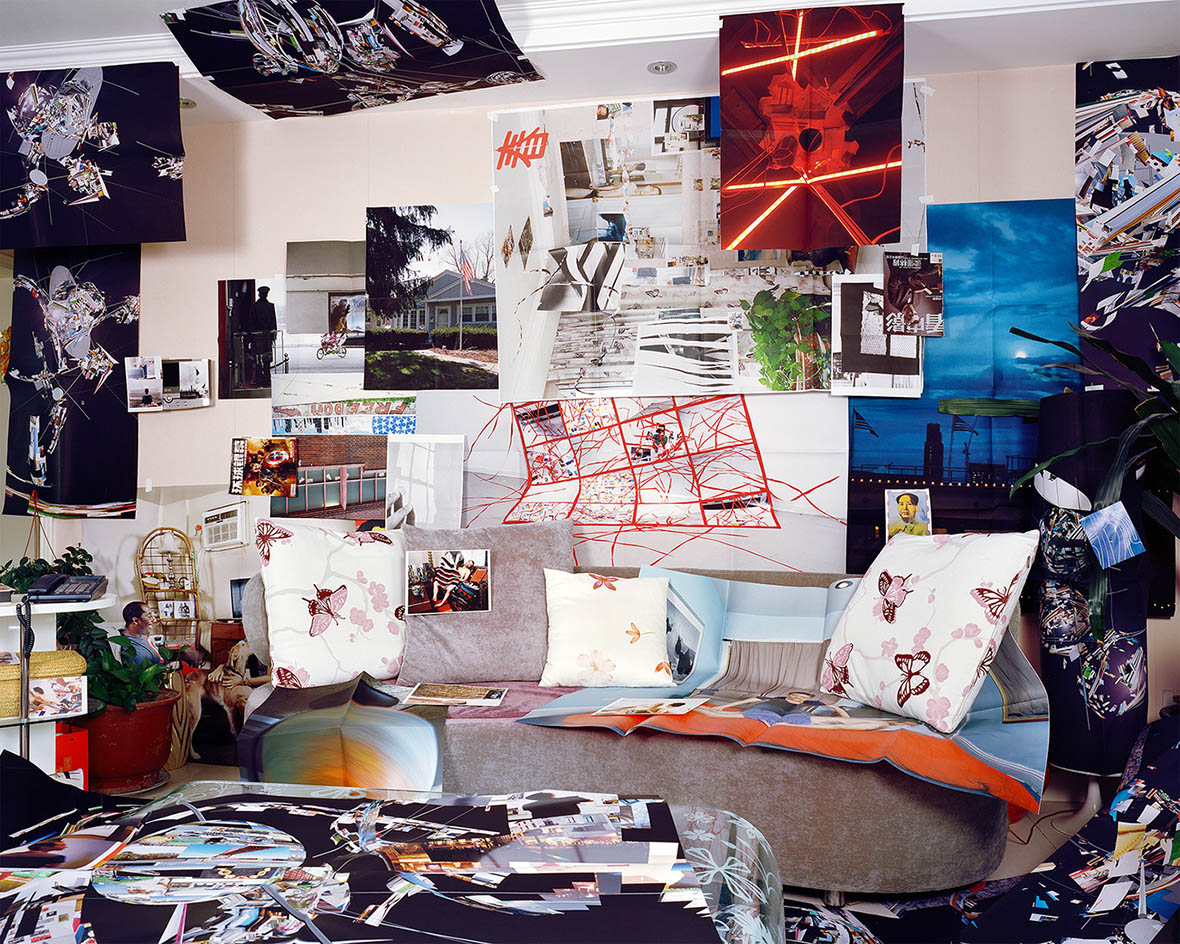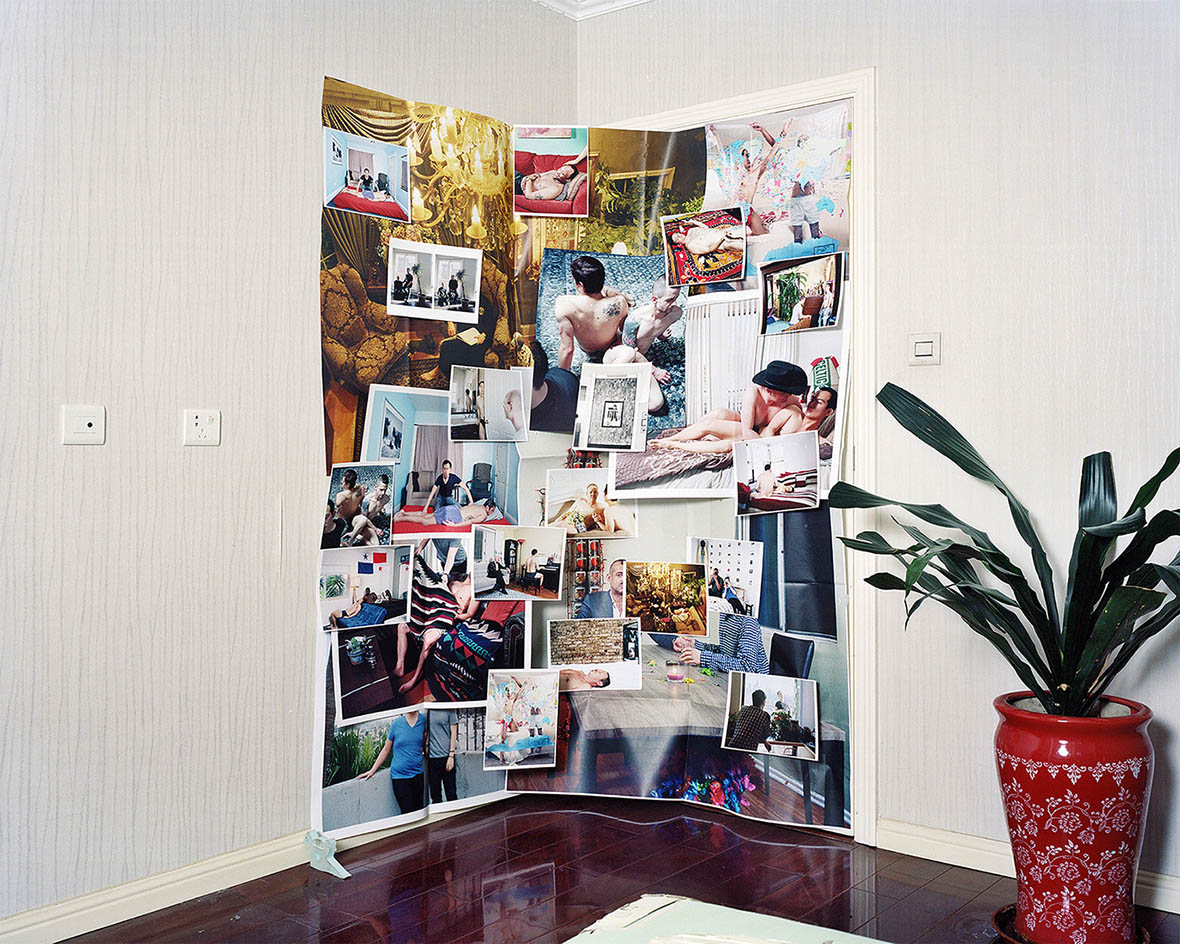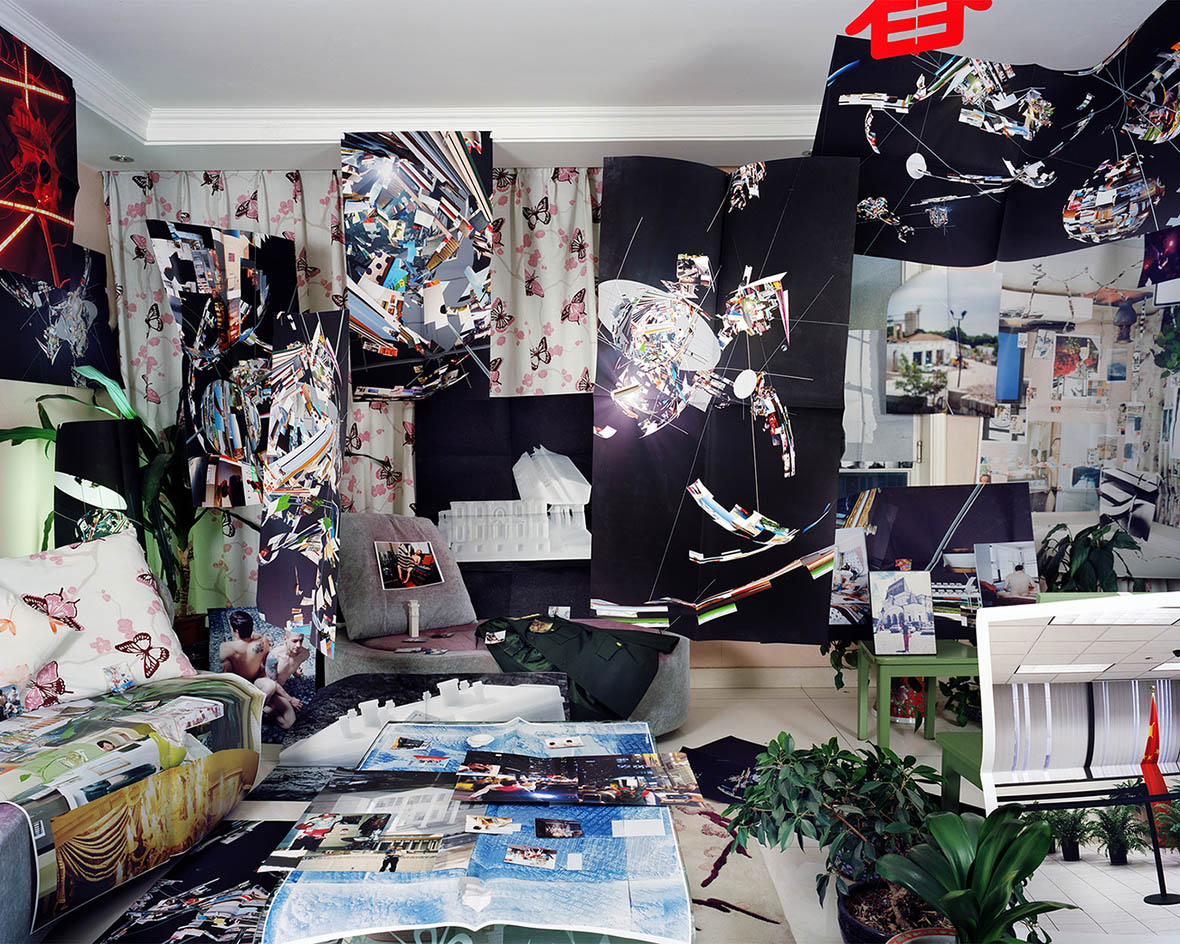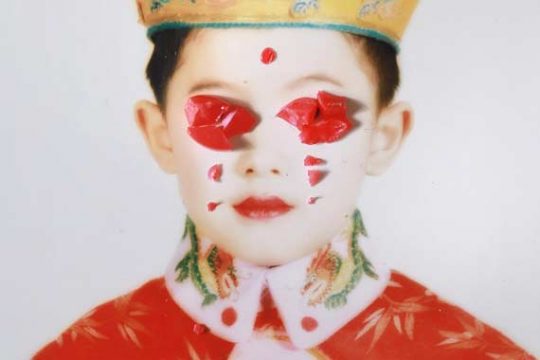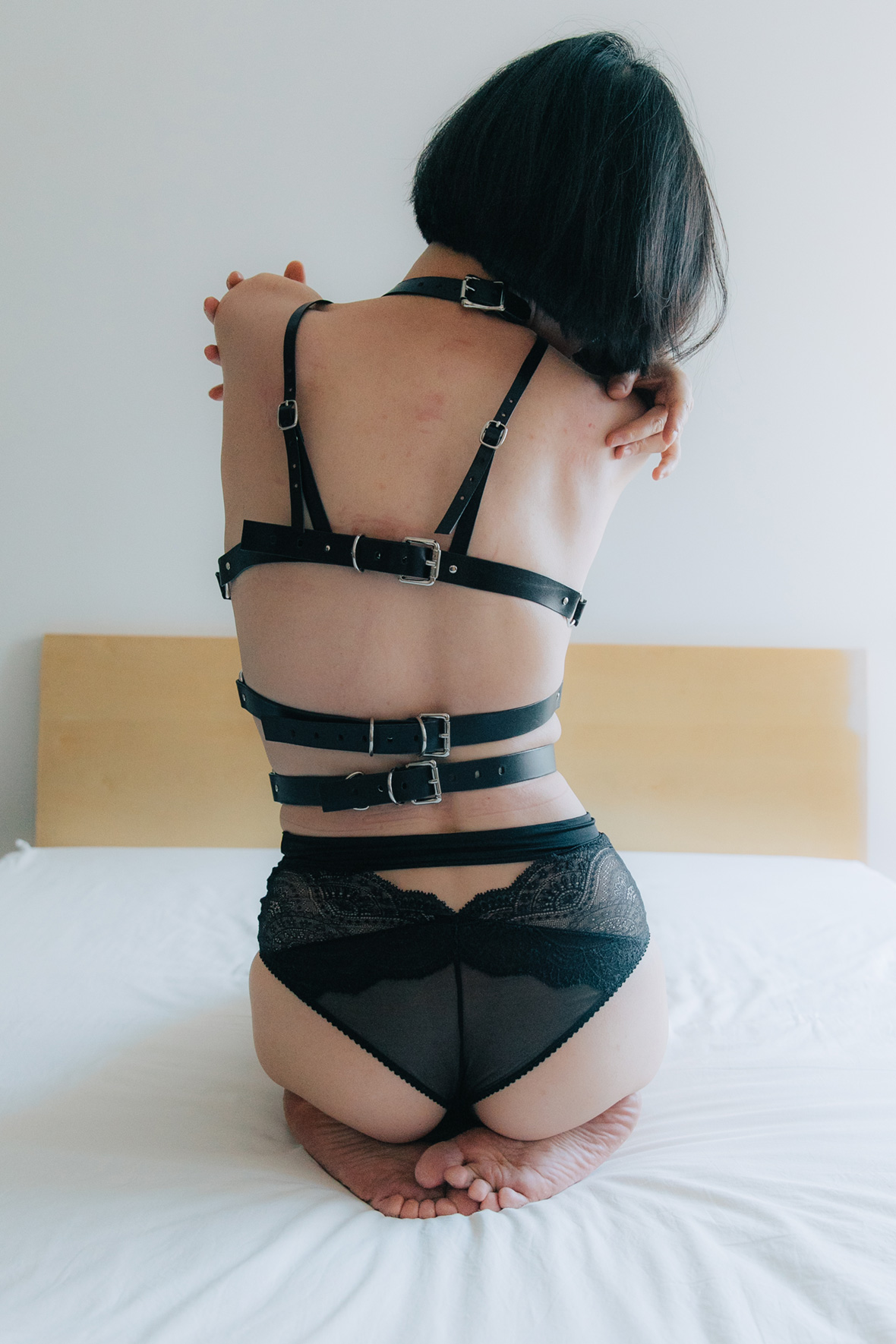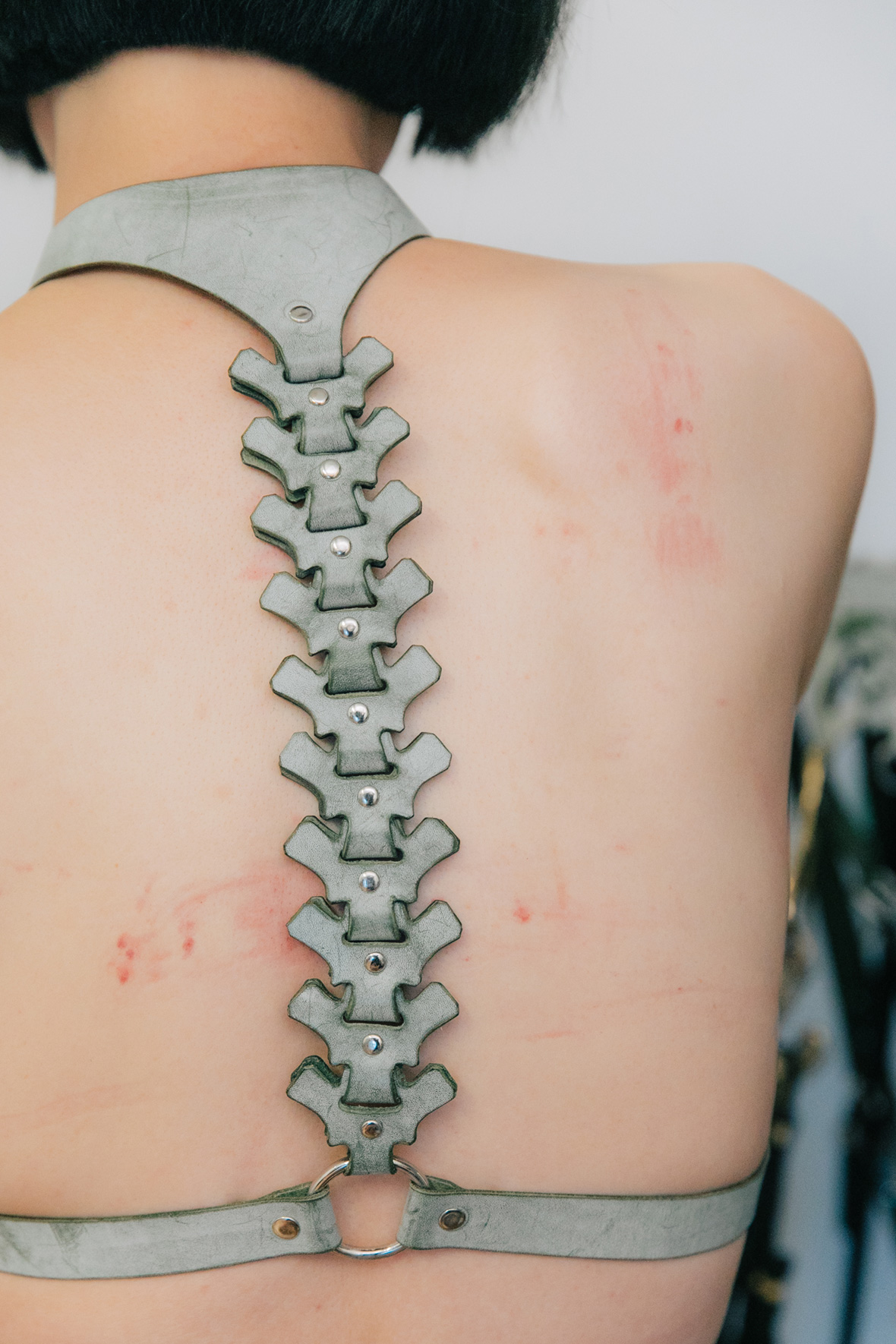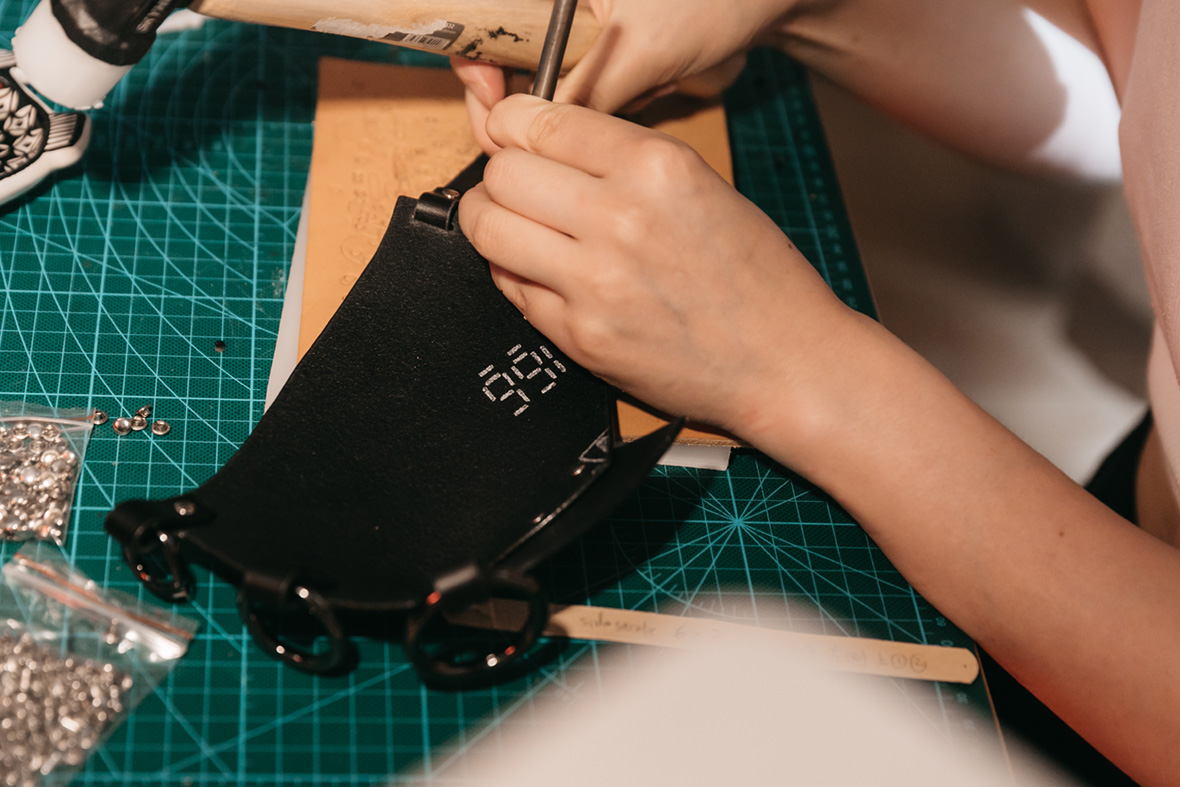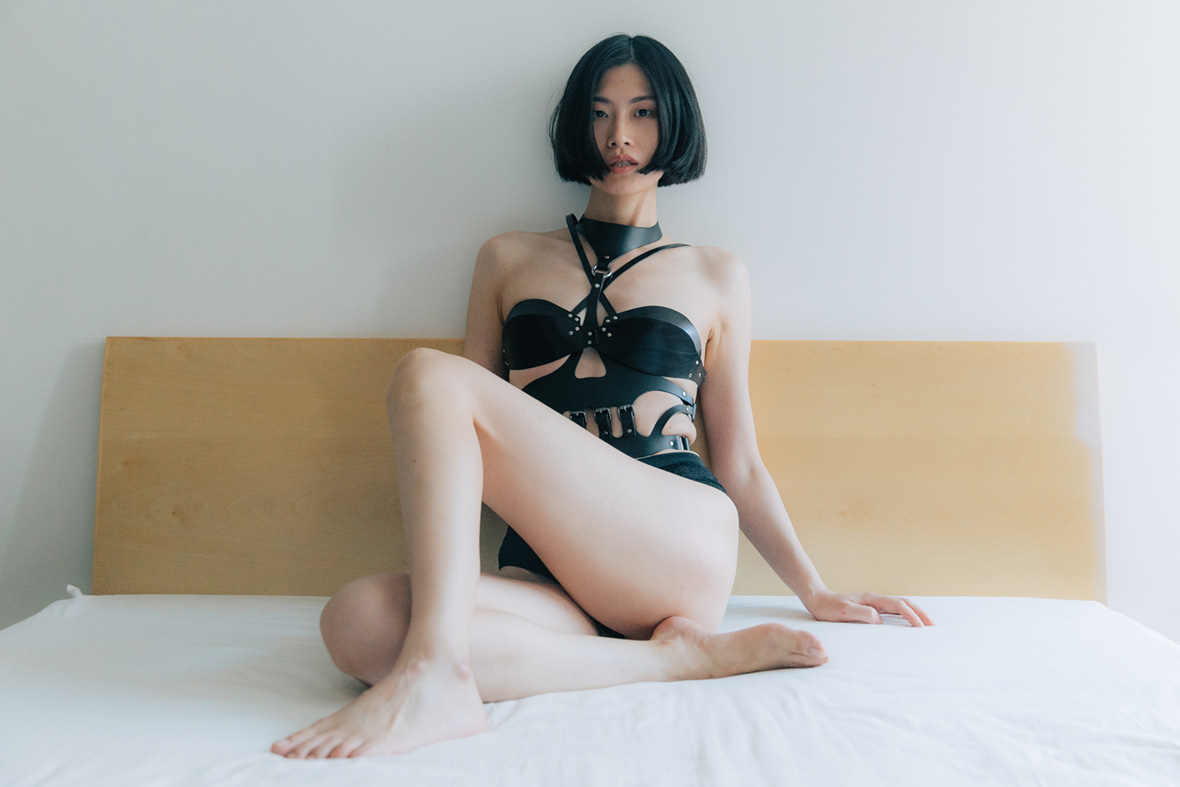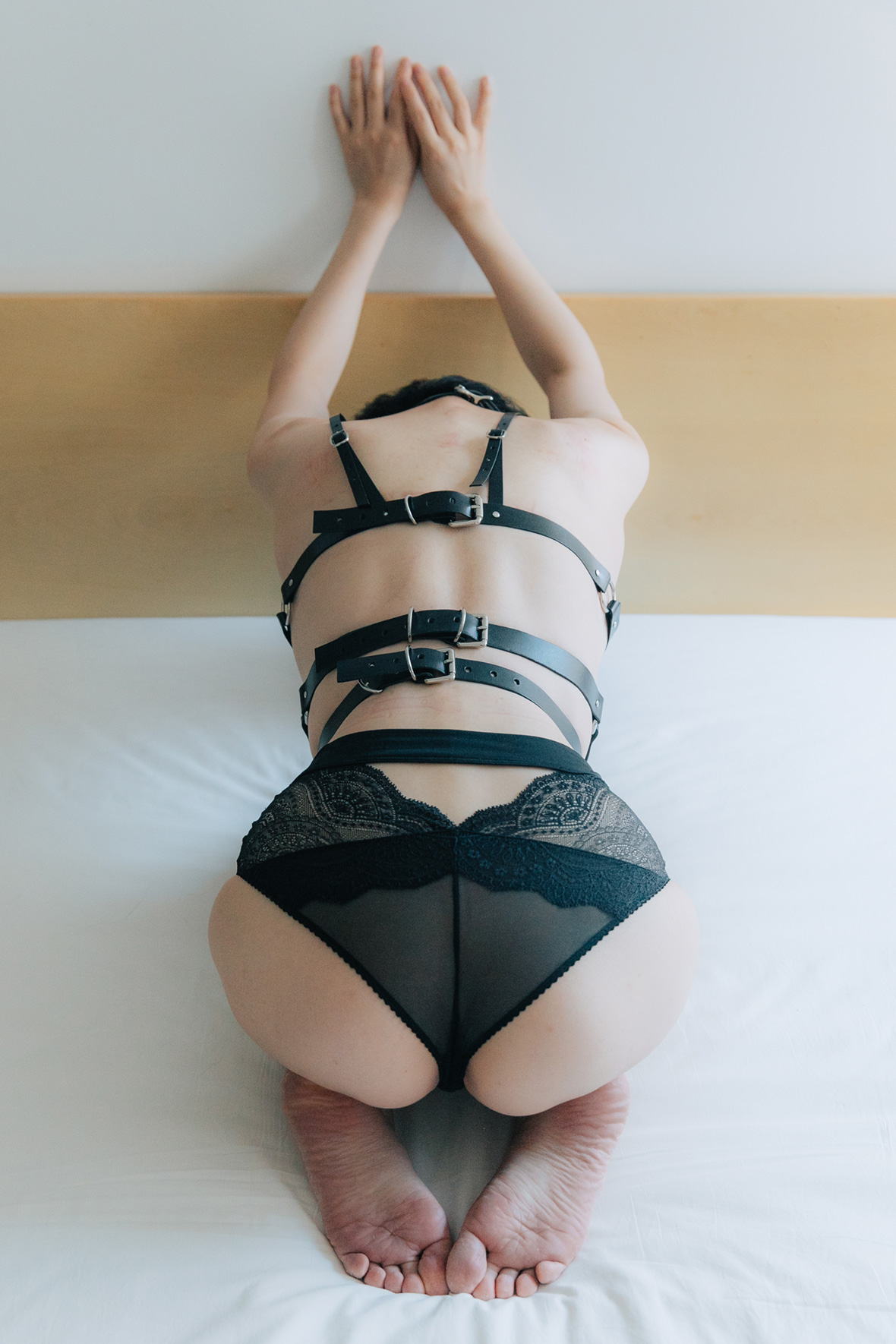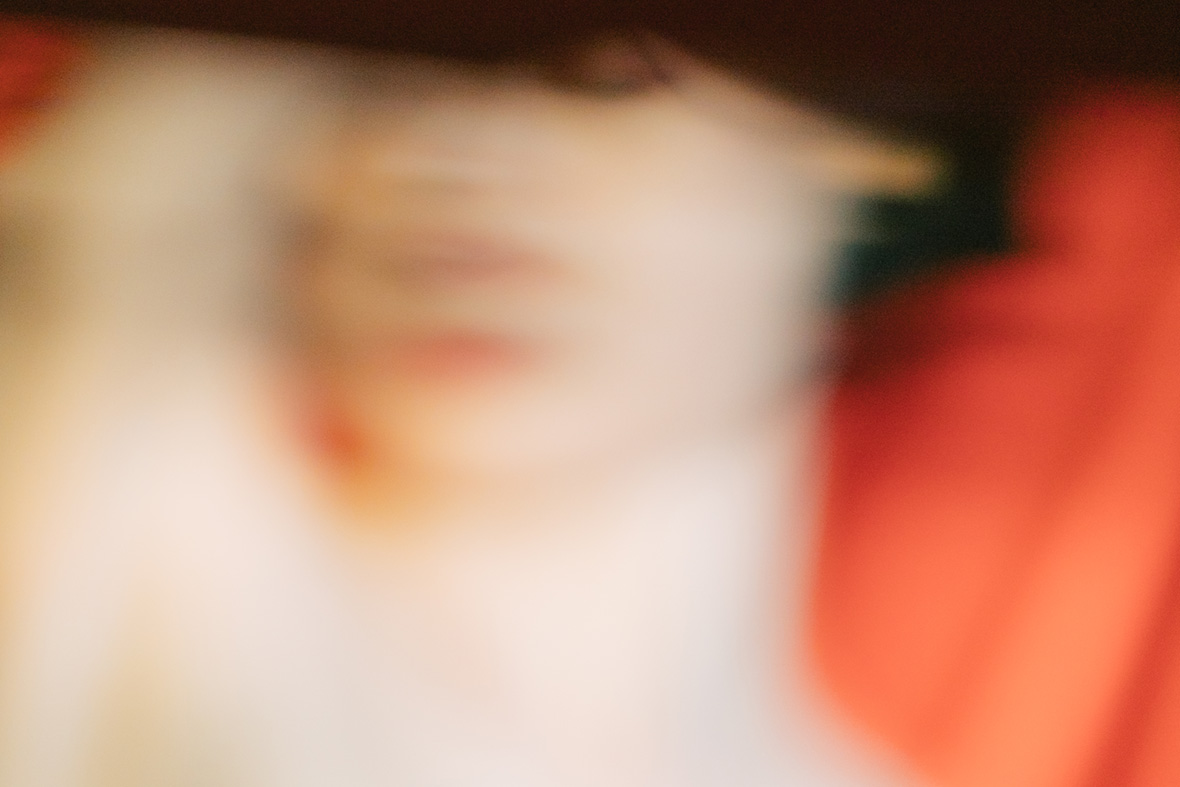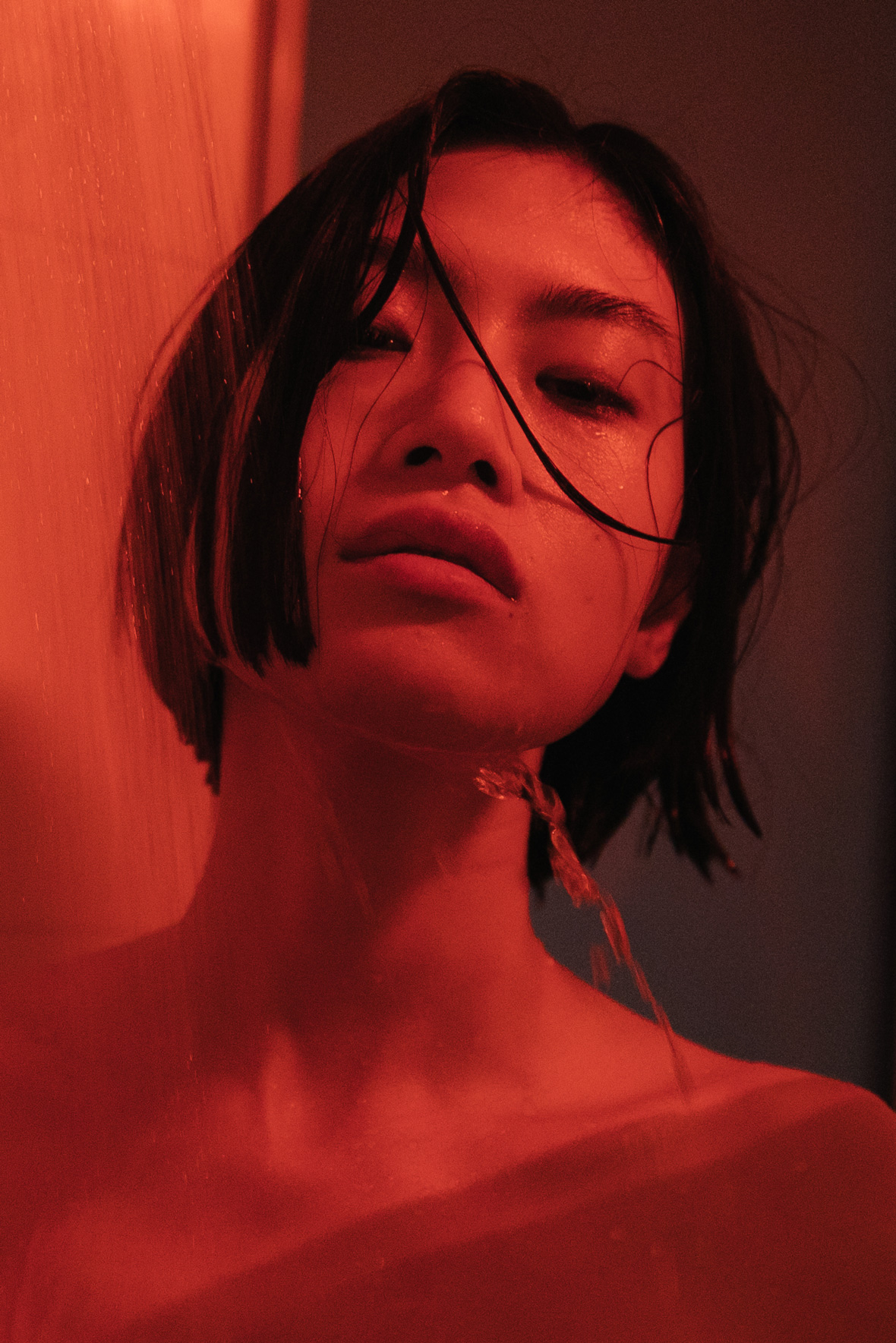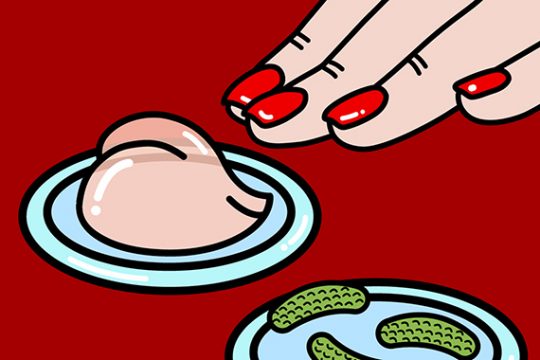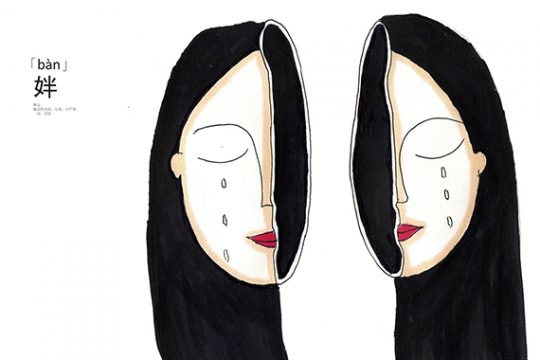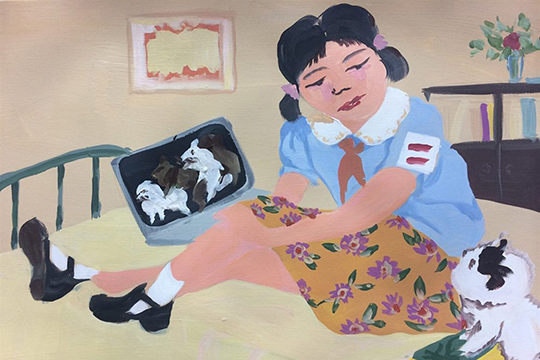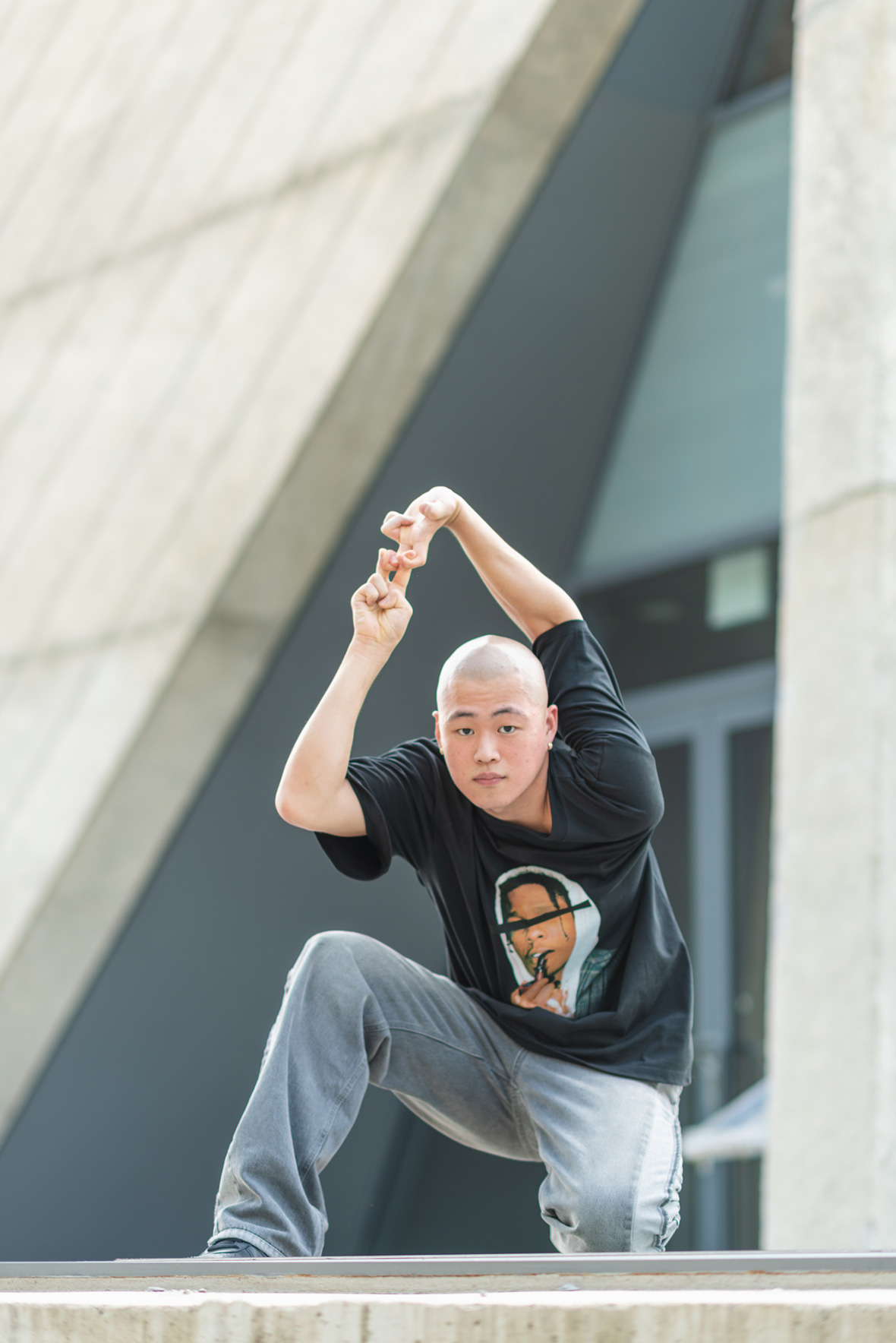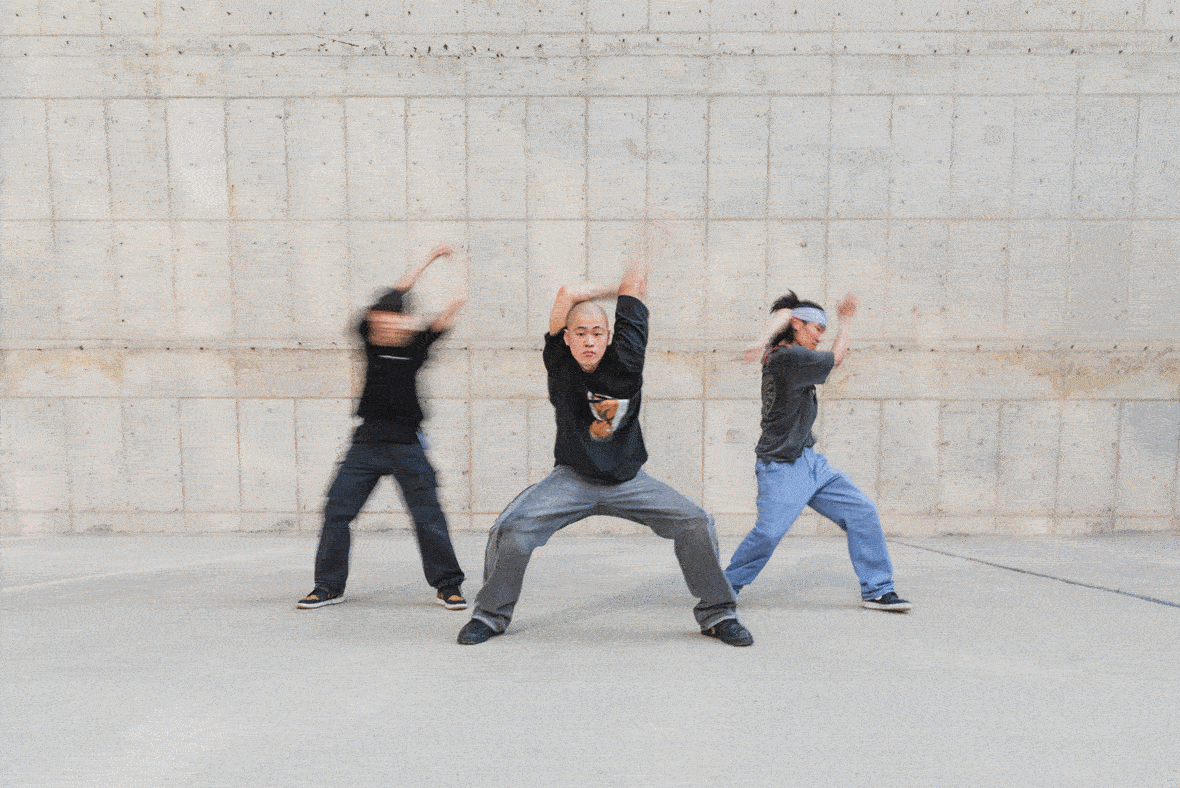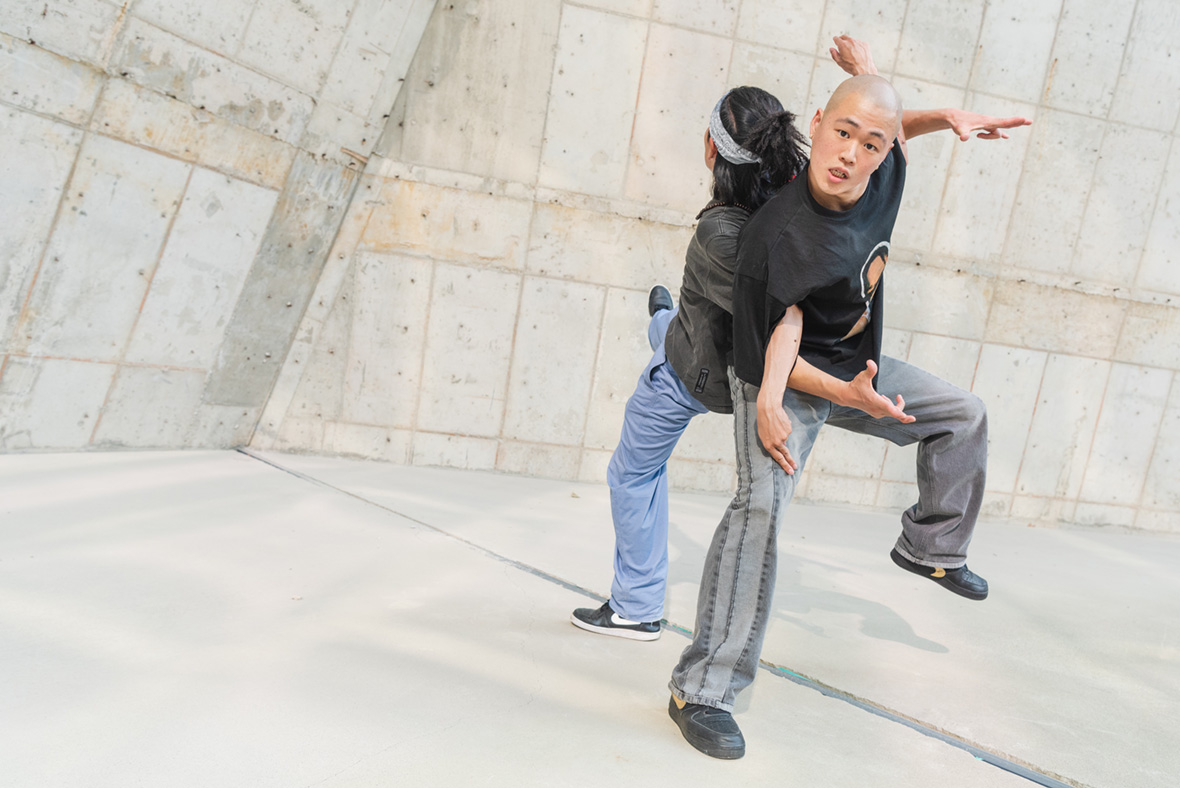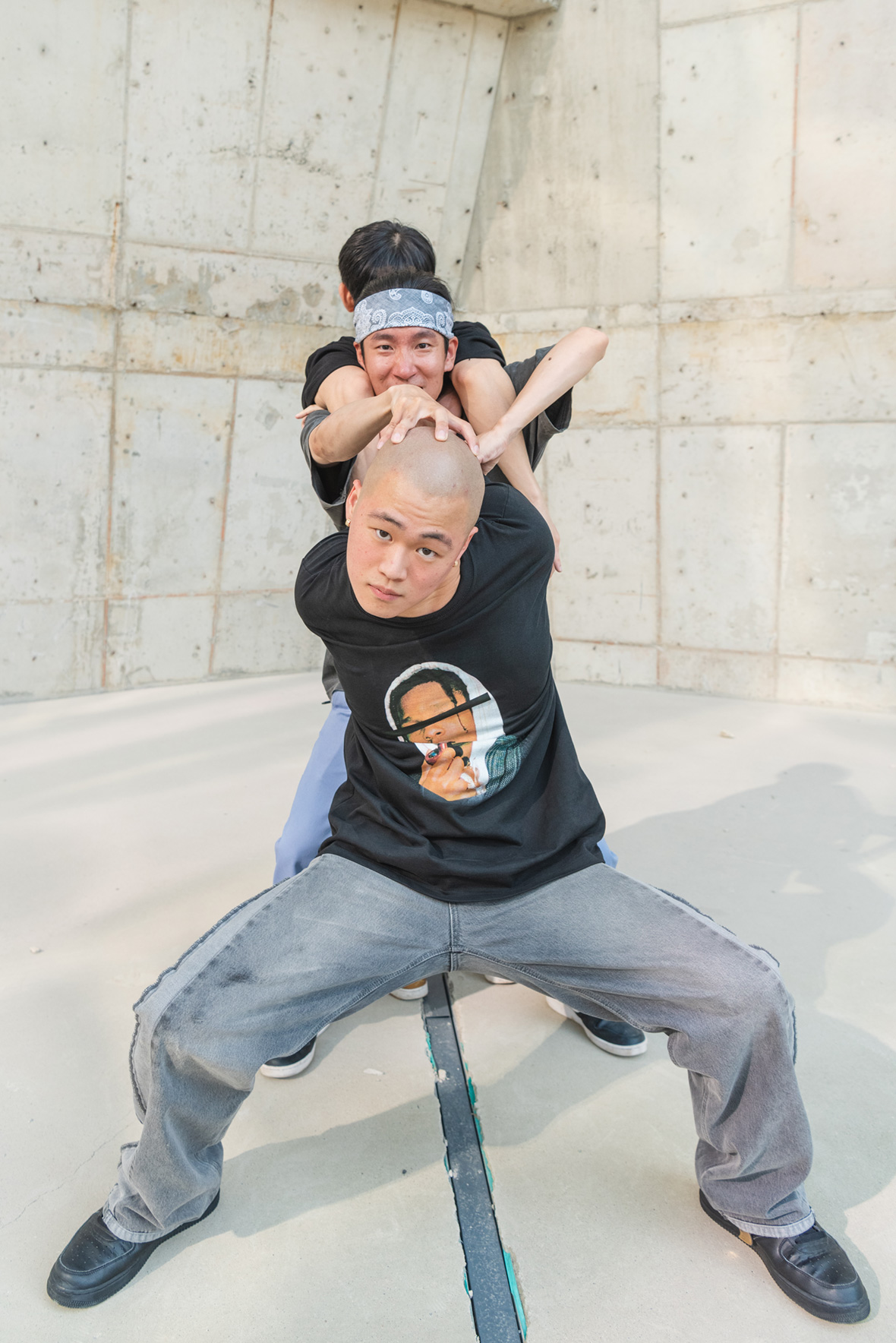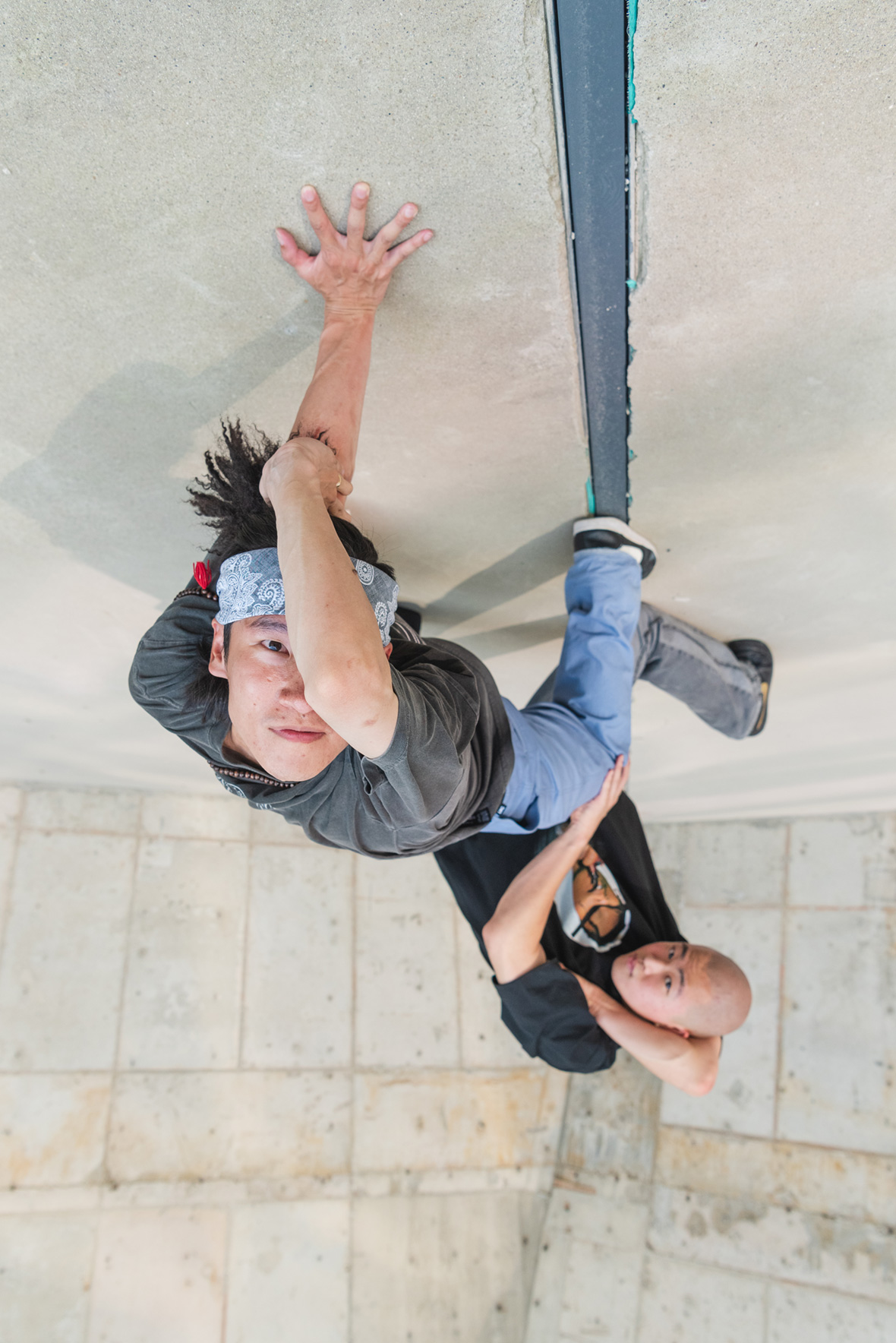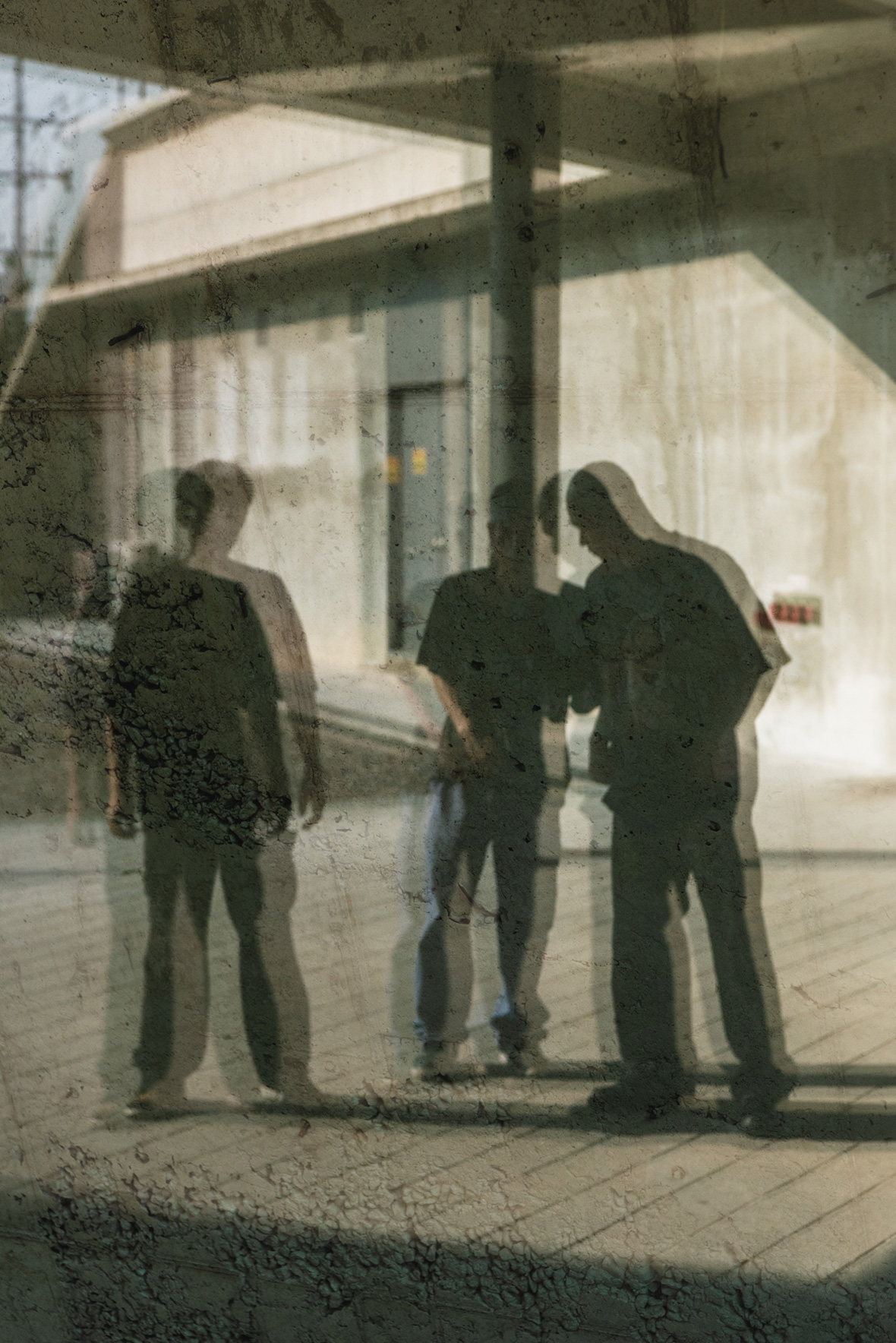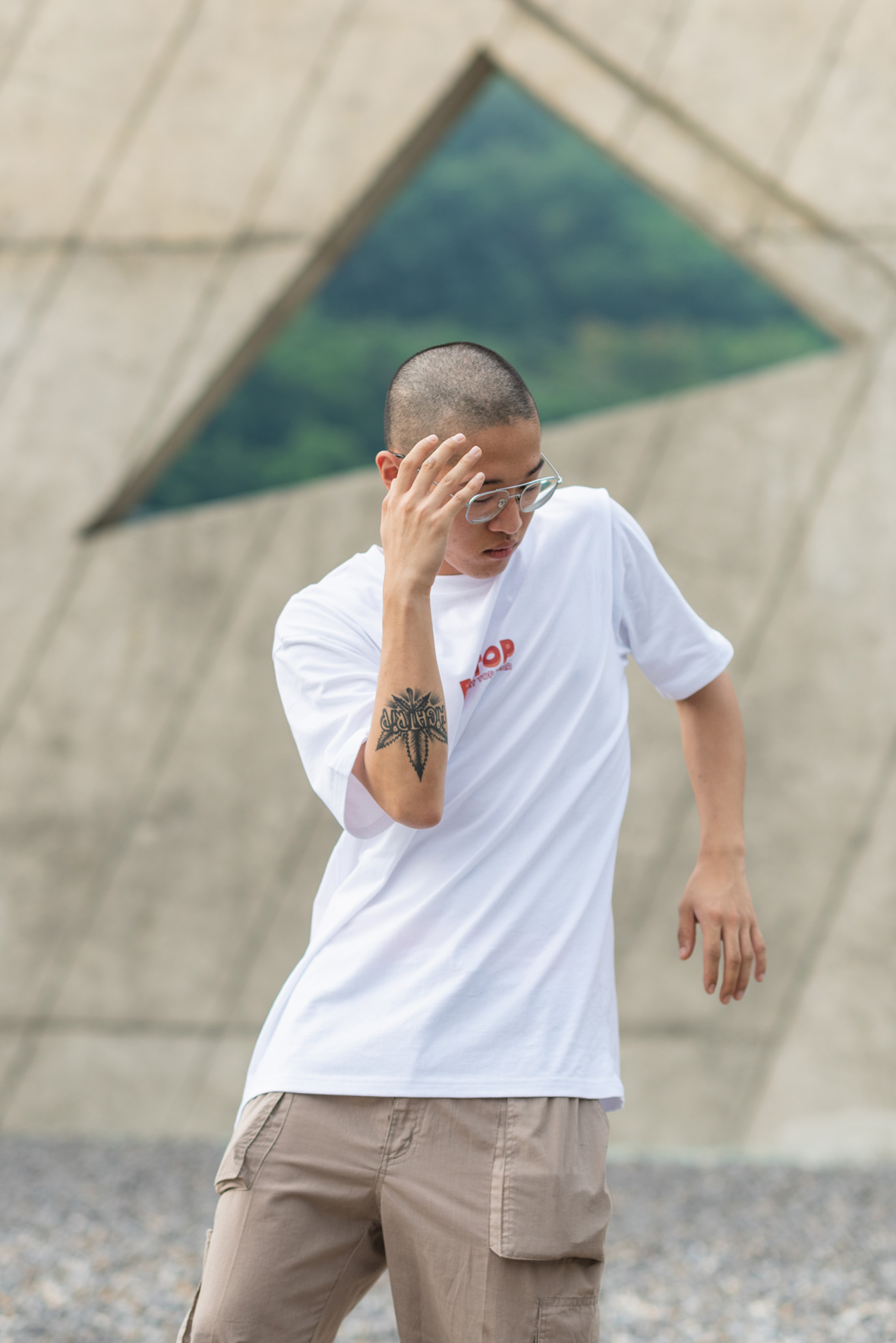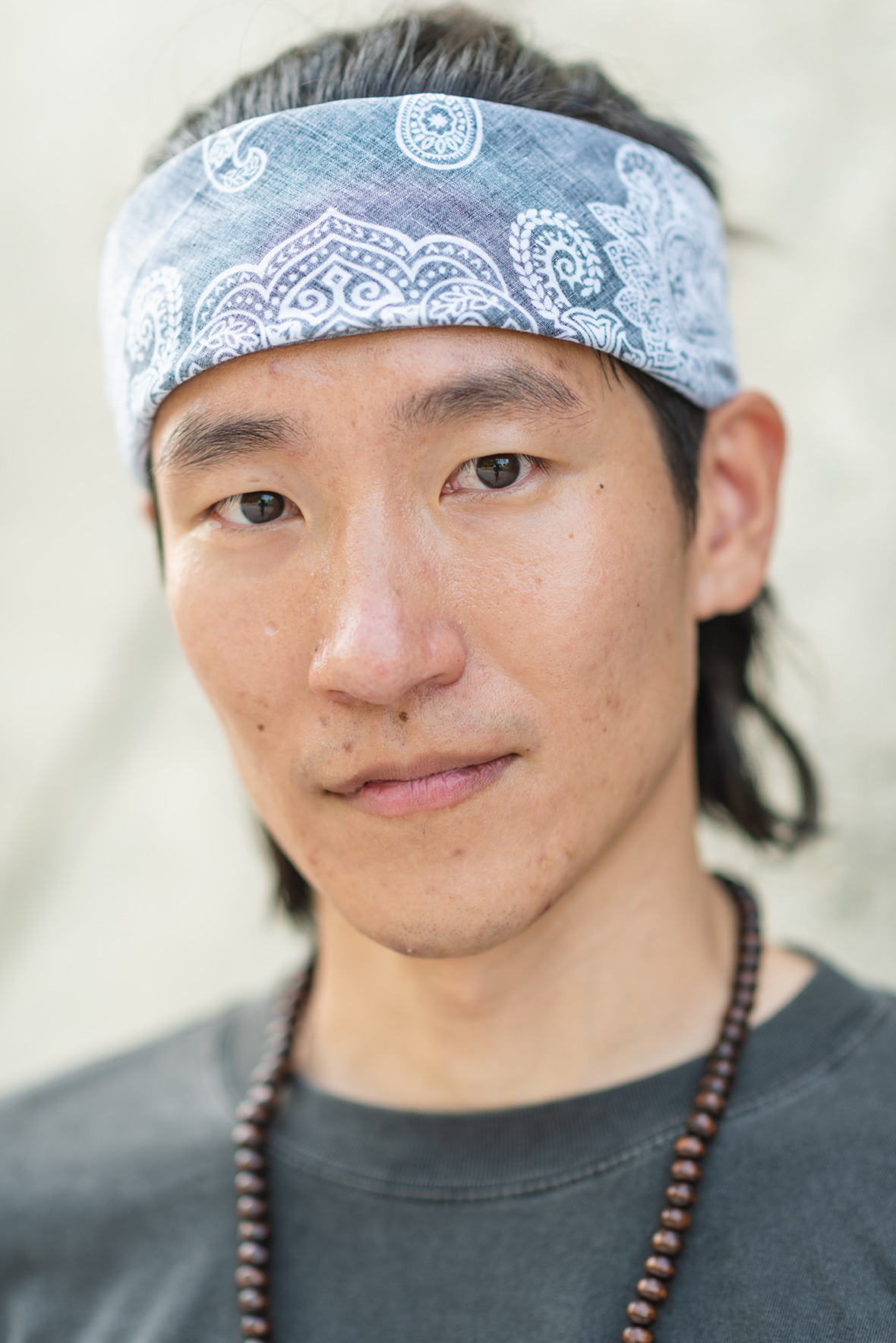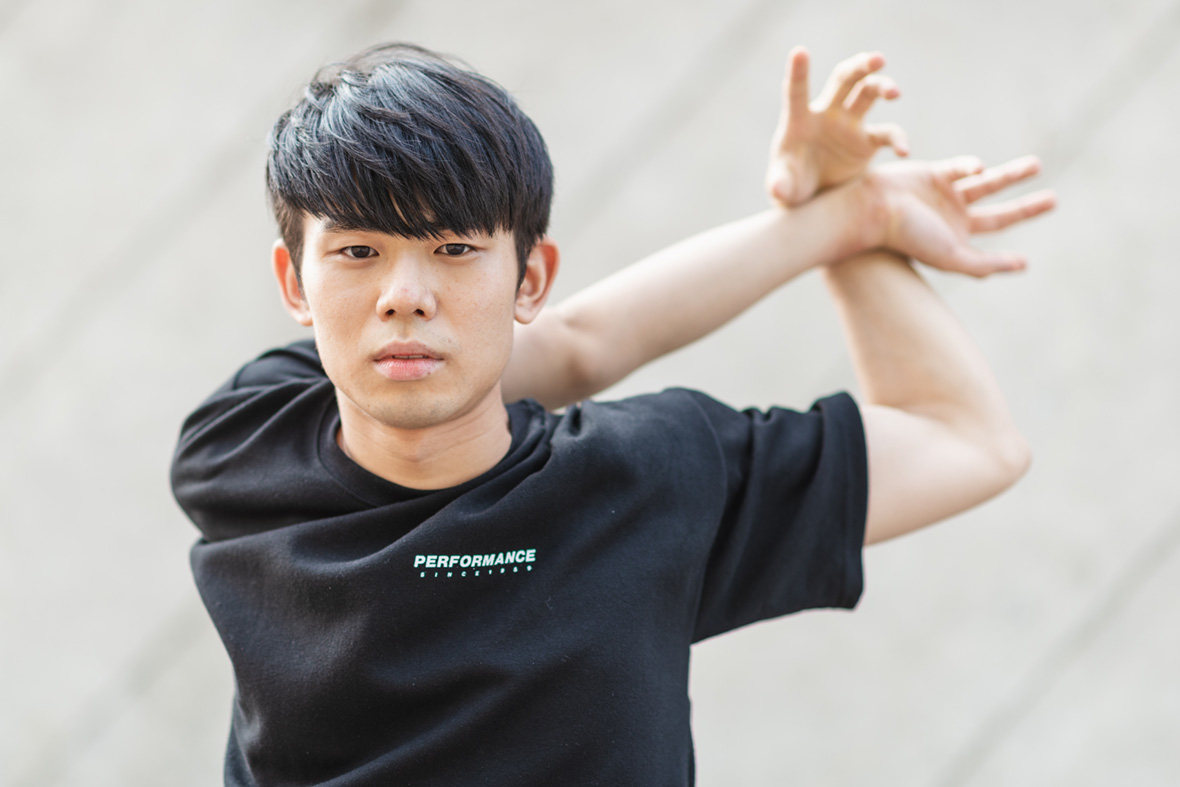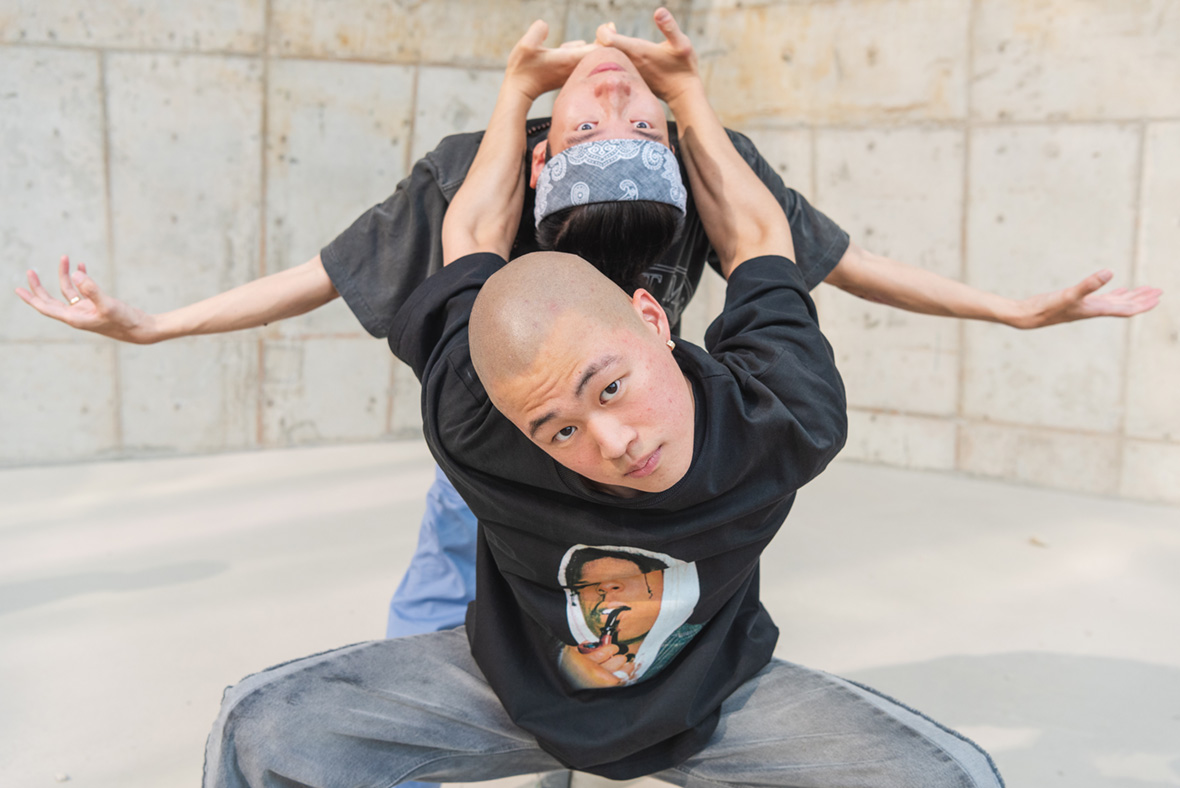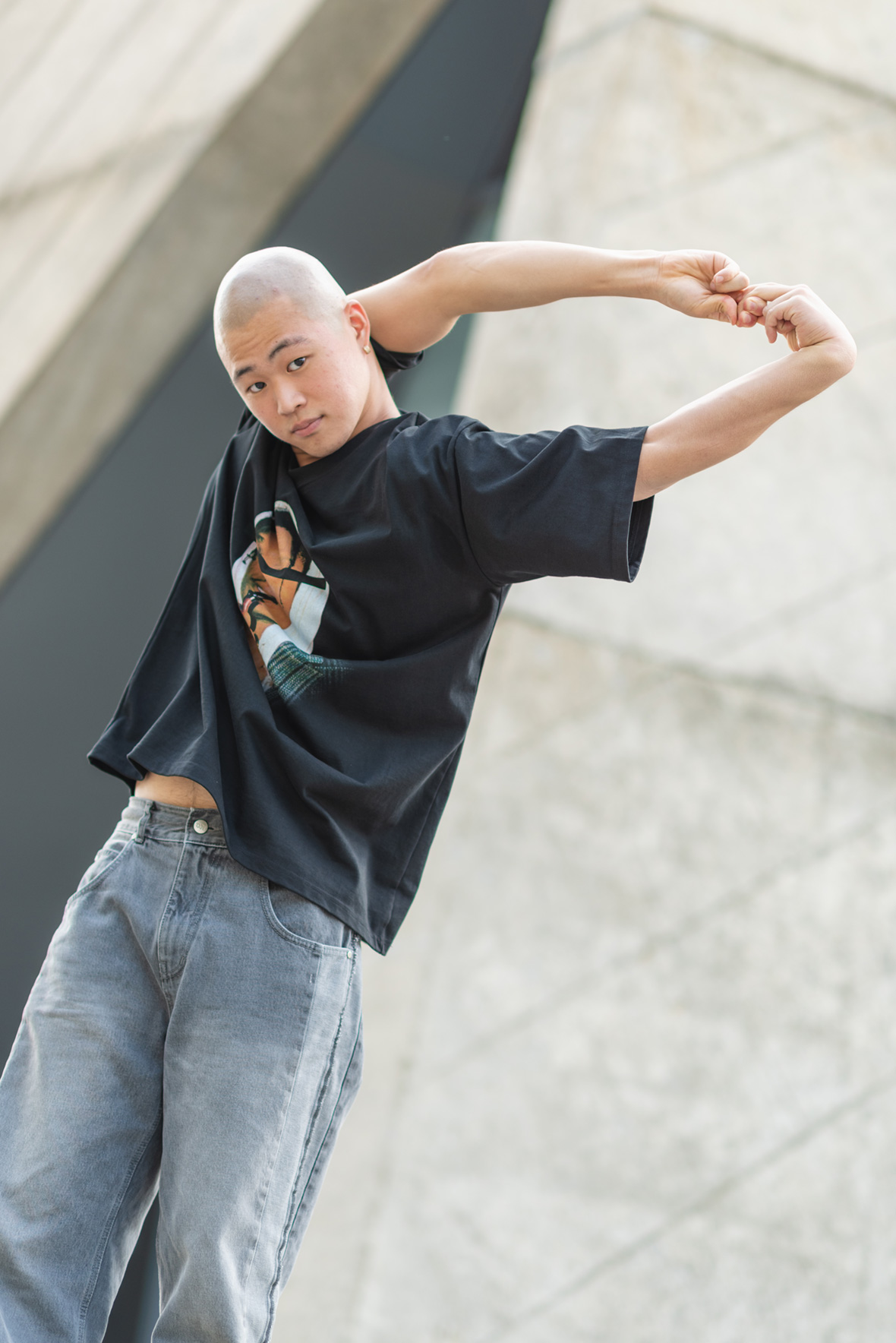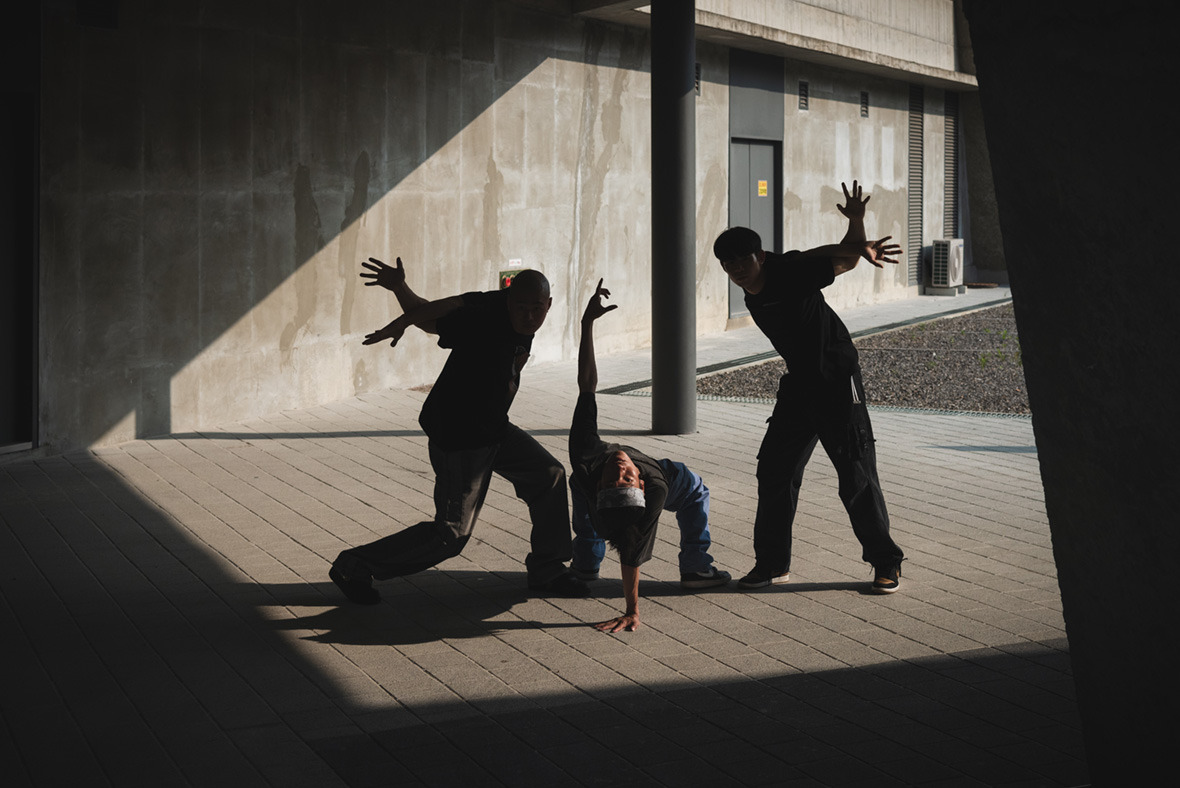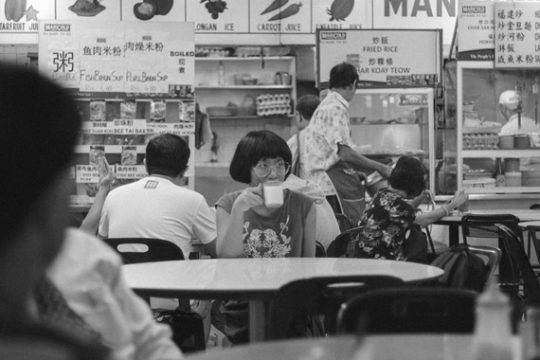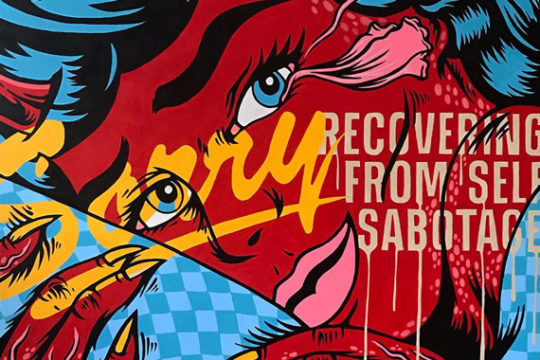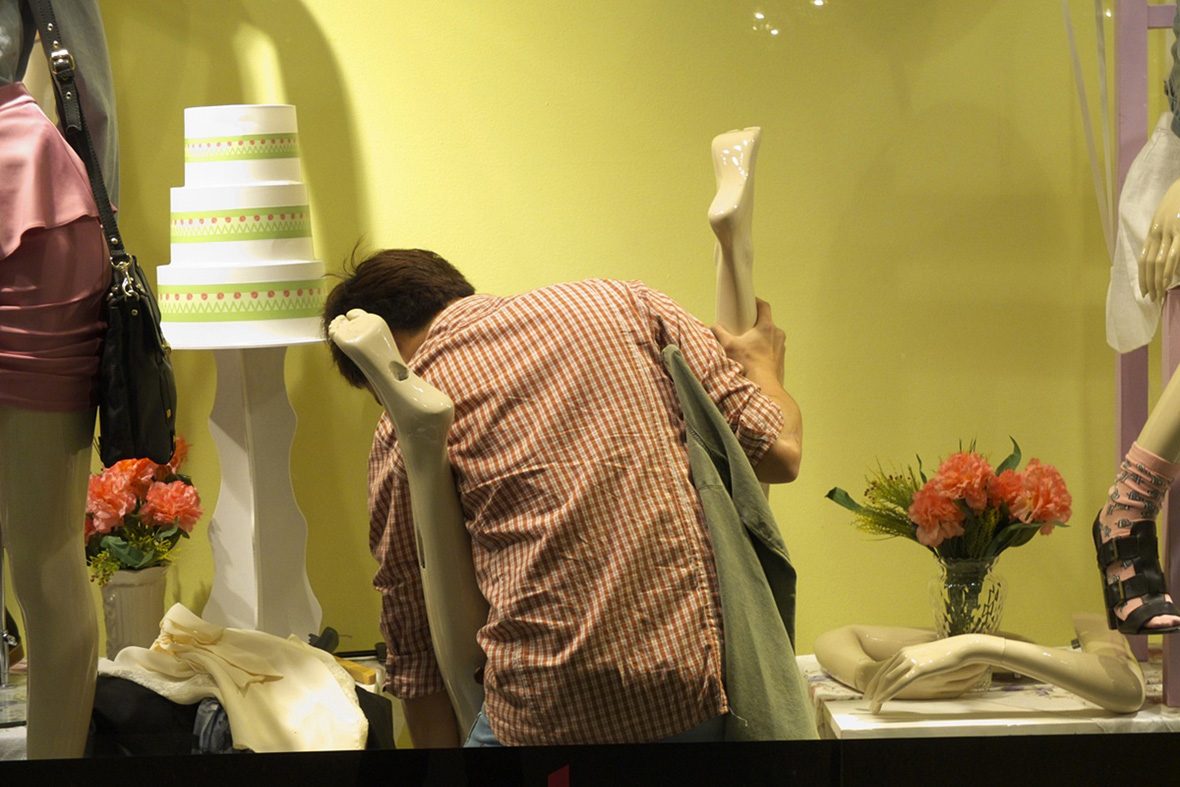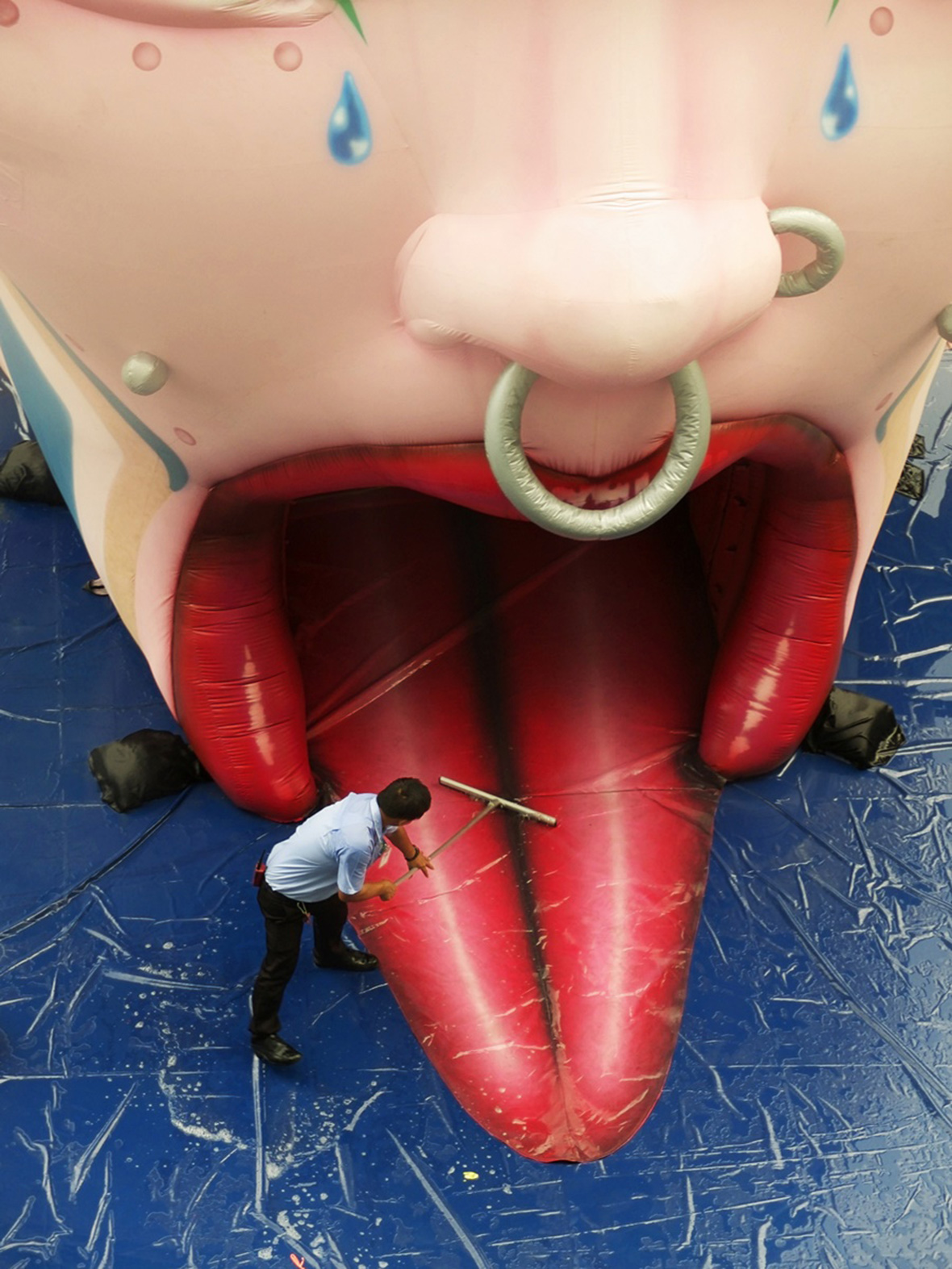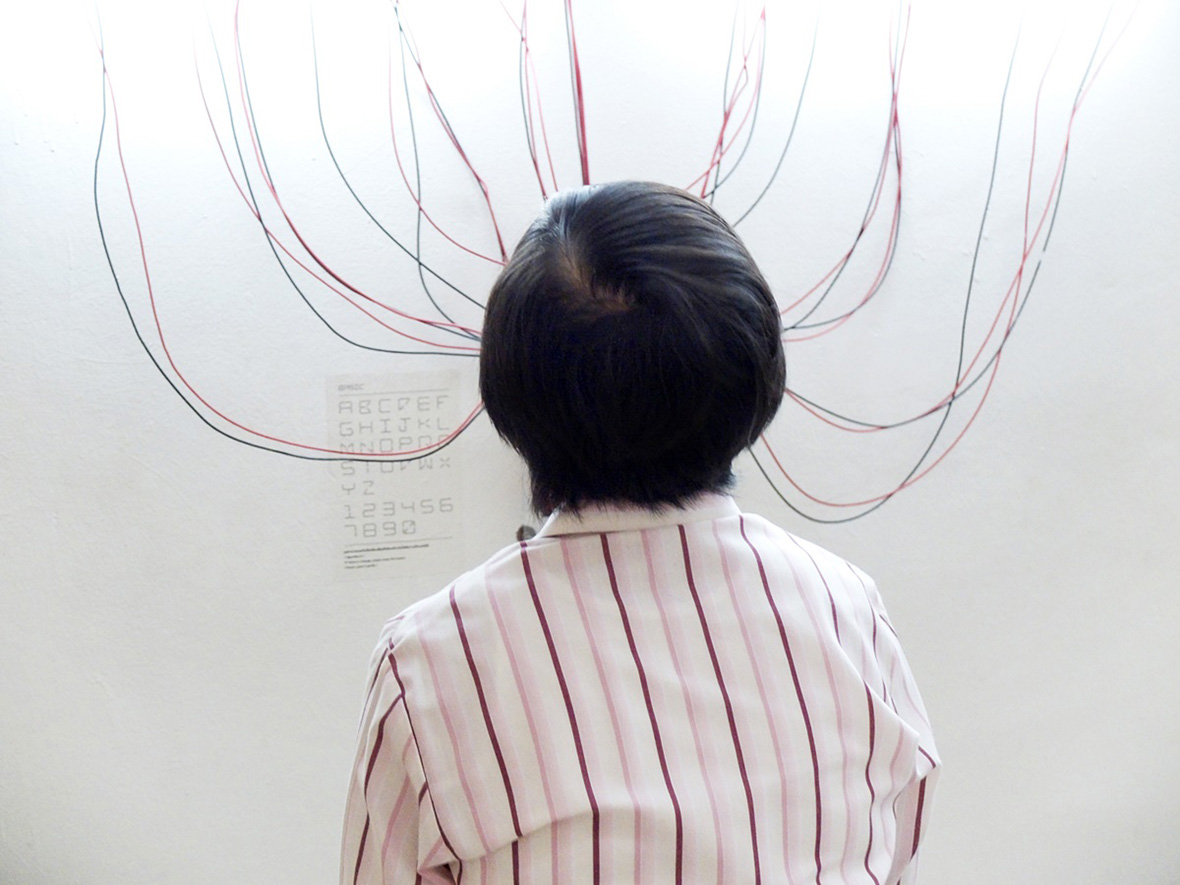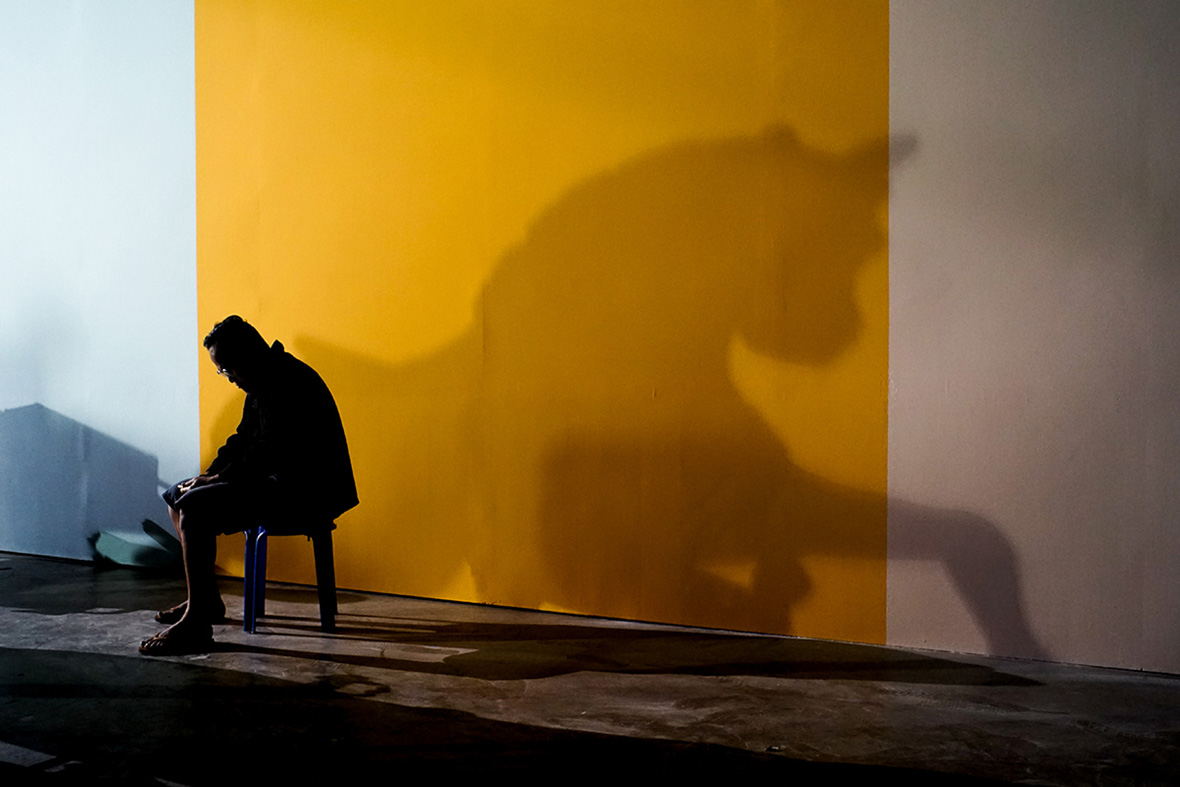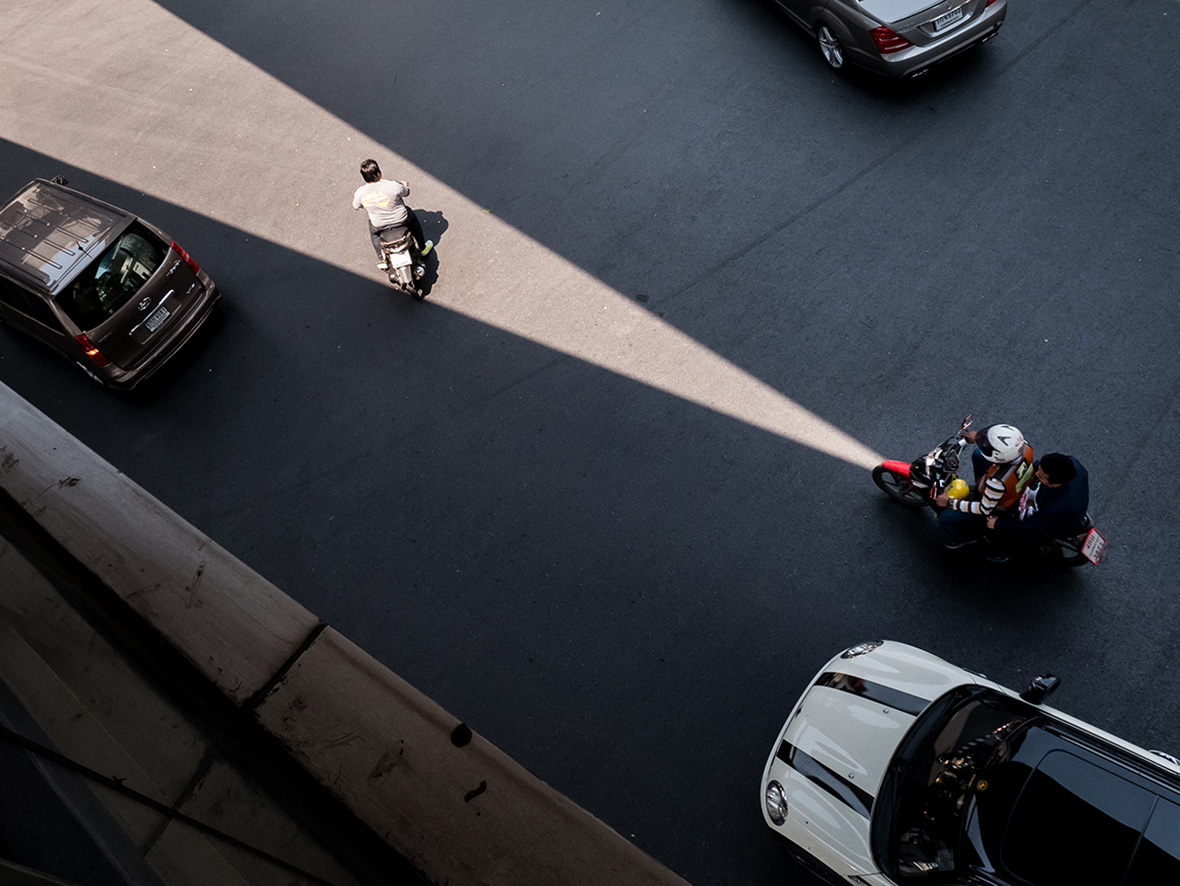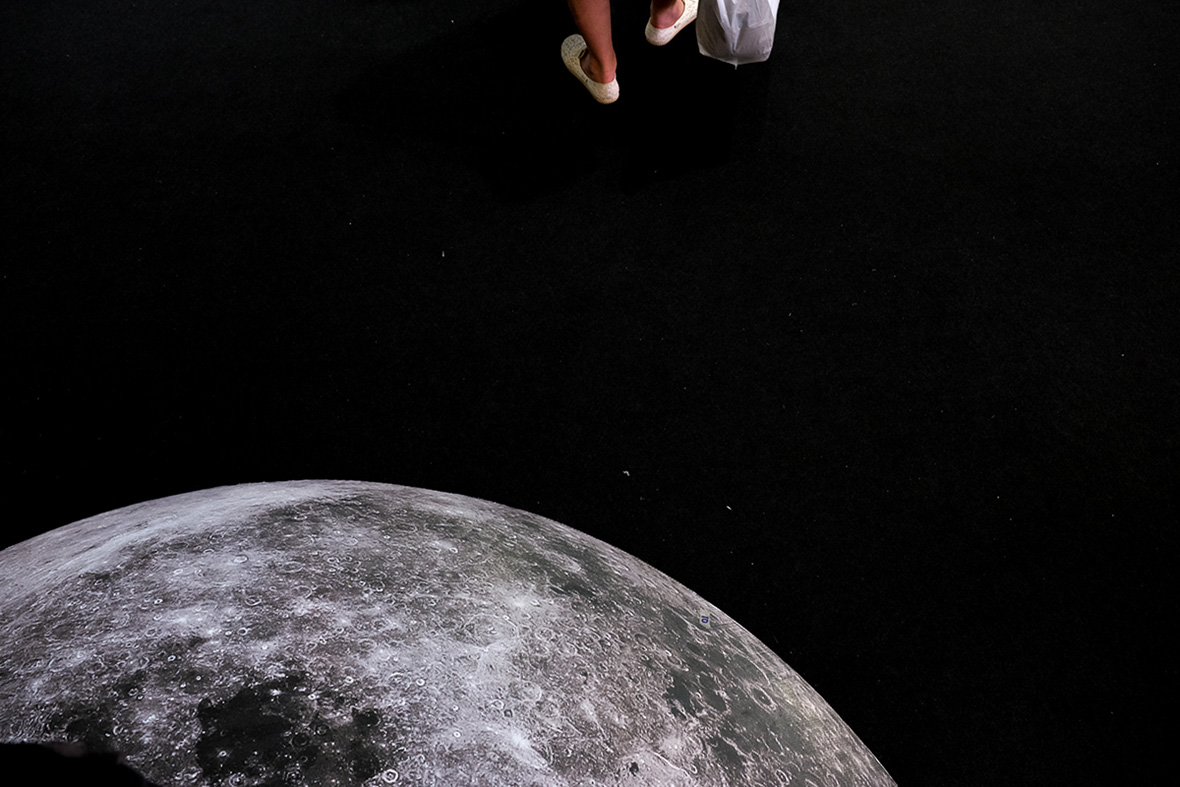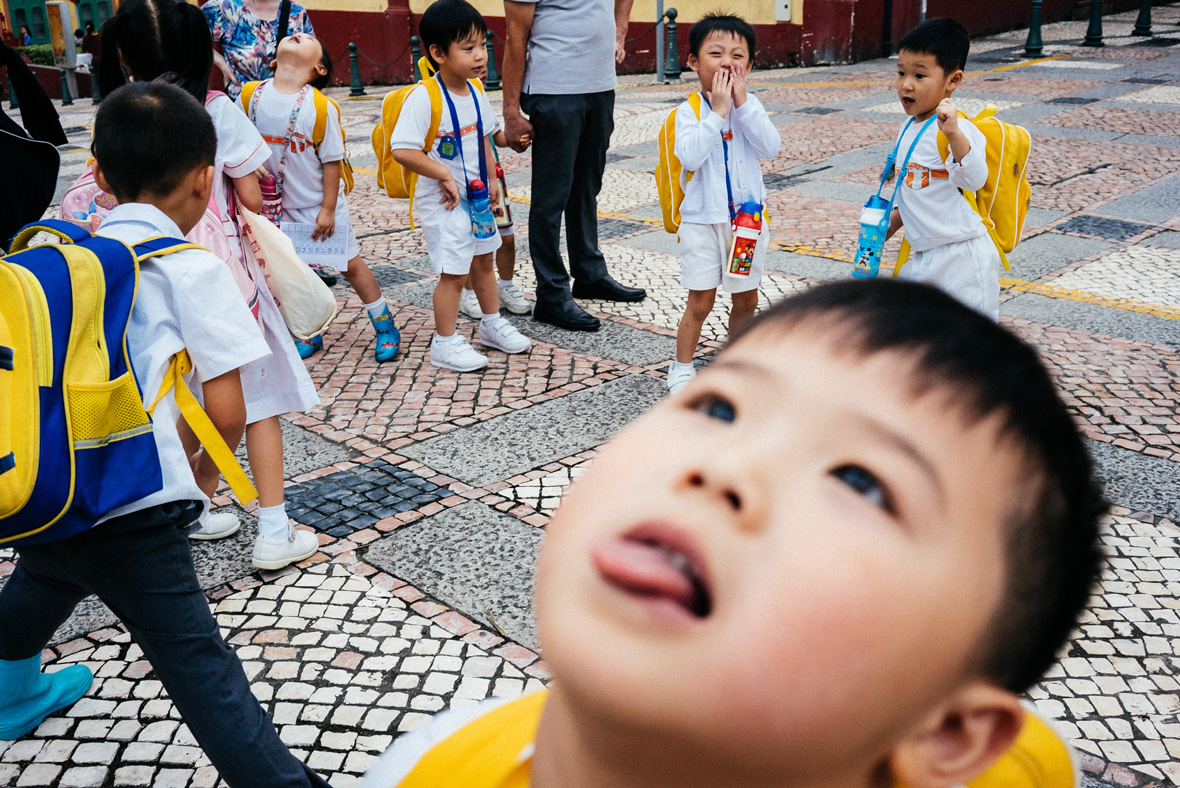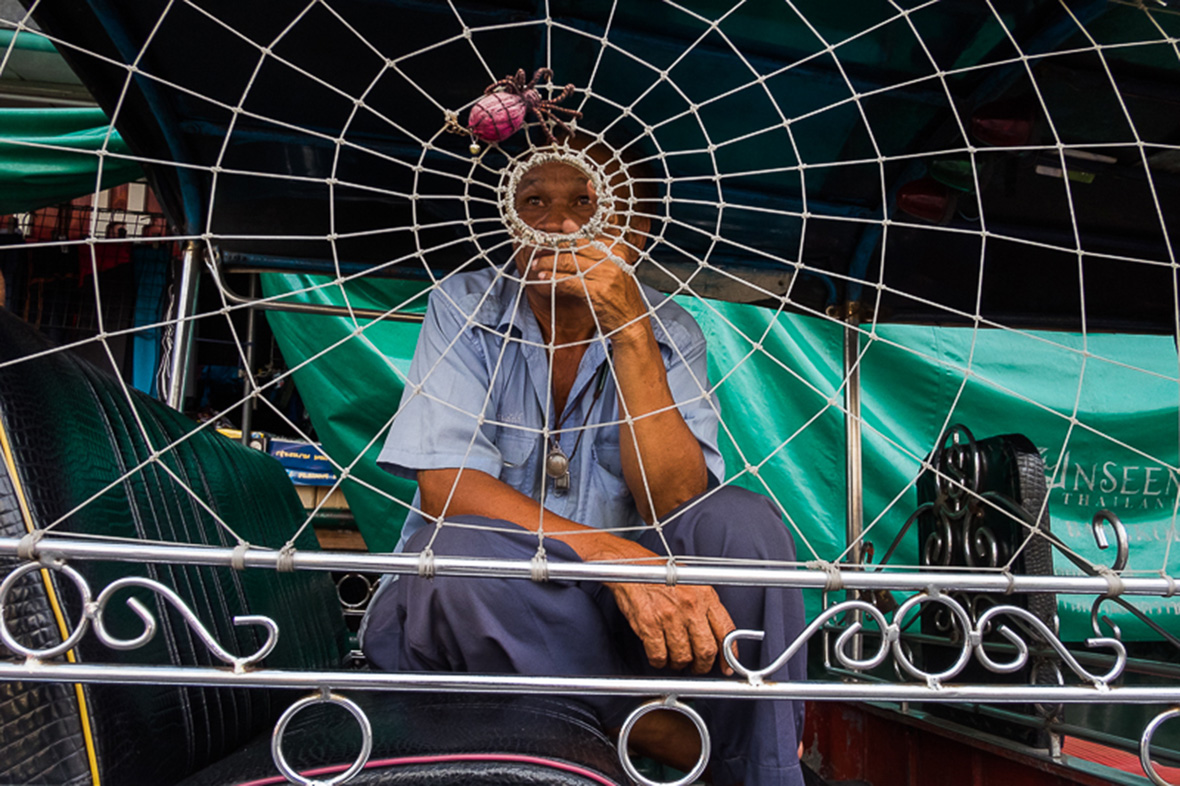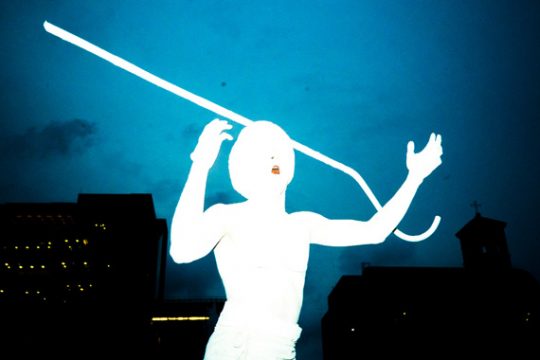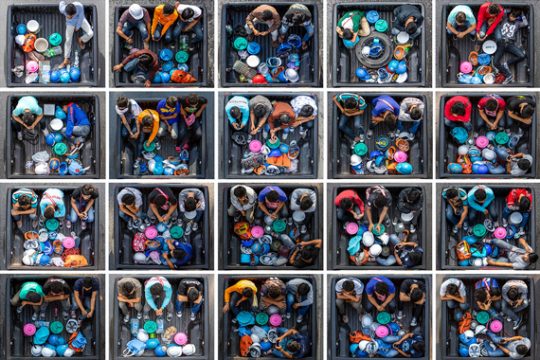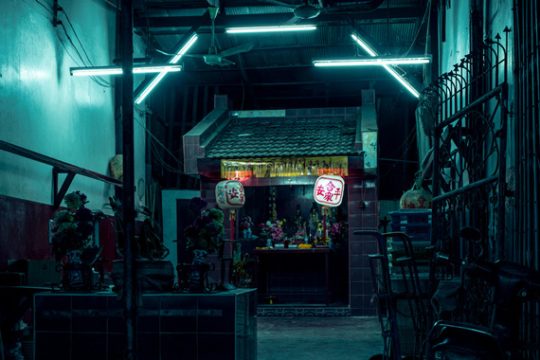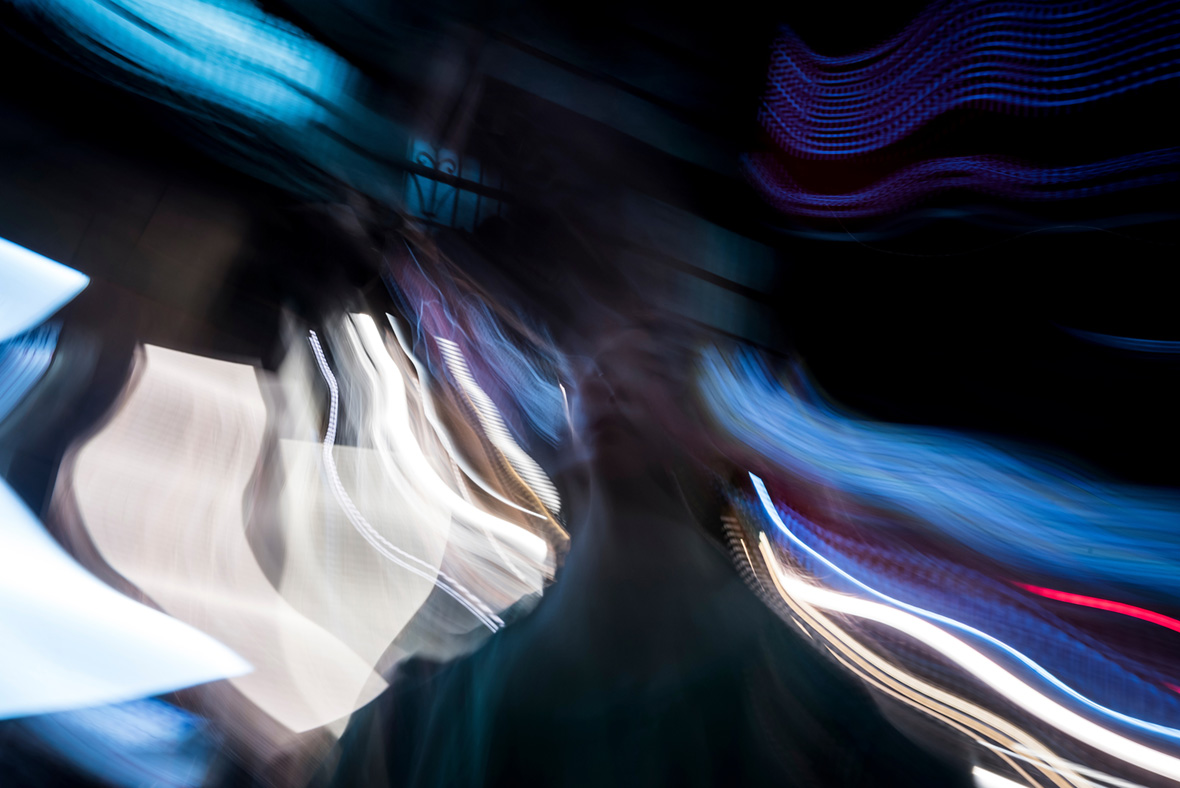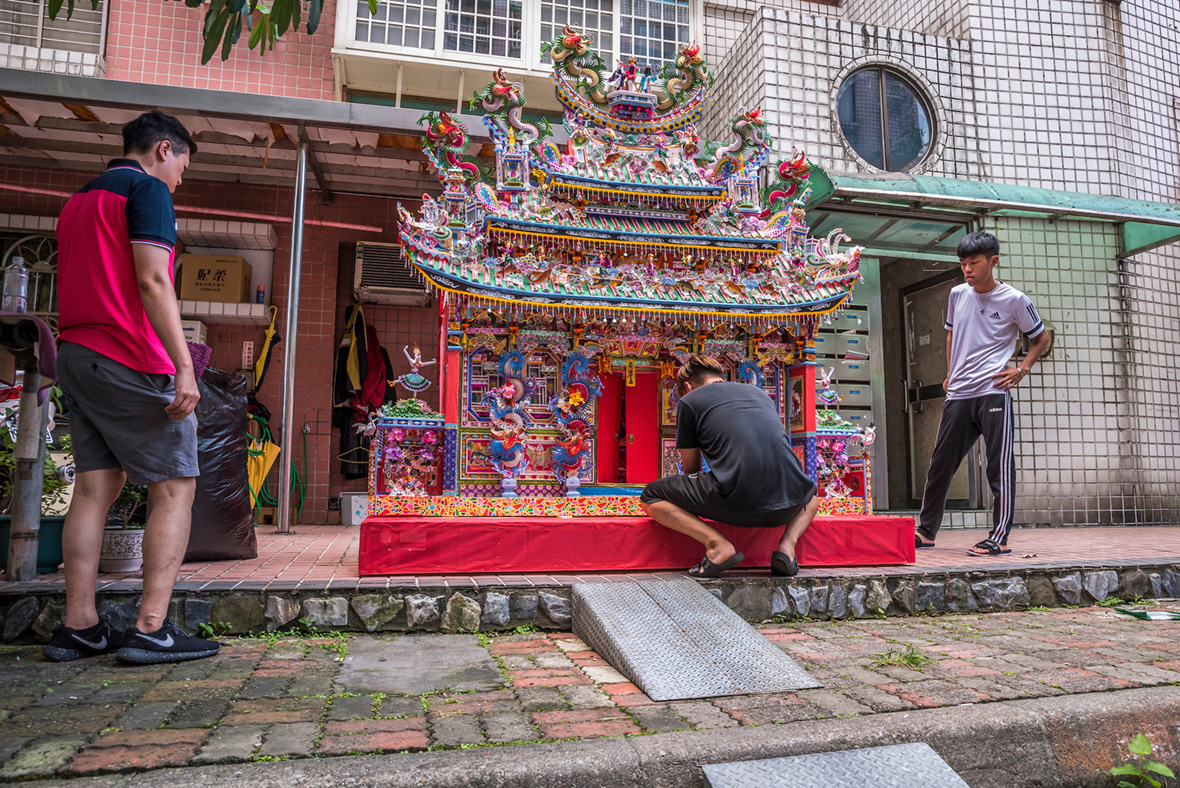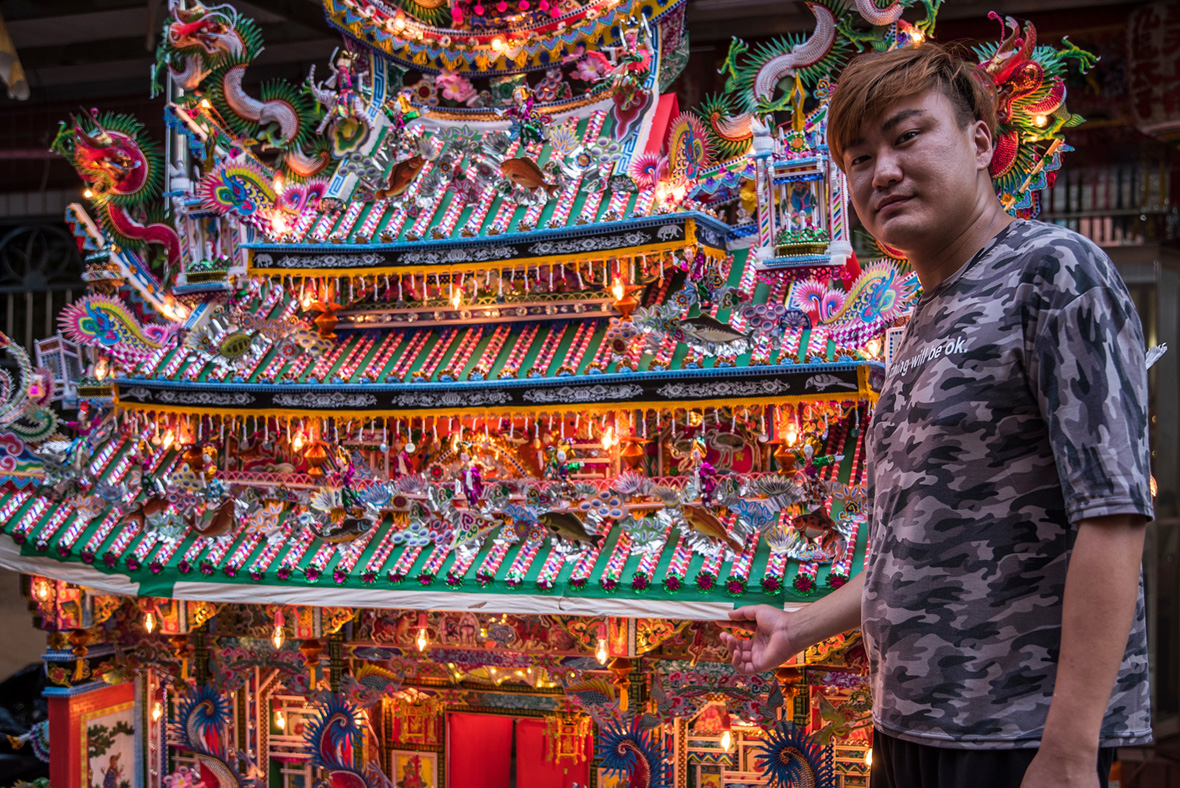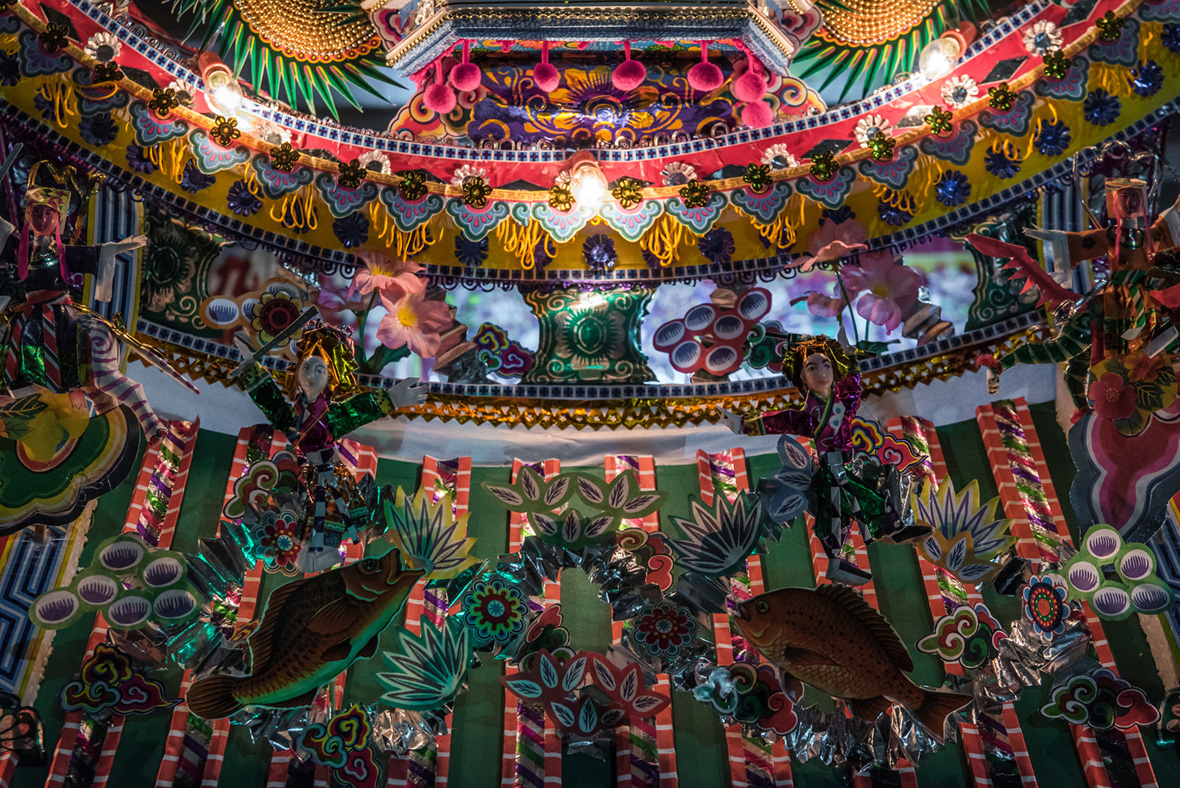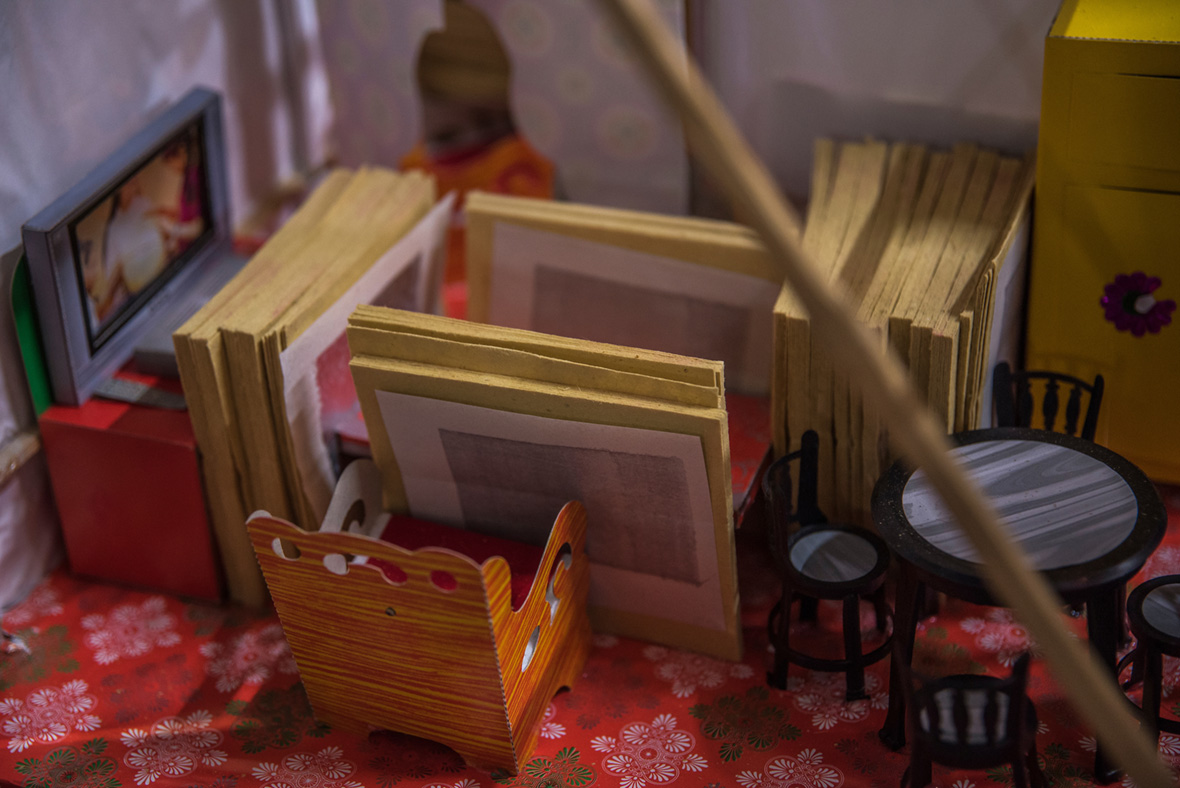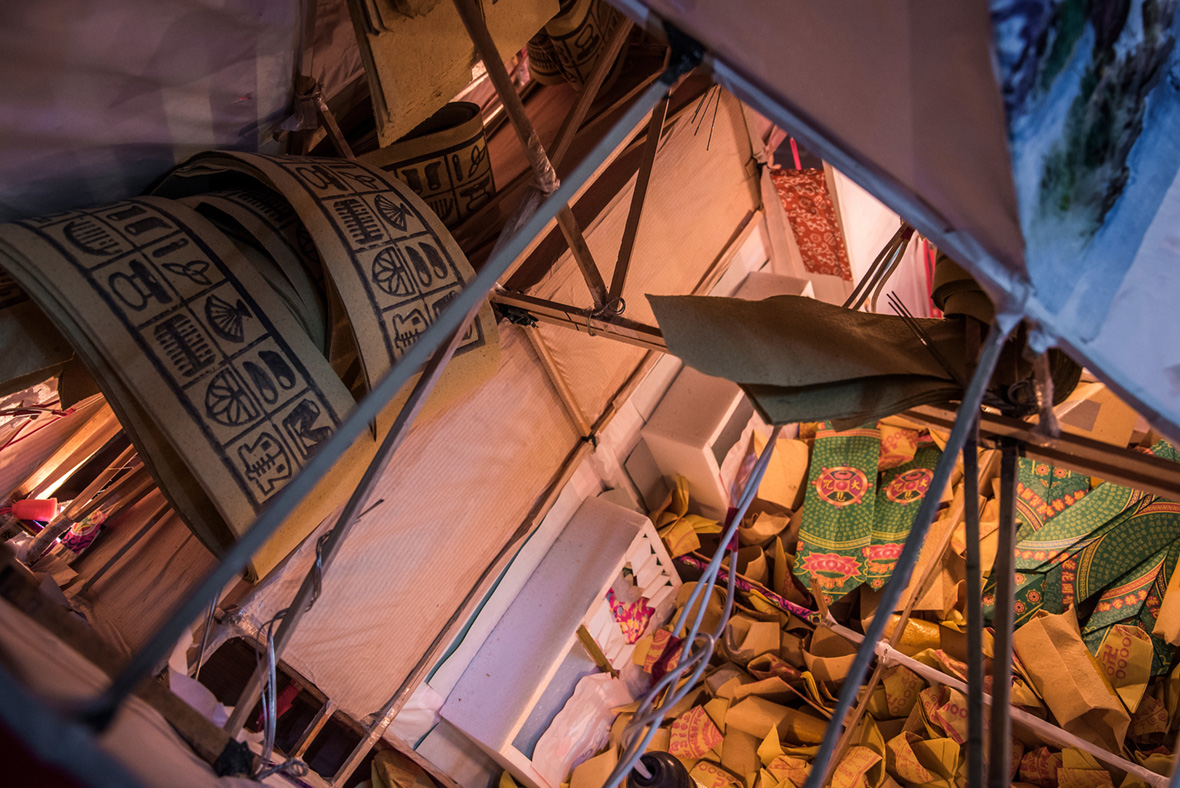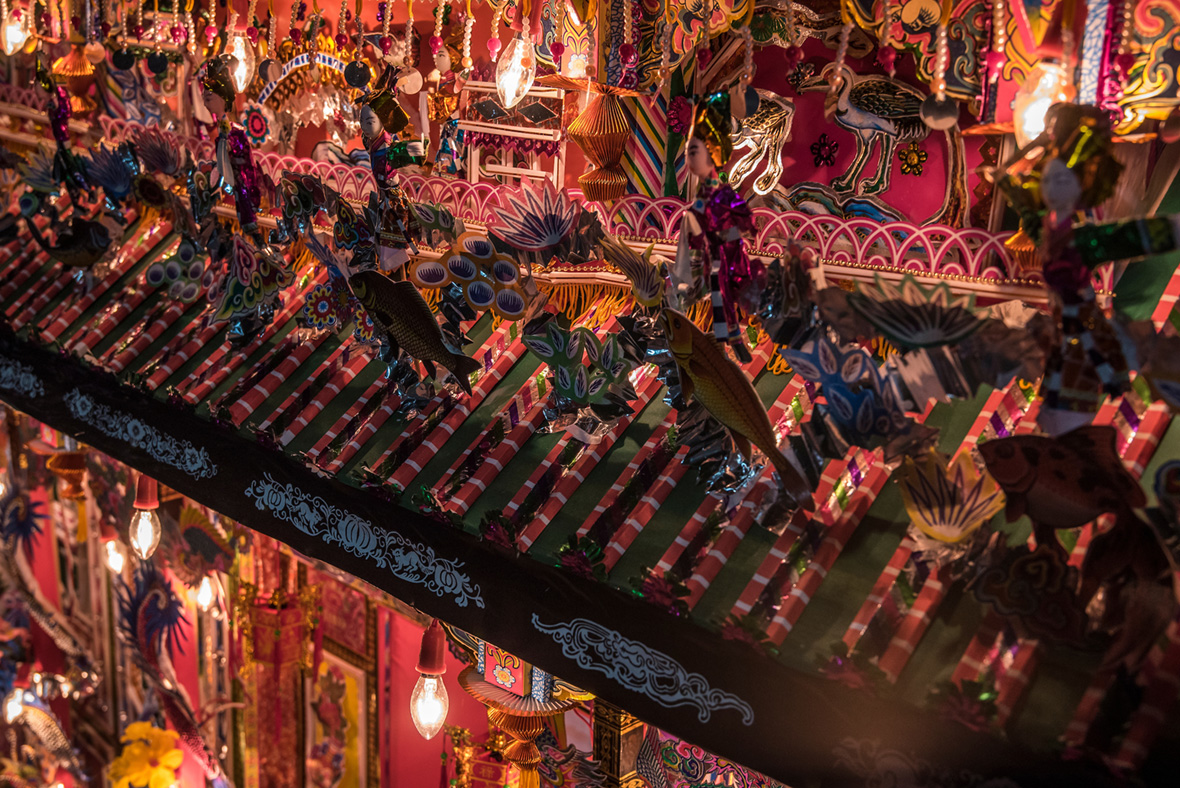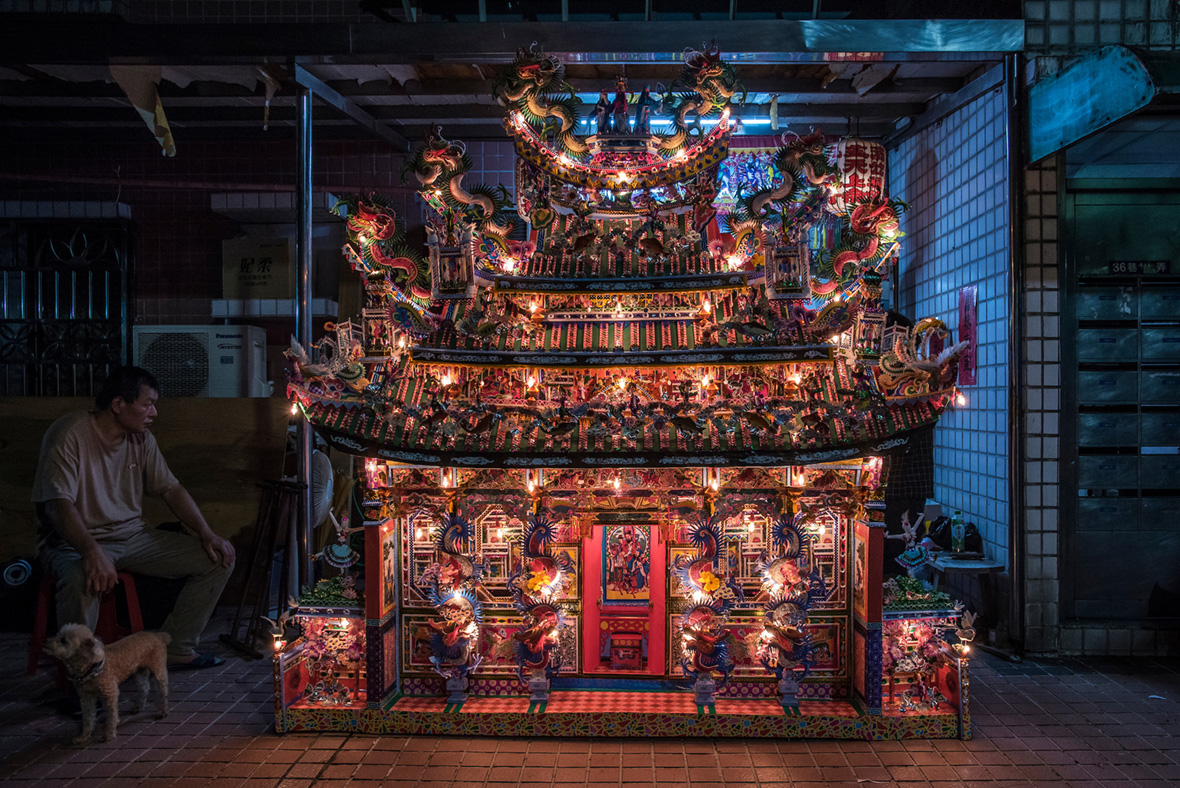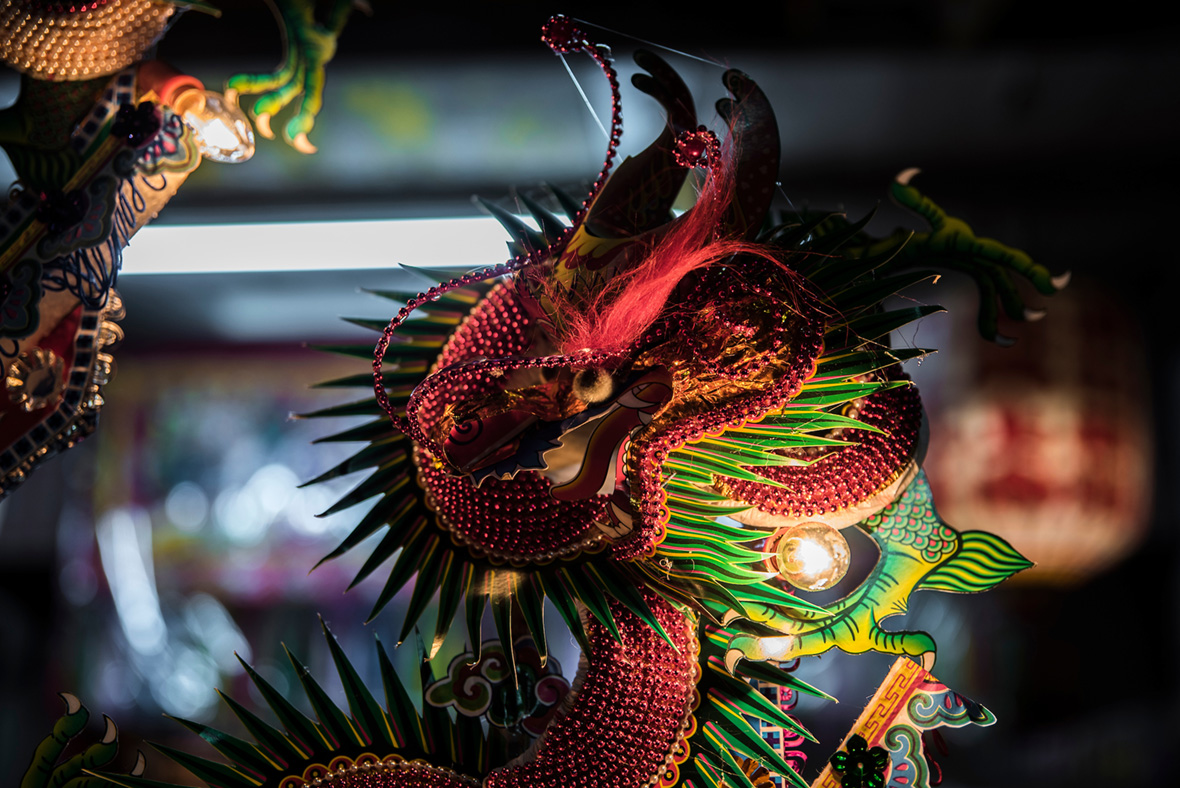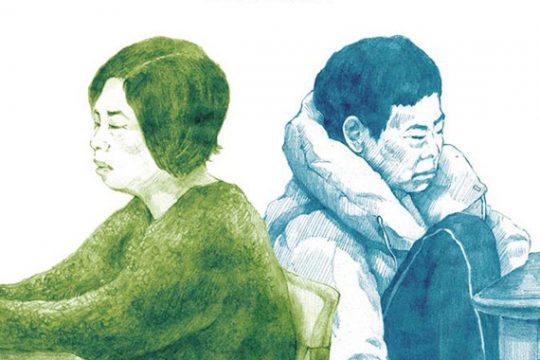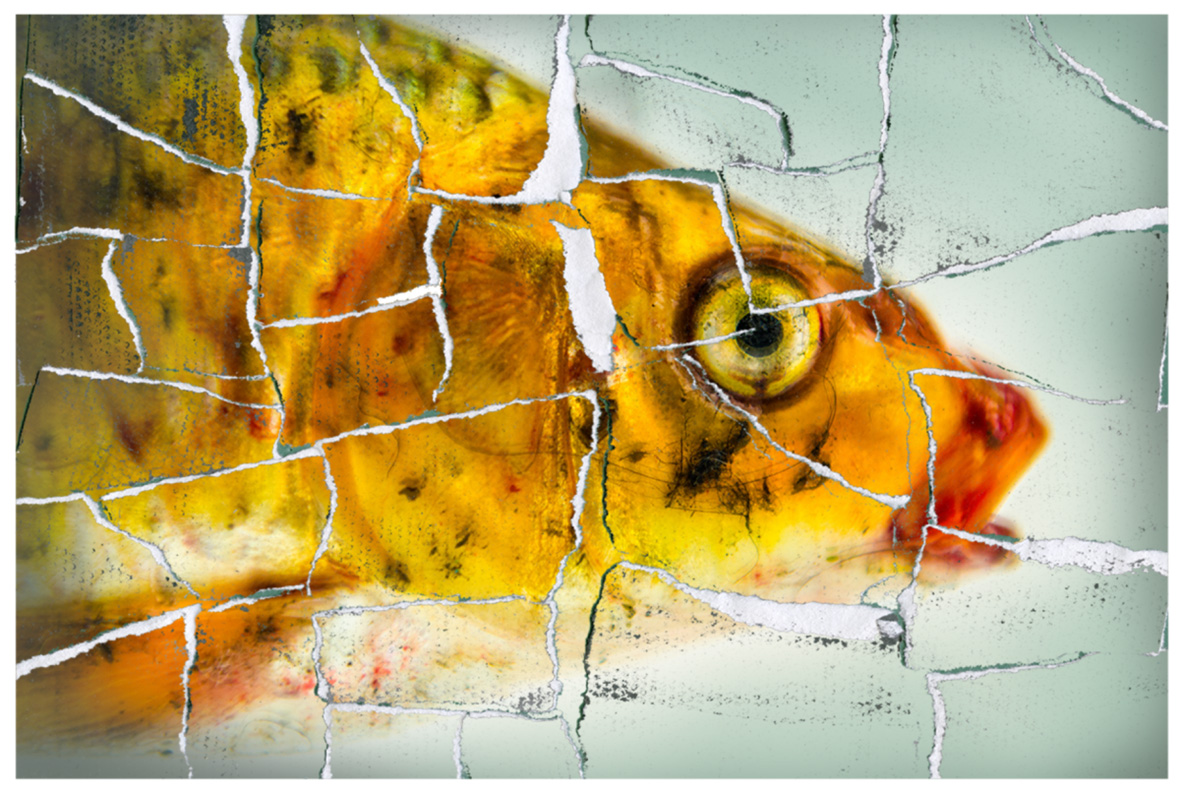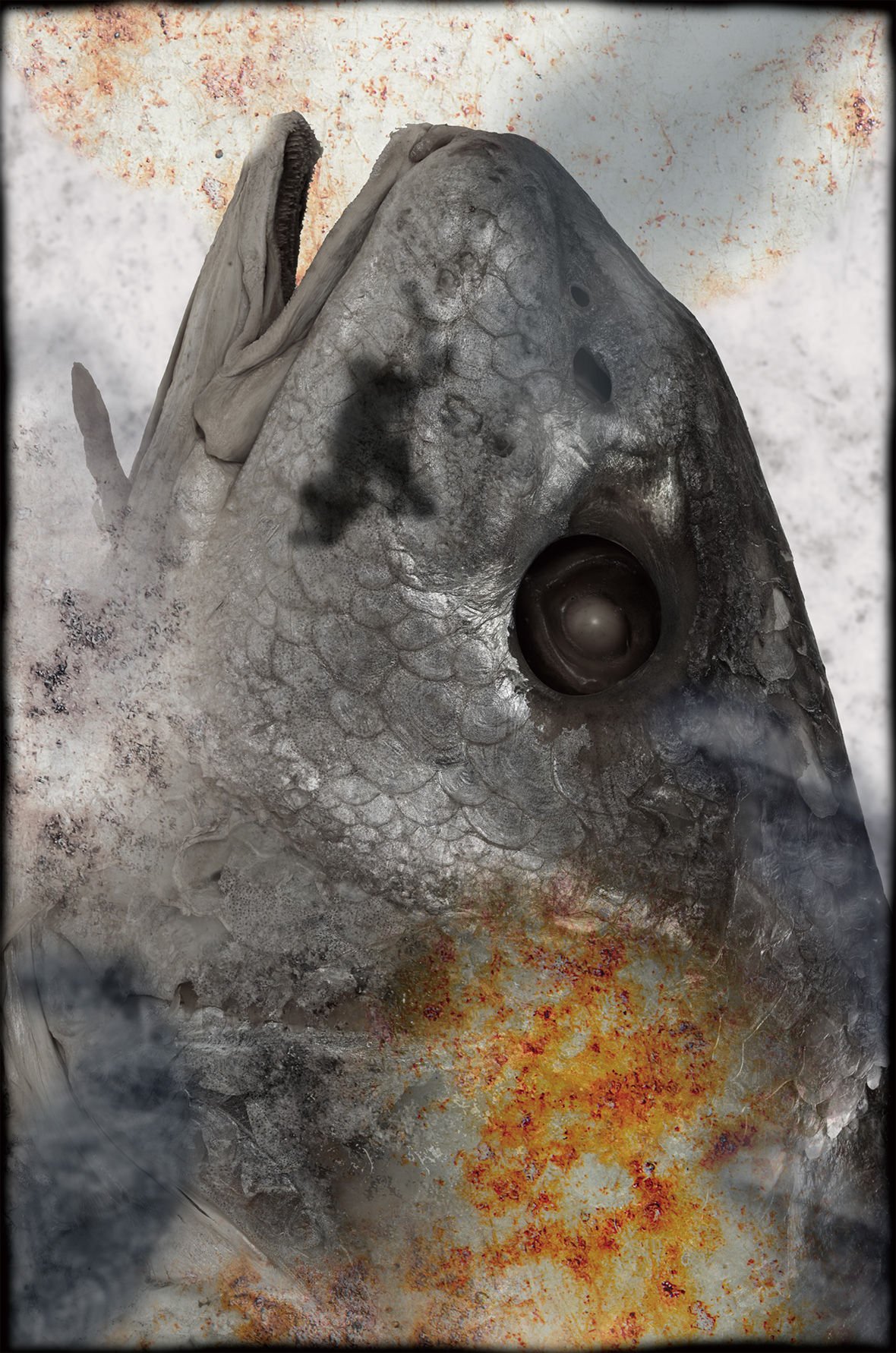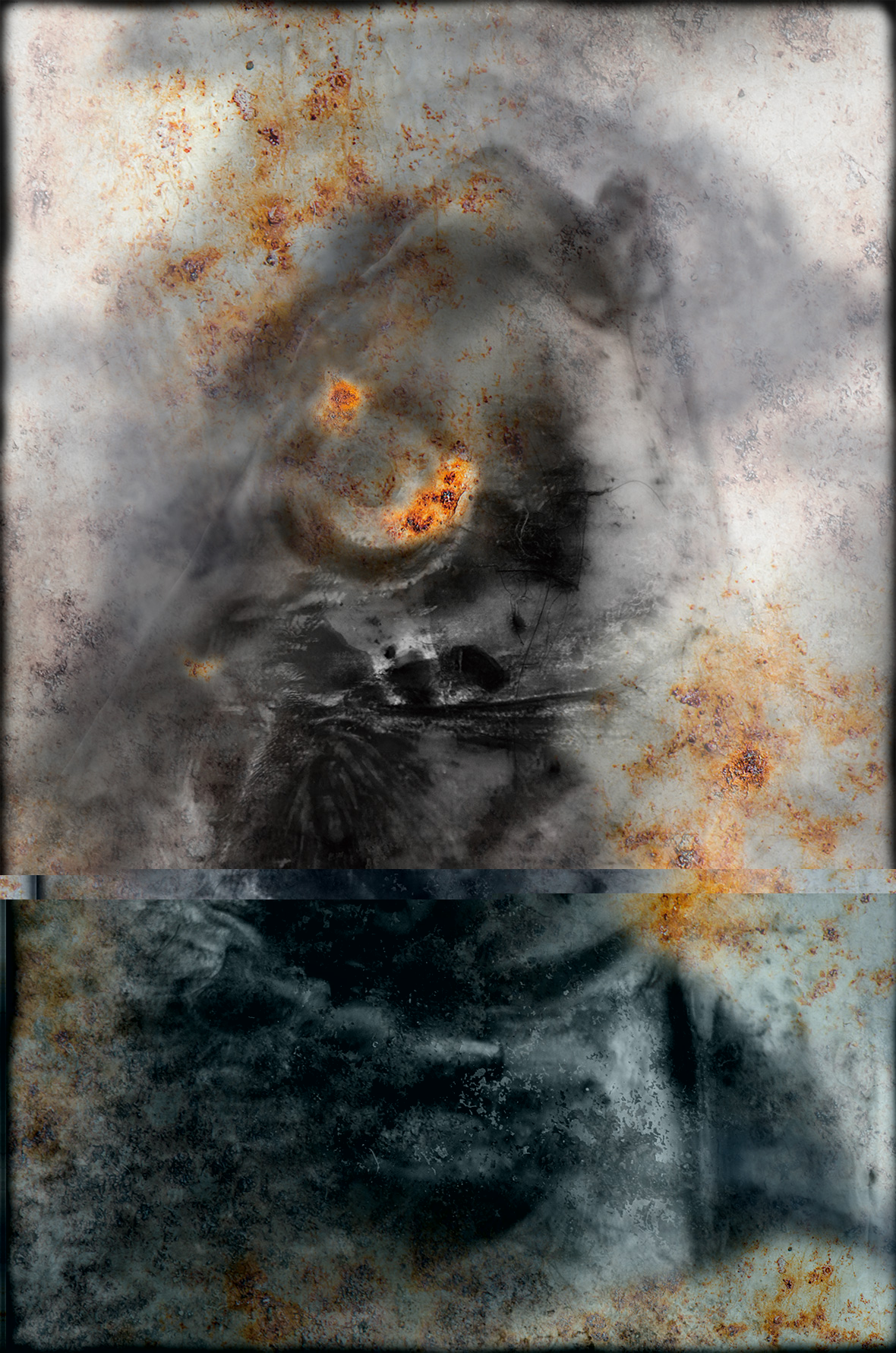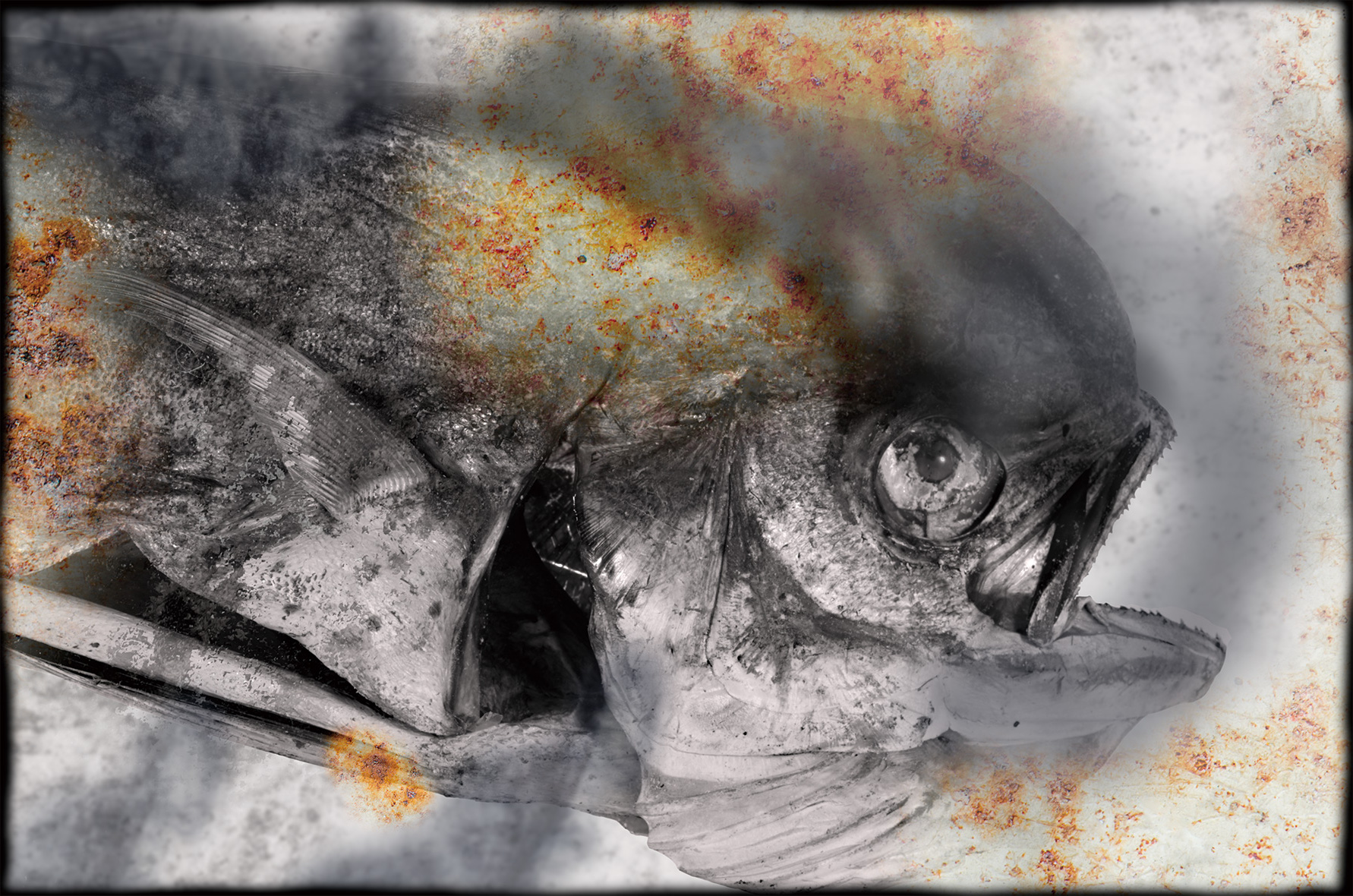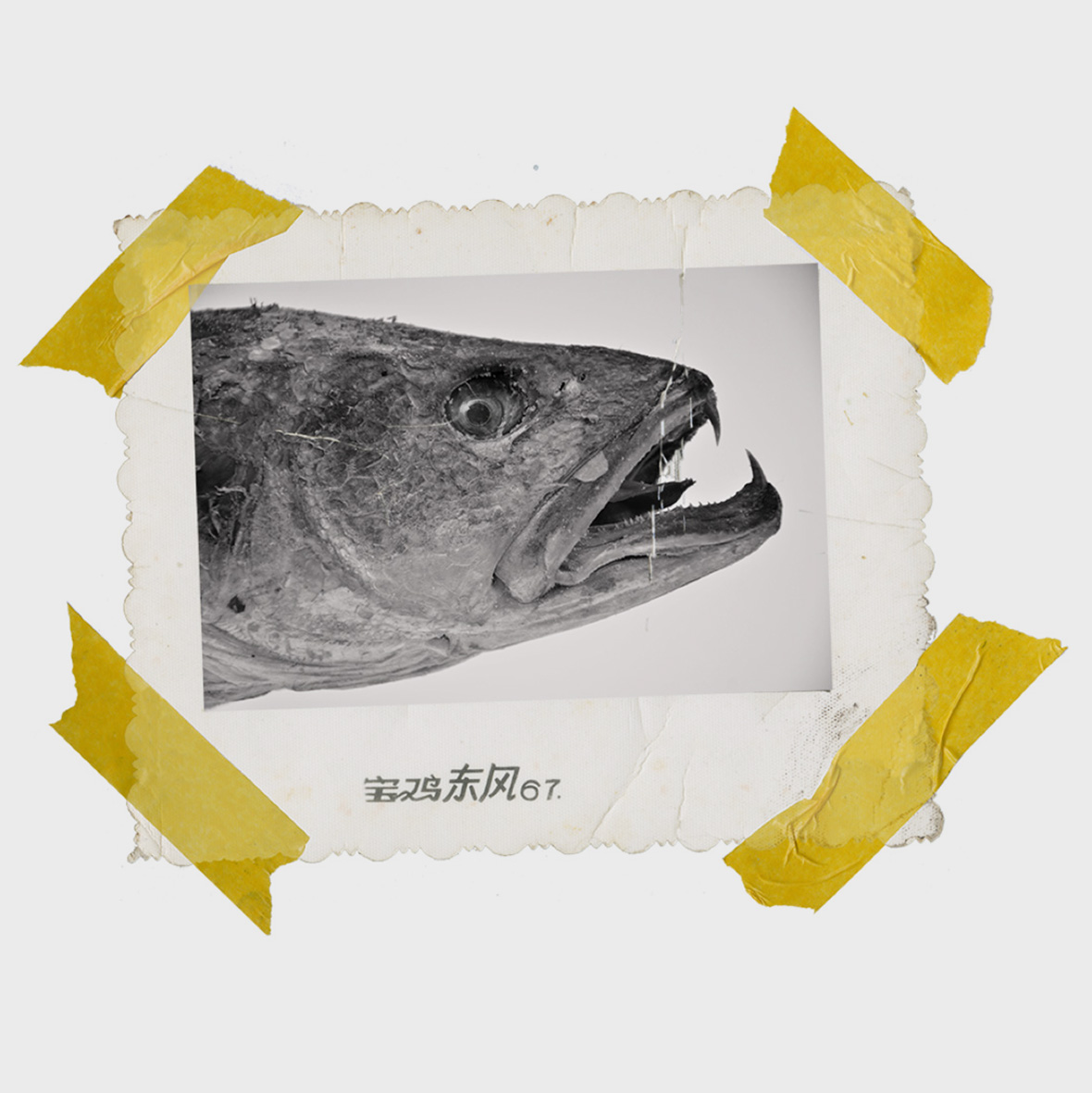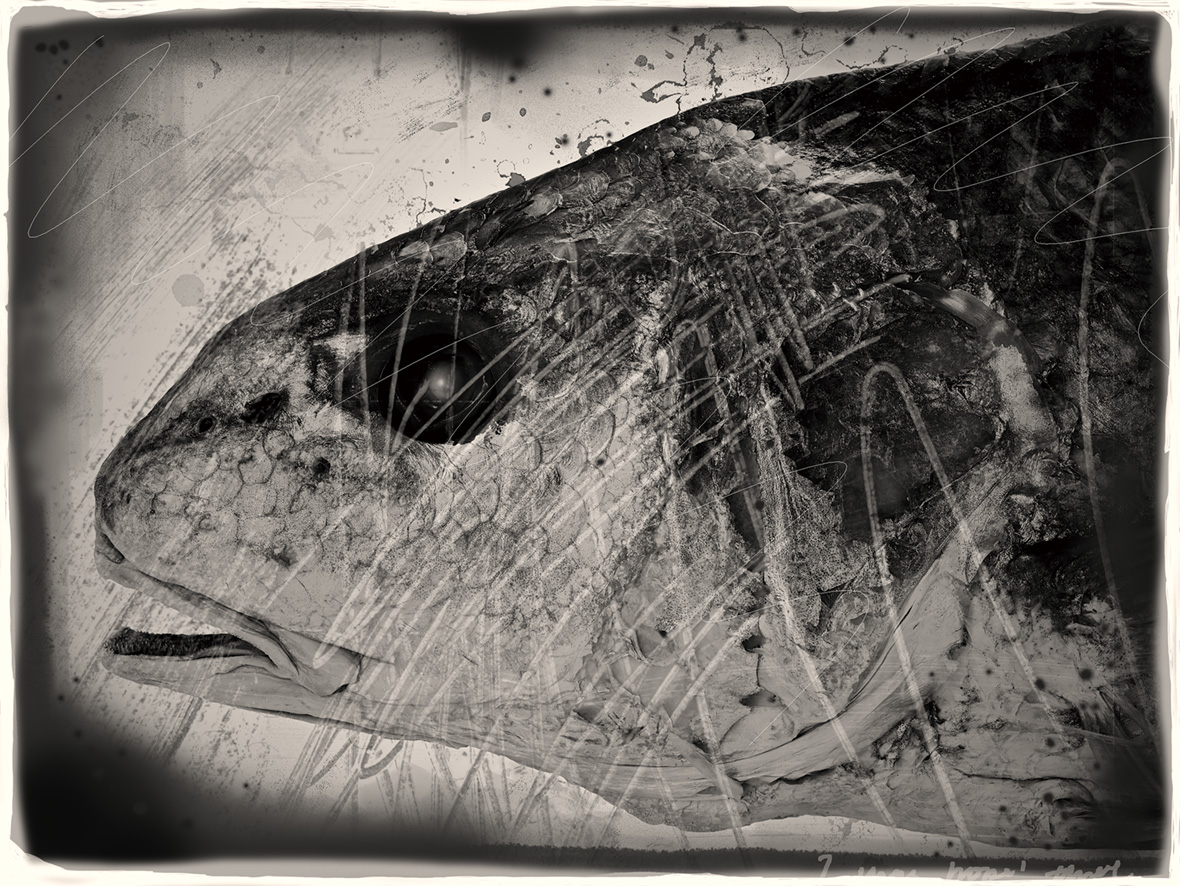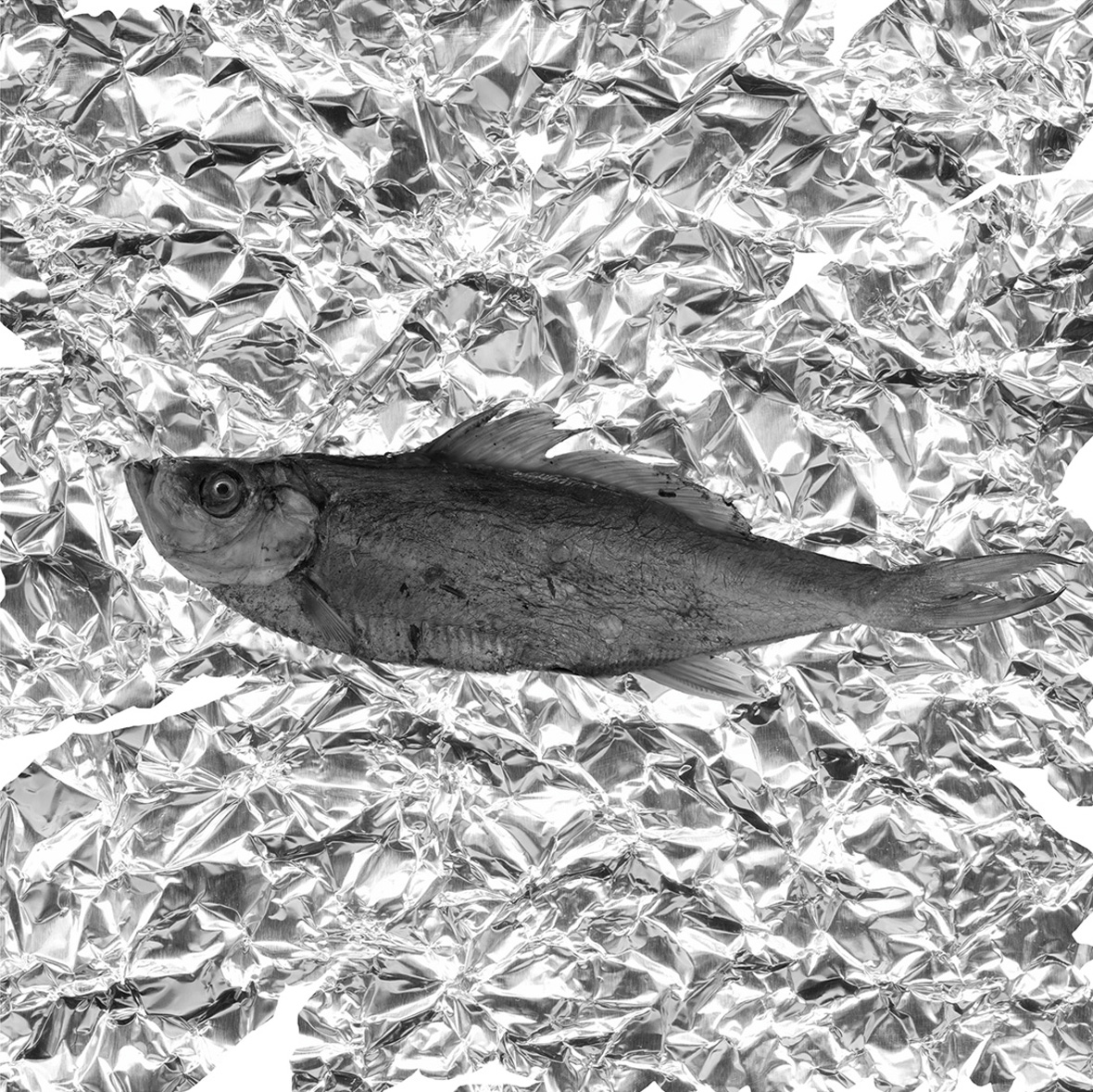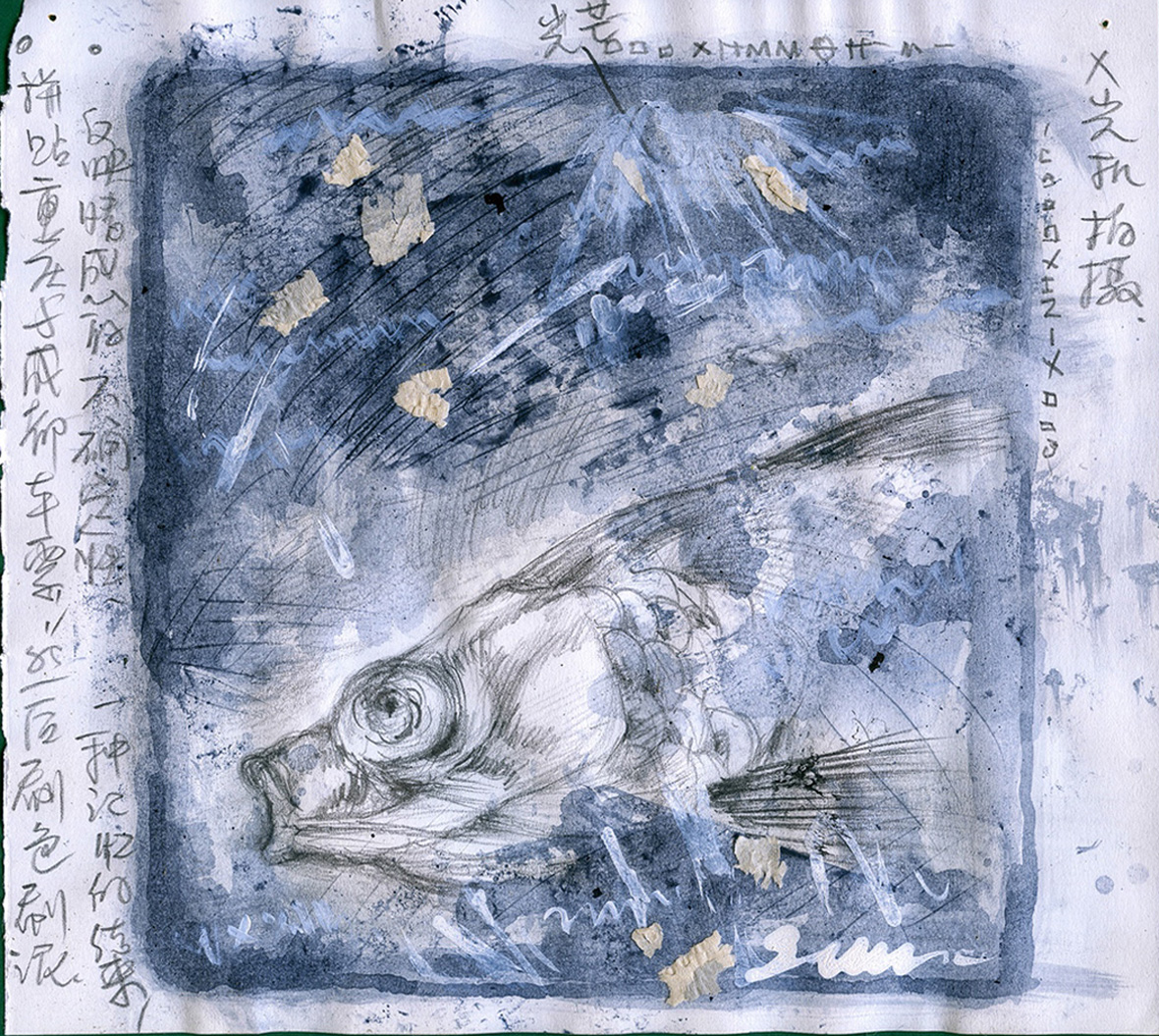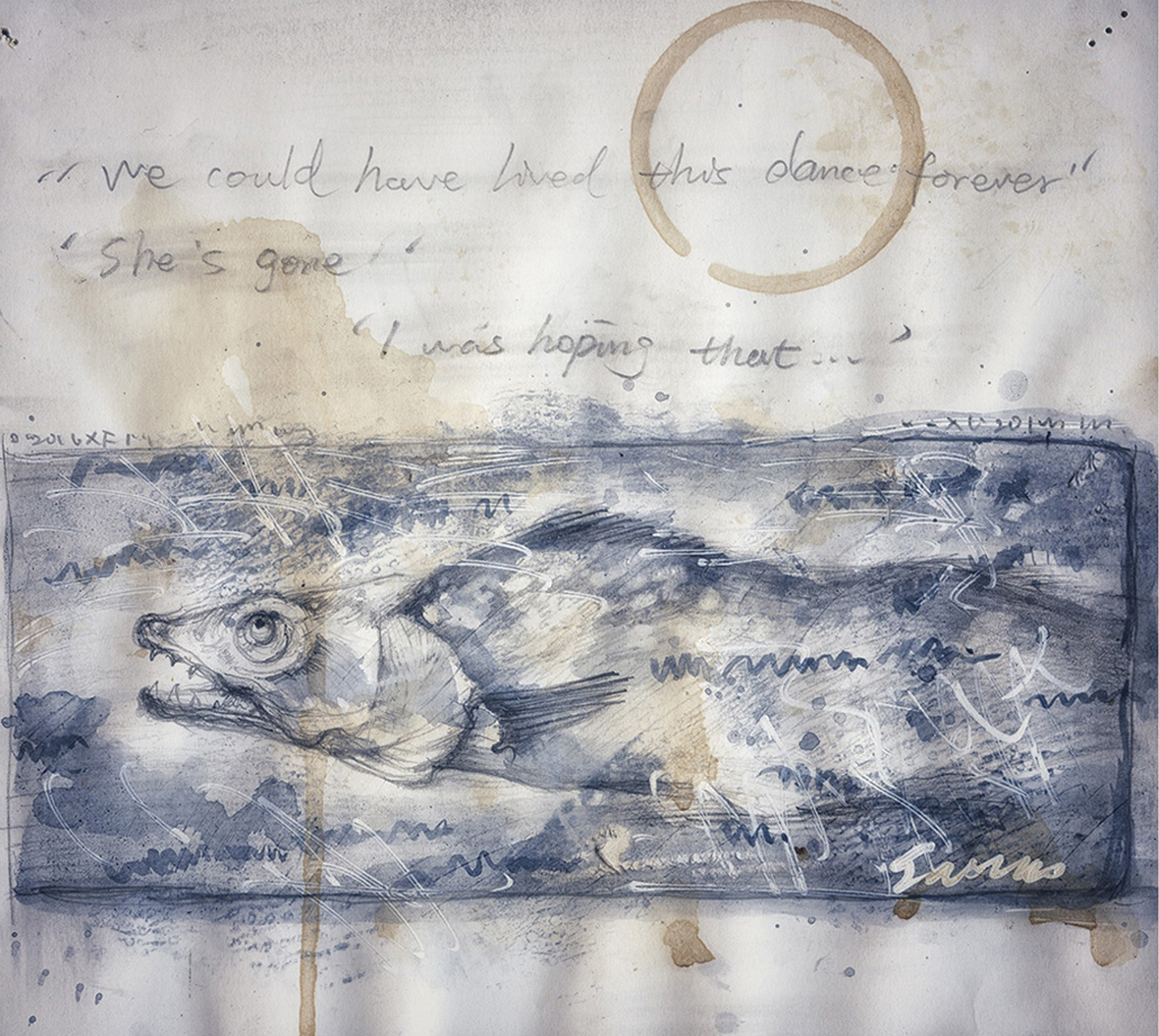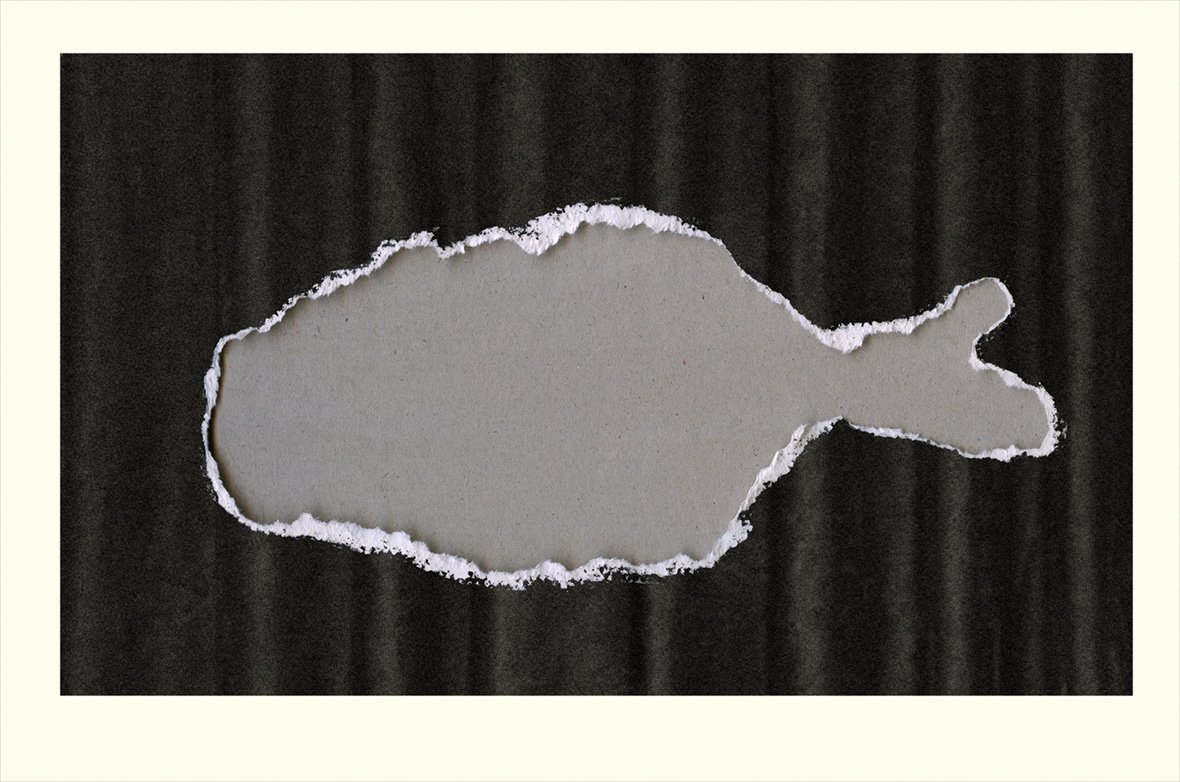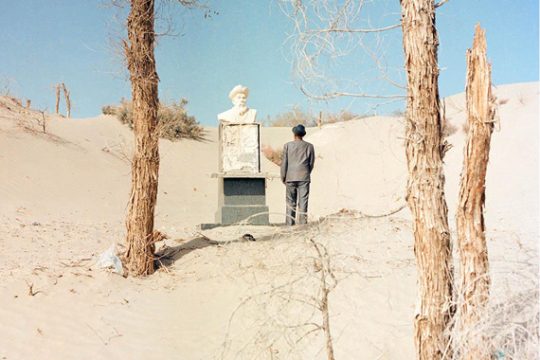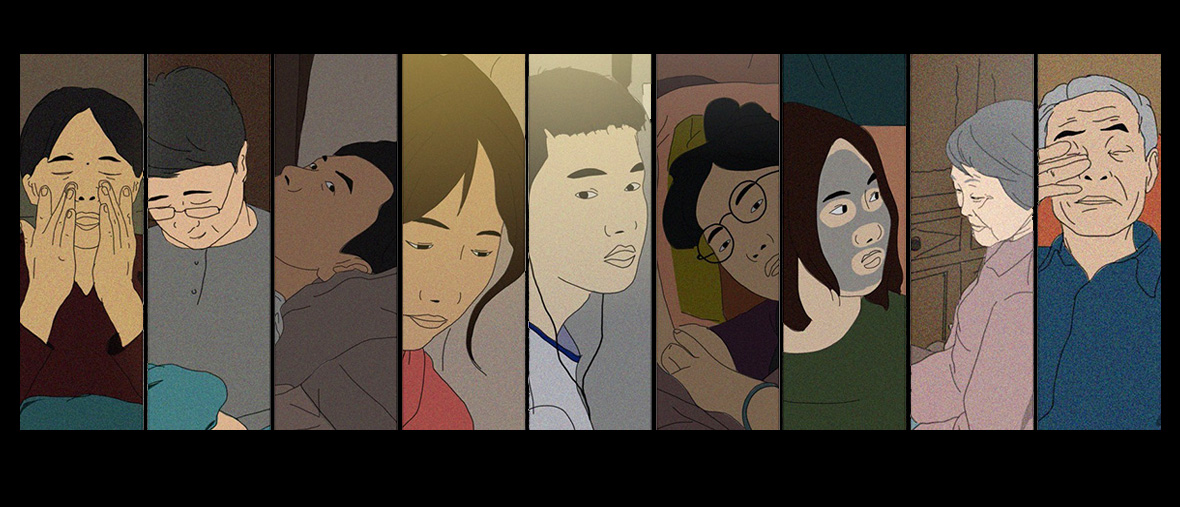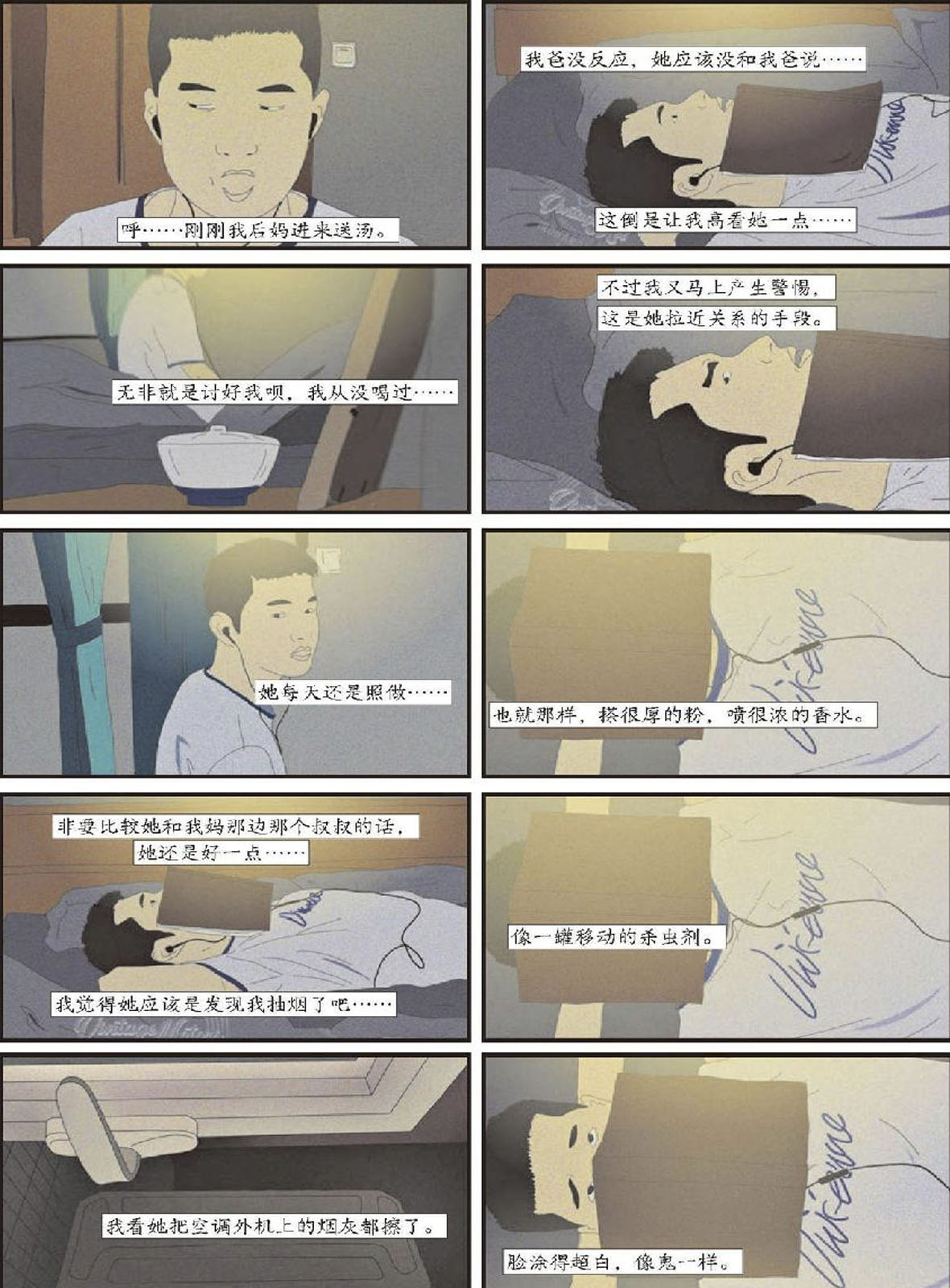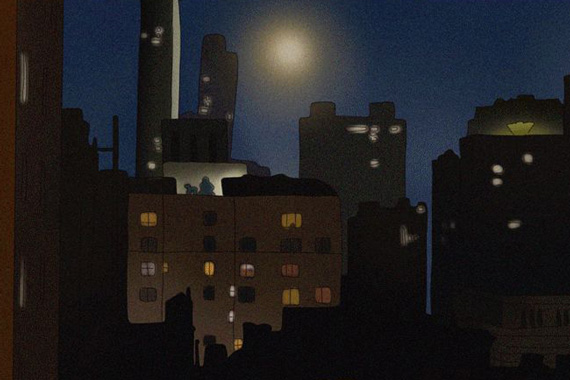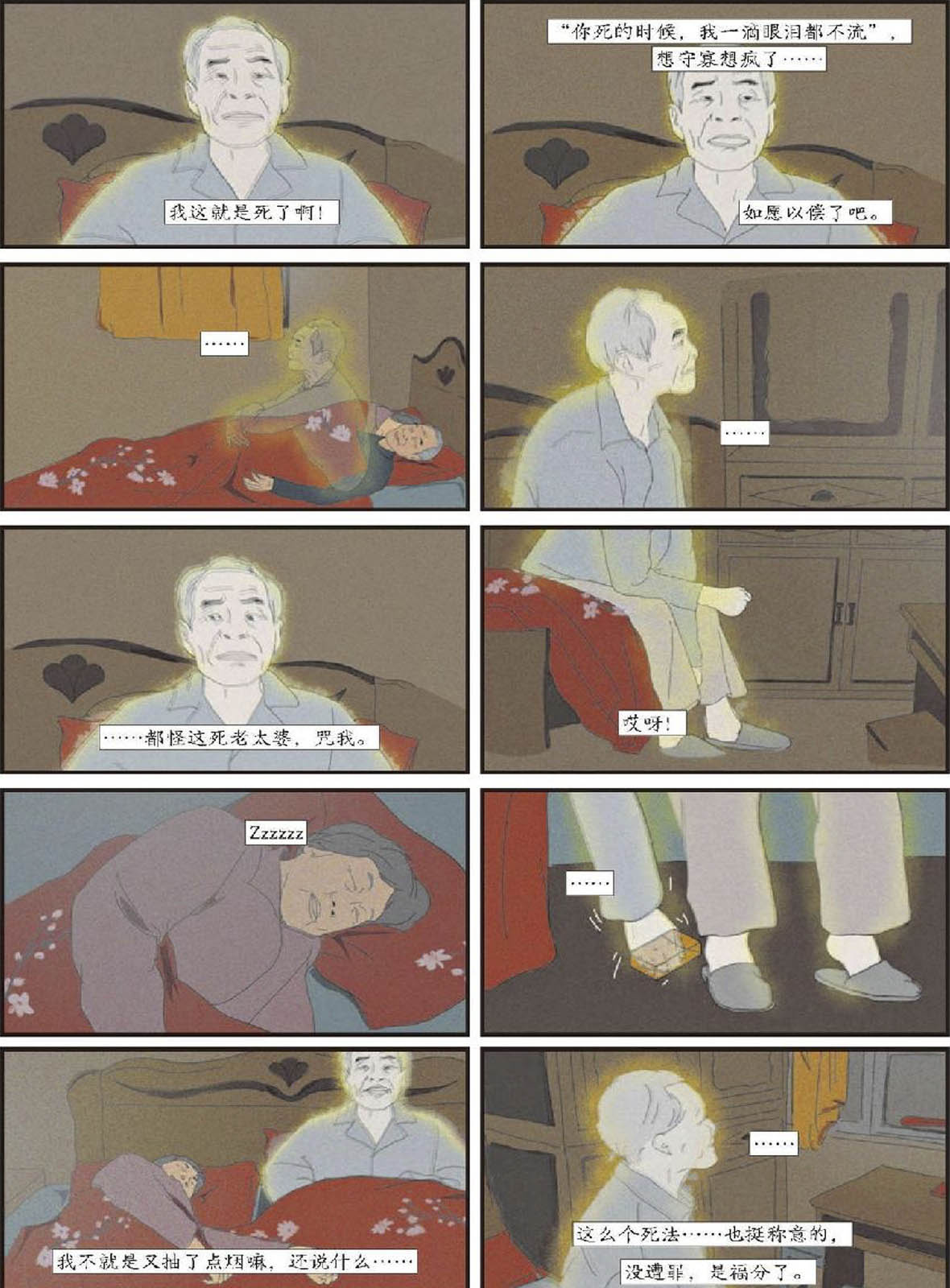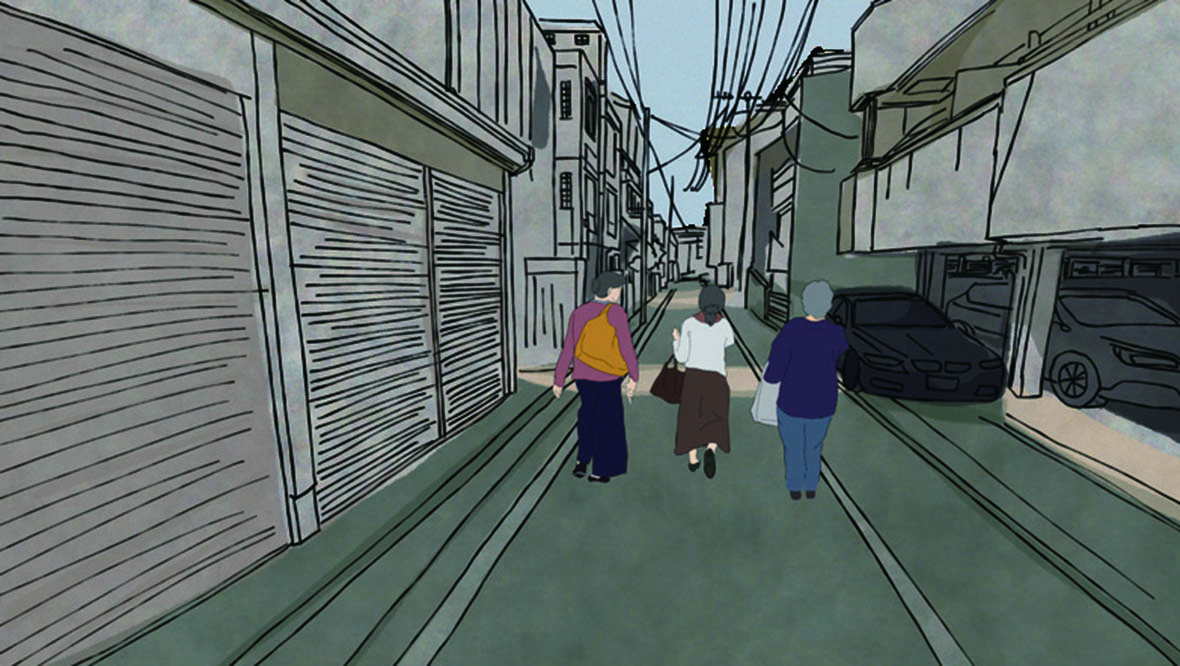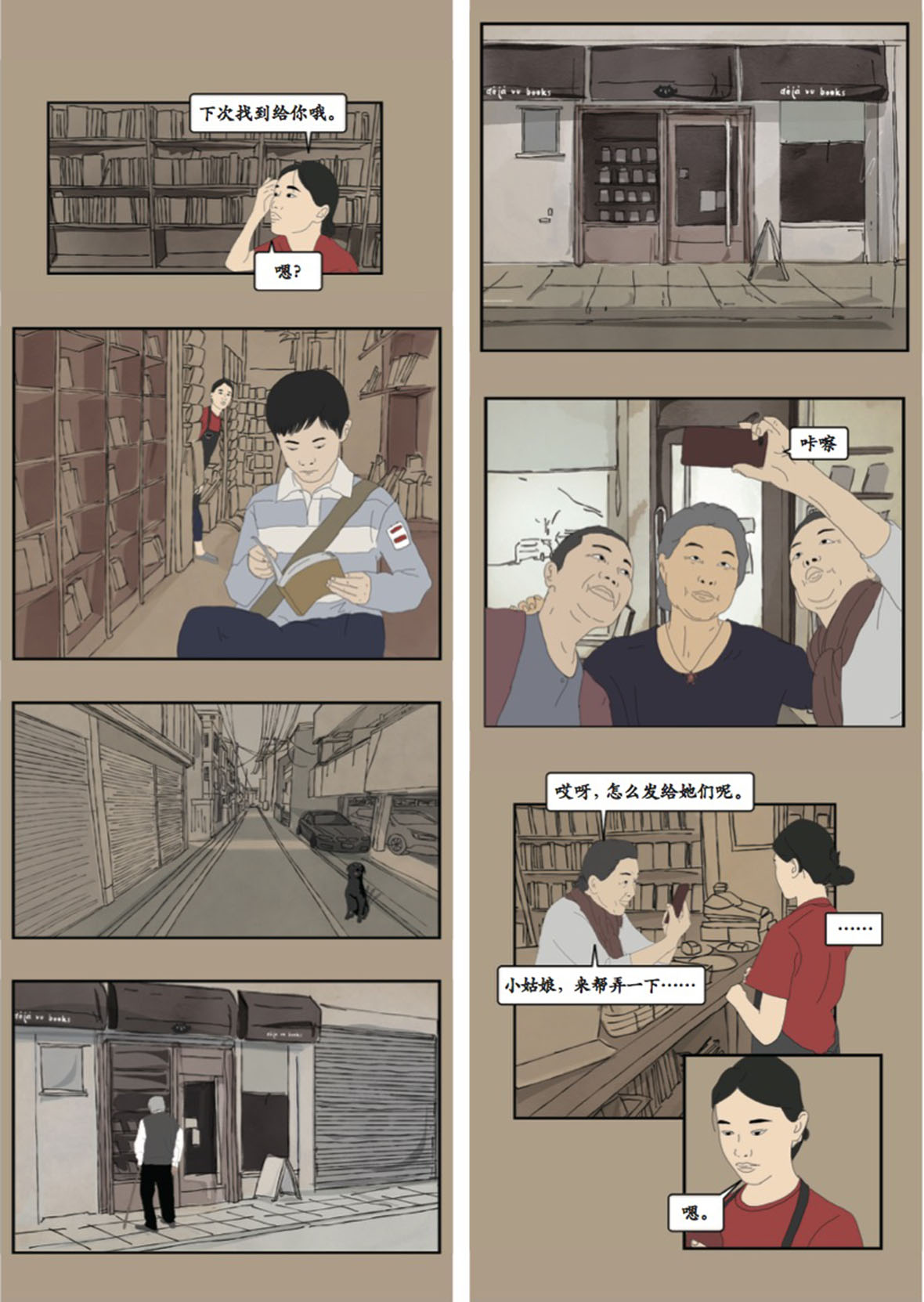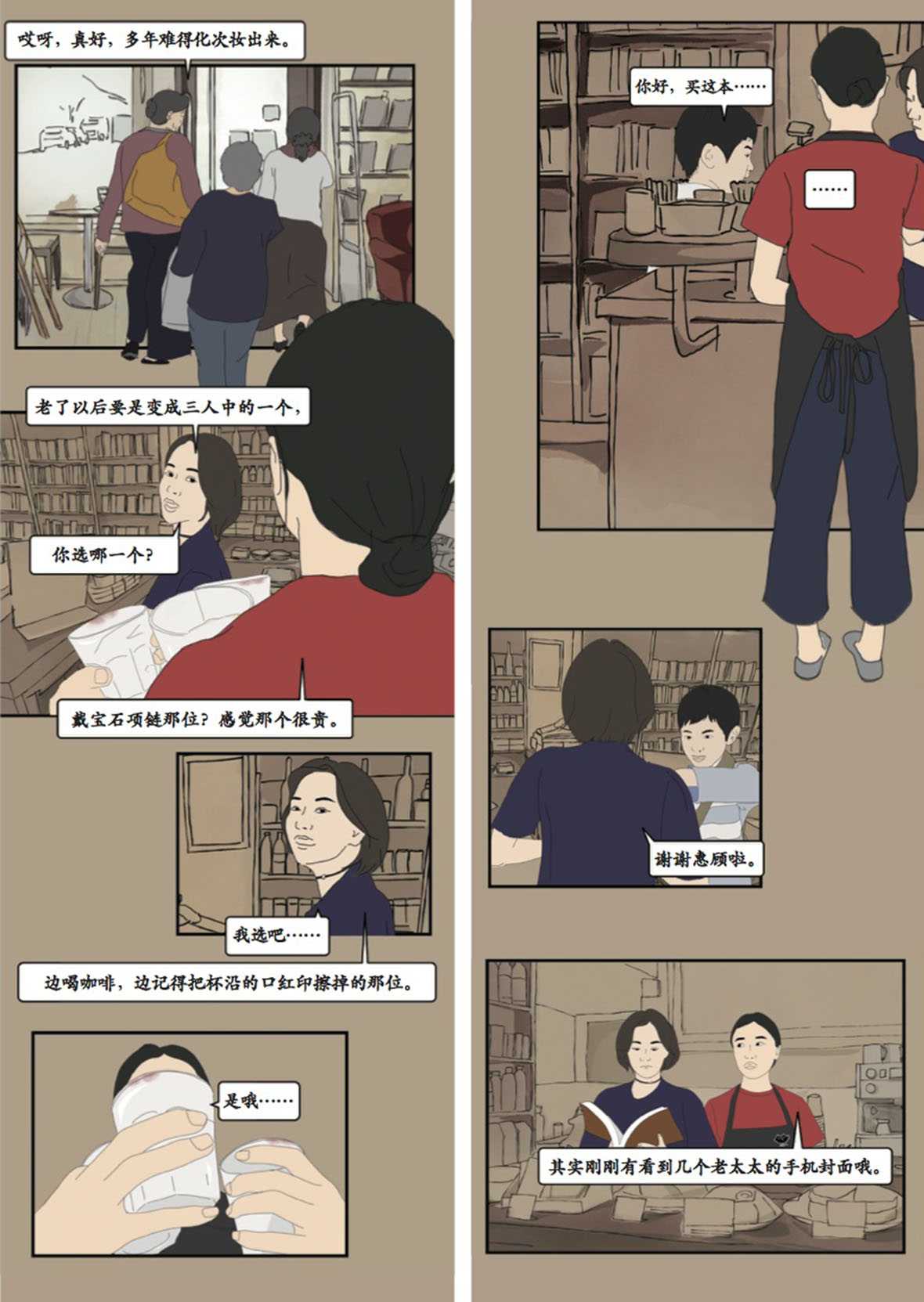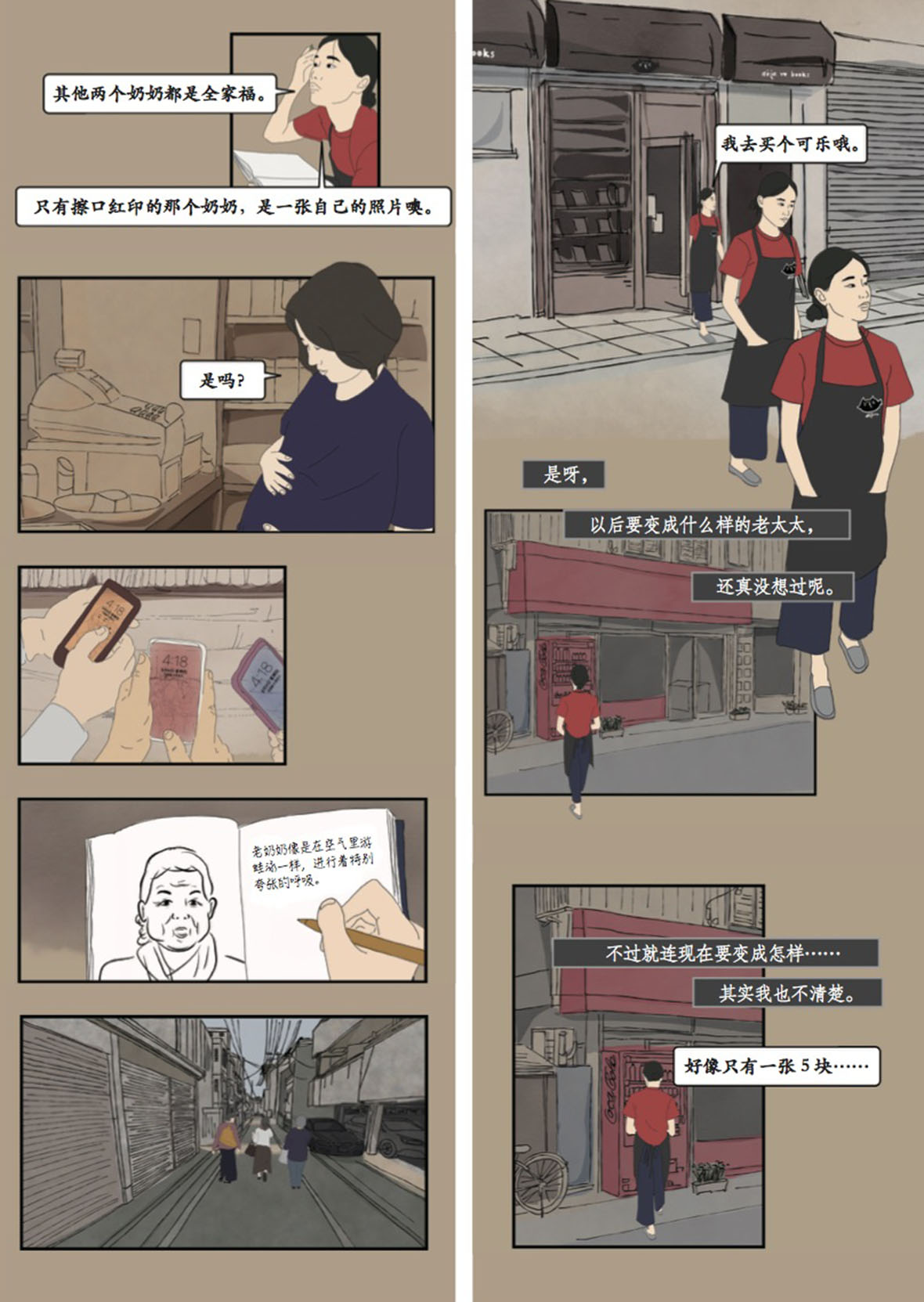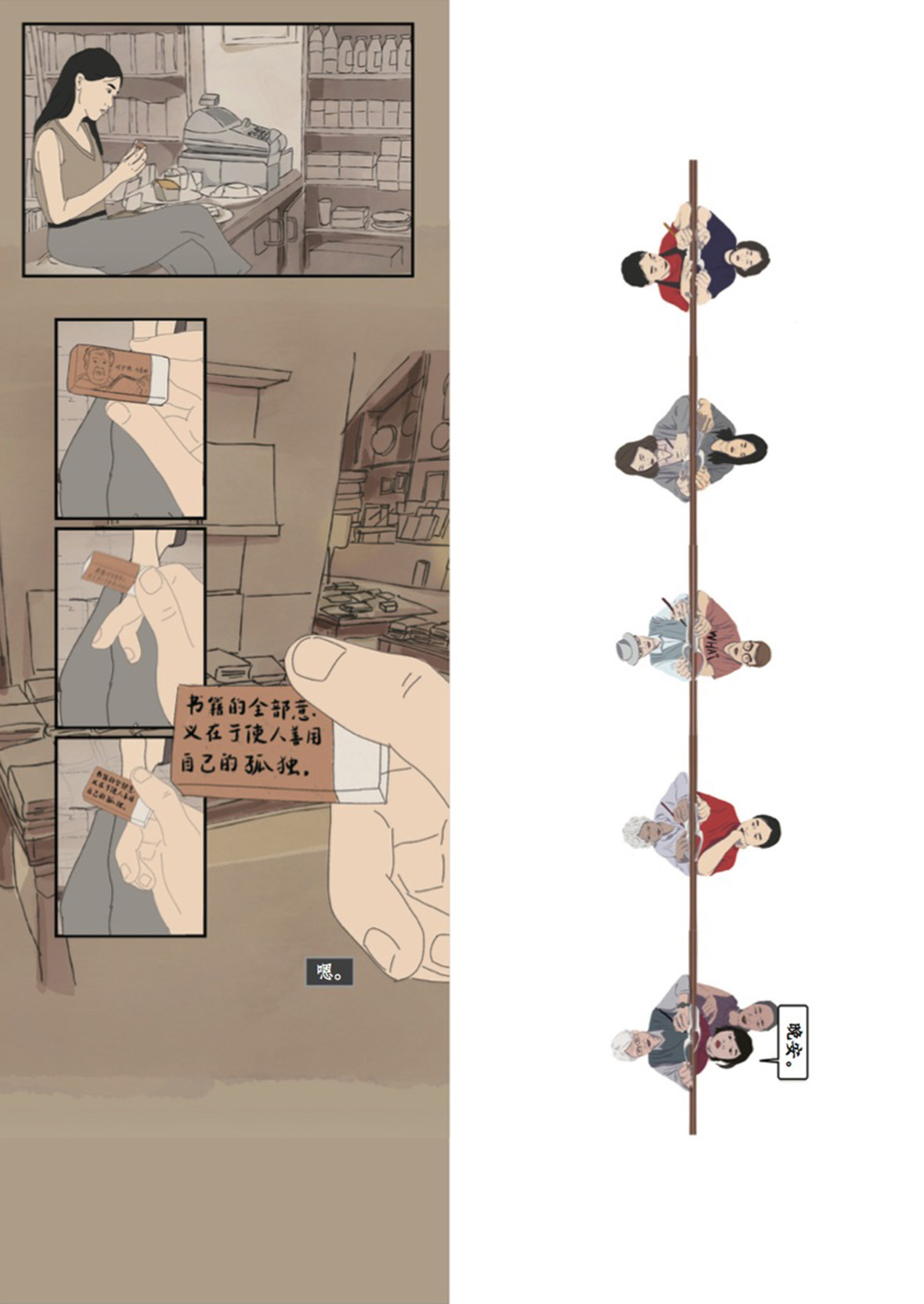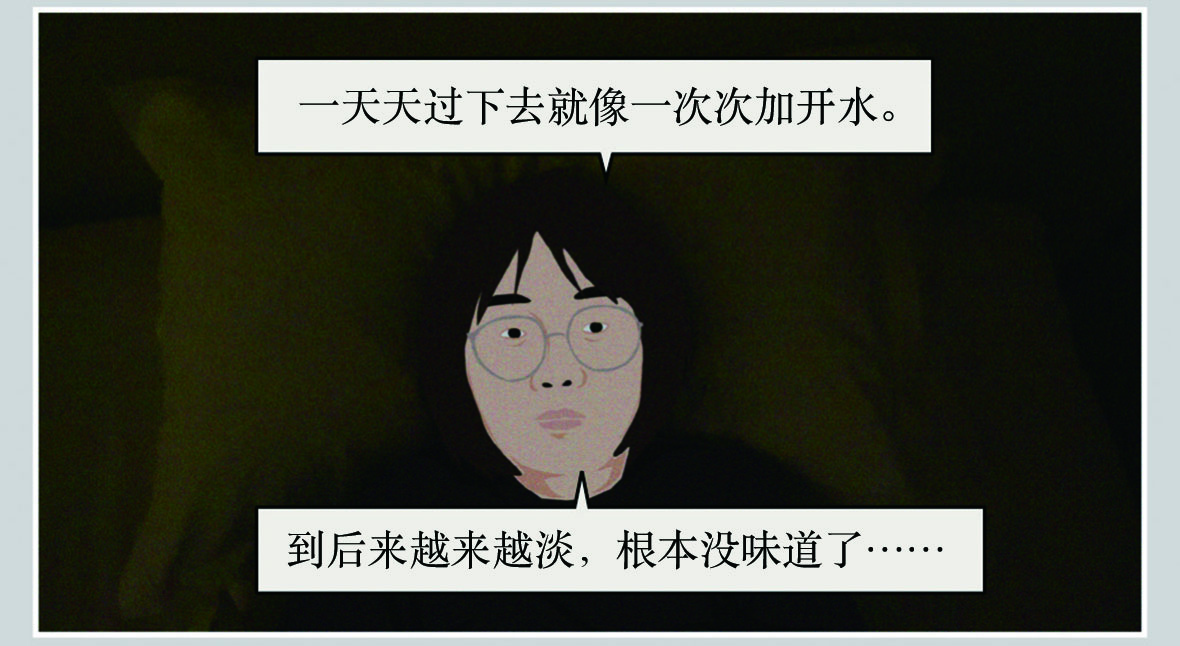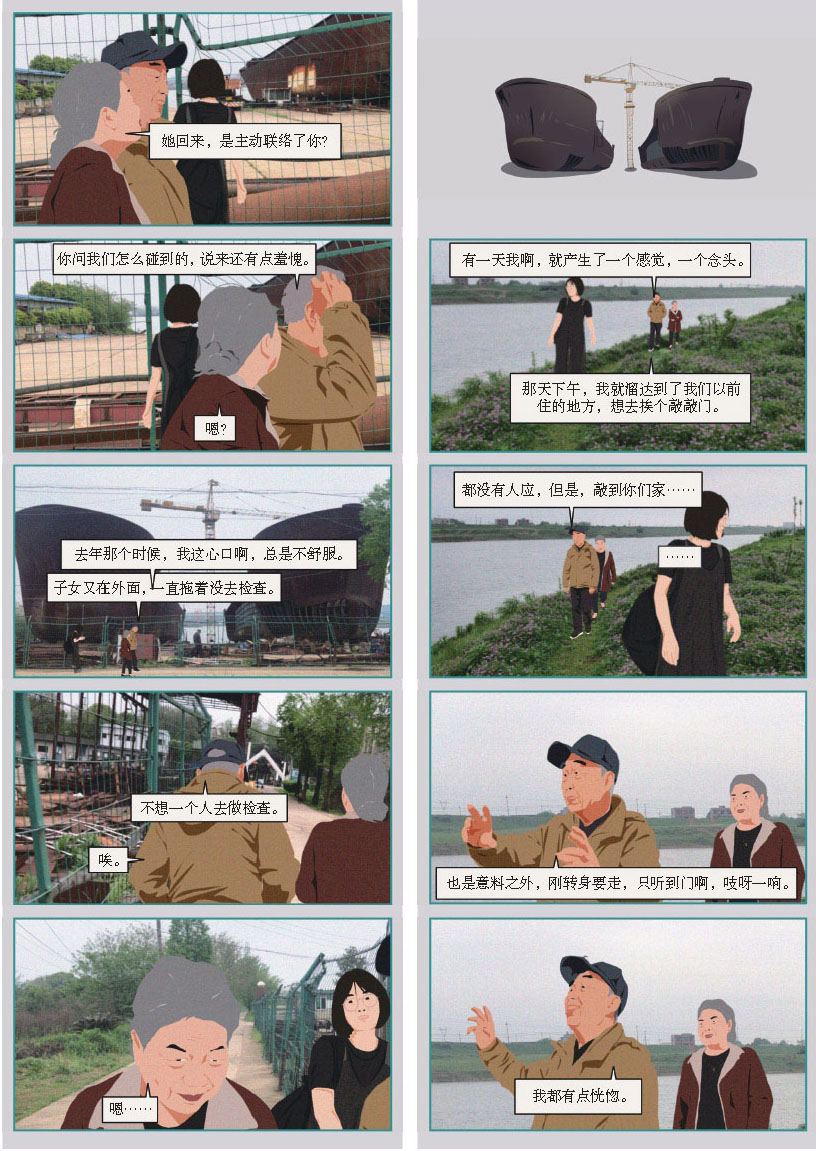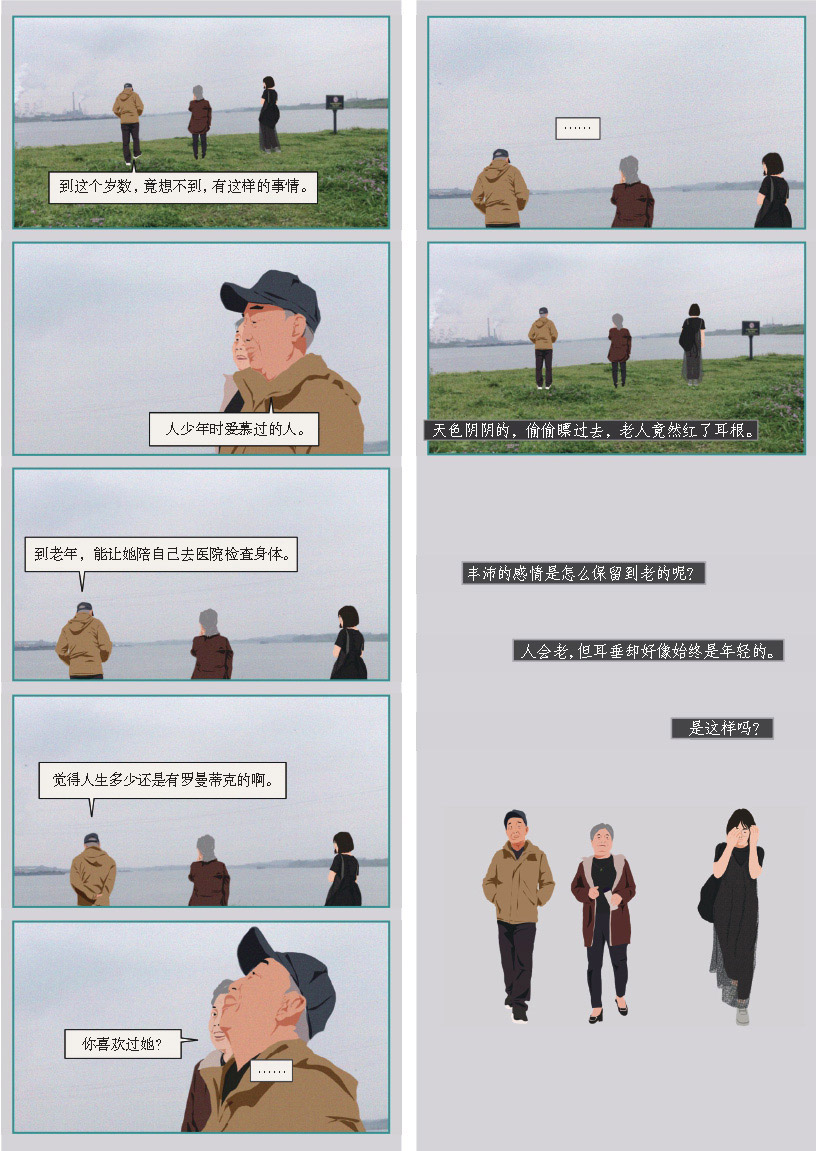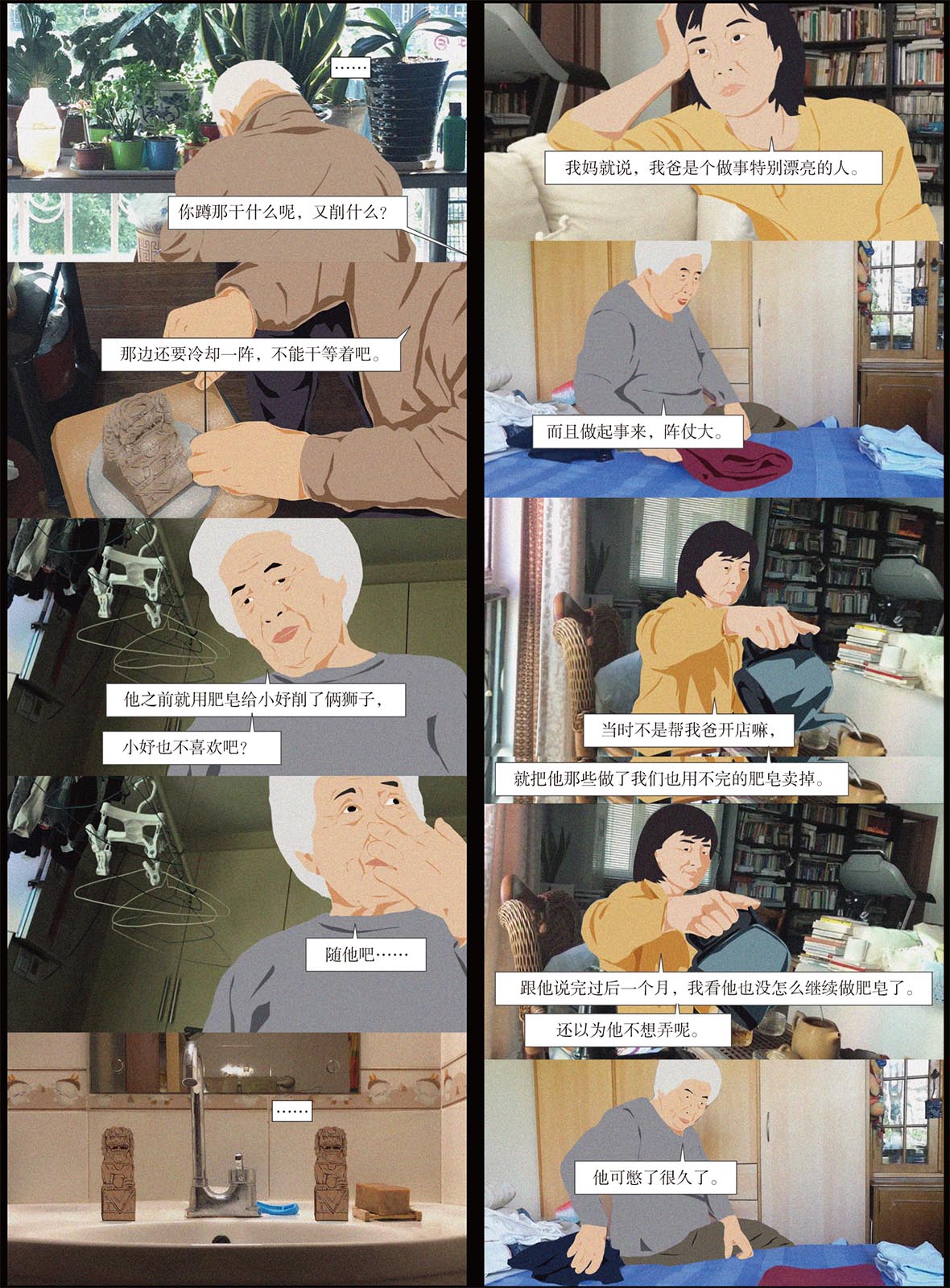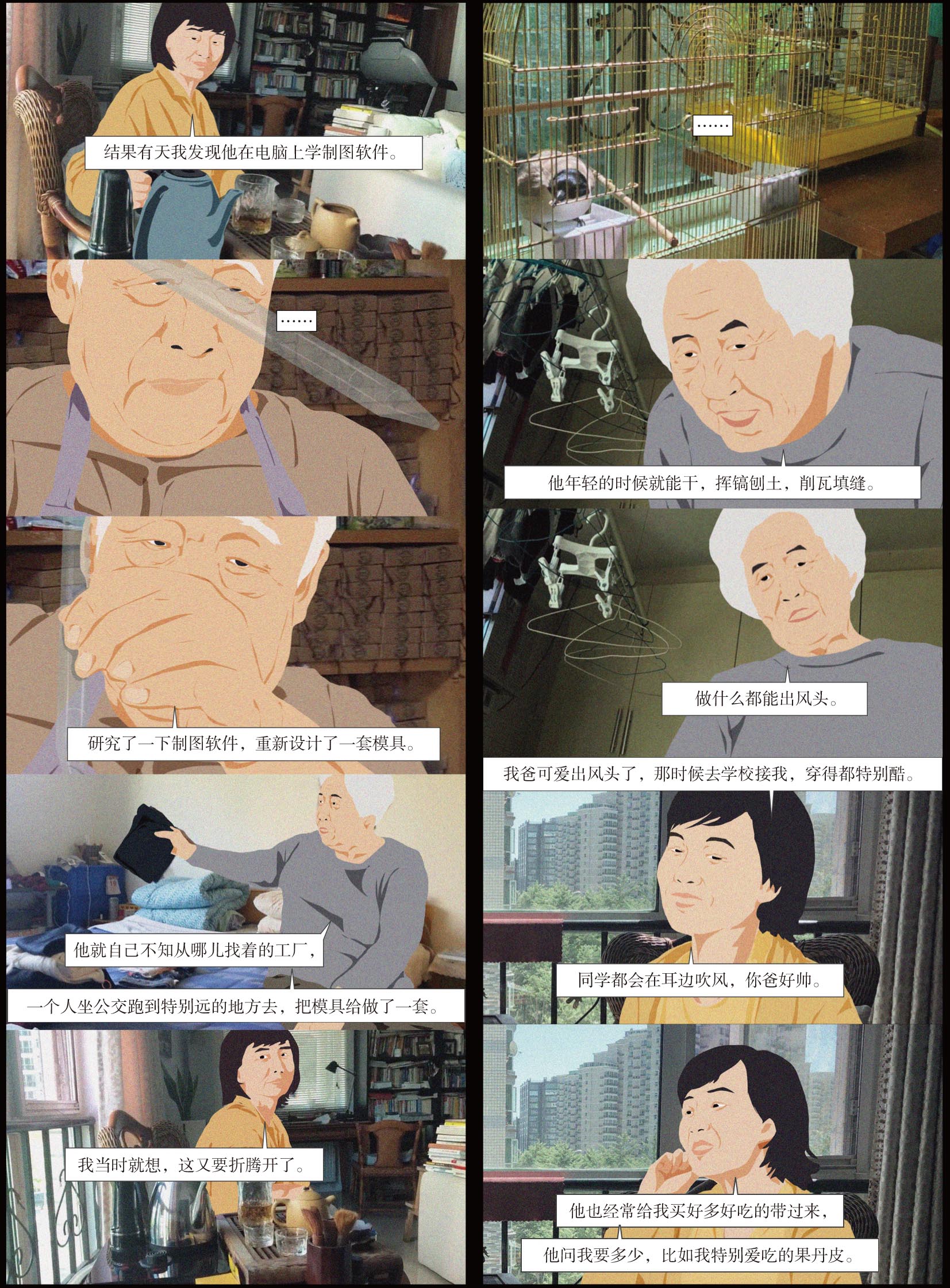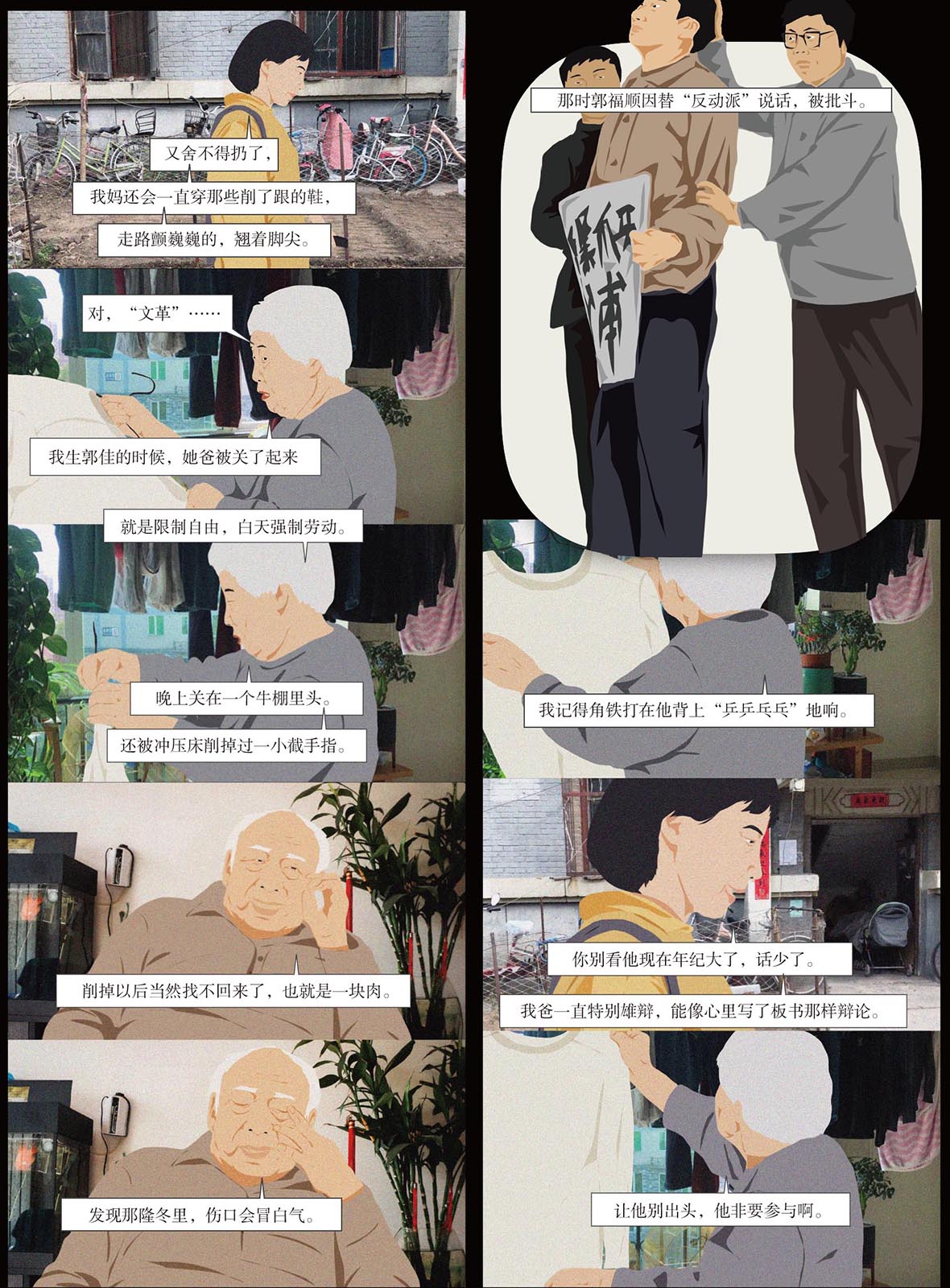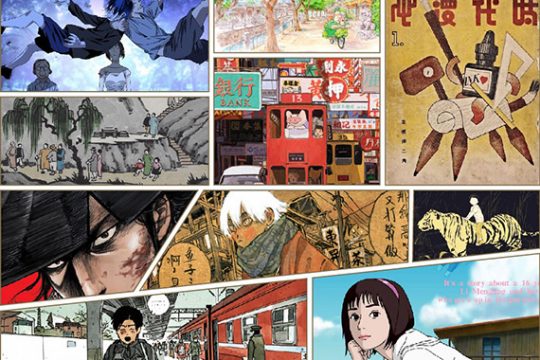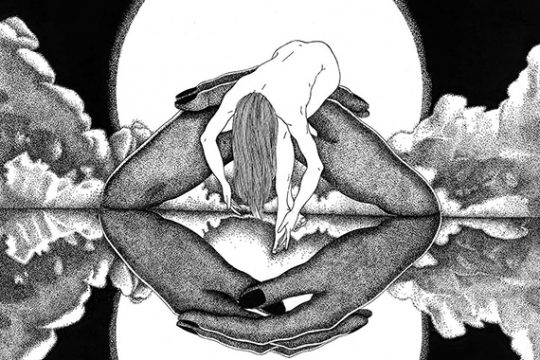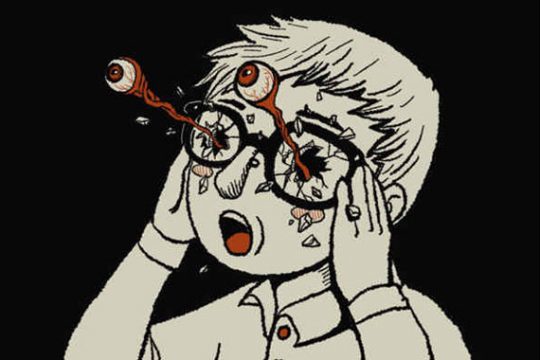
One, two, three! The crowd looks on with shock and disgust! Zombie Dragon wins! Your new MKW World Champion, Zombie Dragon!
Such was the controversial result of the 2019 edition of Bash at the Bay, China’s answer to WWE‘s flagship event Wrestlemania. The event, held in Shenzhen, featured eight matches between some of Middle Kingdom Wrestling’s top talents, including Ash Silva, Bamboo Crusher, Voodoo, and Uncle Money. Despite the league’s current foothold in the Chinese wrestling scene, their success wasn’t easily attained. To understand how the league has reached where it is today, we’ll need to rewind a decade and look north to Harbin, the city where it all began.
一,二,三!人们瞠目结舌地看着,“僵尸龙”赢了!新的“MKW 摔角王国”(世界冠军诞生了,他就是——僵尸龙!
这就是 2019 年“寒战大湾区”摔角比赛的结果,中国对世界摔角娱乐公司(WWE)的回应是“疯狂战斗之路”。比赛在深圳举行,其中有八场比赛,分别来自国内摔角界的顶尖选手包括 Ash Silva、破竹者、Voodoo 和钱叔。尽管 MKW 摔角王国目前在中国摔角界站稳了脚跟,但要达到这个目标的道路是漫长而坎坷的。要了解这个联盟是如何形成的,让我们回溯到十年前的哈尔滨,它是一切开始的地方。
In 2010, Adrian Gomez—spurred on by an episode of Anthony Bourdain’s No Reservations—moved from the US to China, settling down in Harbin. It was there where the idea to start a wrestling organization in China began brewing.
“In the US, I often talked to promoters in San Antonio, Texas when I was in college, attempting to get involved in the wrestling industry,” he recalls. “I wanted to learn everything about putting together a wrestling show, from the guys setting up the ring to the people selling t-shirts, and I learned a lot. In China, I realized that maybe I had enough knowledge to at least put together a small wrestling showcase.”
“MKW摔角王国”(Middle Kingdom Wrestling)是 2010 年搬到中国的老美 Adrian Gomez 的创立的摔角组织。促使 Adrian 最终定居在黑龙江省会的原因是,他在 Anthony Bourdain 导演的《伯尔顿不设限》美食纪录片里看到“无人问津”的一集,哈尔滨看起来像是一个特别有趣的城市。于是乎,Adrain 就来此定居,并产生了在中国成立摔角组织的想法。
“在美国,我上大学的时候经常和德克萨斯州圣安东尼奥的当地推广人员交谈,试图涉足摔角行业。” Adrian 回忆道,“我想学习举办摔角秀的方方面面,从架设摔角场到卖 T 恤的人都问遍了,我学到了很多。来到中国,我意识到也许我所有的知识已经足够丰富,至少可以把一个小的摔角秀给整出来。”

It wasn’t 2015 until he decided to put his knowledge to use. The pro wrestling scene in China during that period was relatively shallow, with web search results for “Chinese Pro Wrestling” being slim to none. Scene insiders pointed him towards Guangdong, Chongqing, Hong Kong, and Taipei, which were cities that had previously attempted live pro wrestling. While promotions in these cities never quite got off the ground, Gomez figured that if he put a cohesive team of wrestlers together, they had a chance to stand out in the market.
After a lot of self-convincing and coordination, Gomez threw his first wrestling shows in Dongguan, China. Being modest productions at best, the shows were filmed at a small gym in a town outside of Dongguan and produced in an episodic format, not unlike the methods seen for ECW back in the 90s.
2015年,他决定将知识付诸实践。当时中国的职业摔角场景相对较浅,“中国职业摔角”的网络搜索结果几乎为零,但圈内人让他把看往放在广东、重庆、香港和台北,曾尝试过办职业摔角秀的城市,在这儿摔角一直占有一席之地。Adrian 认为,如果他把有凝聚力的摔角手组成一个团队,他们就有机会在市场上脱颖而出。
经过一番自我说服和努力后, Adrian 在东莞举办了他的第一场摔角秀。 这充其量不过是在东莞郊外的一个小体育馆里拍摄、以间歇性的形式制作的片子,与 90 年代的美国摔角联盟(ECW)的制作方法并无二致。
无法观看?前往腾讯视频
While the budget and production quality were low, the participating talents were impressive, at least within the pool of wrestlers available in the country. The first episode featured The Selfie King vs. Hoho Lun and the Candy Brother vs. Lenbai. Lun would later go on to the WWE.
As he kept putting on shows, the crowds grew, and it was all organic—promotion happened either via word of mouth or through the online wrestling community. MKW started to find its stride. ”People in China were excited to see a new promotion that hopefully could stick around and grow, and people outside of China were just fascinated to see what Chinese pro wrestling could bring,” says Gomez. ”Tons of industry people reached out to us and we were able to enjoy some faster than expected initial growth.”
虽然预算和生产质量都很低,但片中参与的摔角人才却是一流的,至少在国内现有的摔角运动员中名列前茅。第一集的主讲了自拍王 VS. 何颢麟、糖果哥 VS. 刃白的故事。何颢麟后来加入了世界摔角娱乐公司。
随着他不断地推出摔角秀,观众也越来越多。这一切都是自主生发的——从口口相传到通过网络摔角社区的讨论。MKW 摔角王国很快就占据了一席之地。“中国人很高兴看到一个新的摔角秀,希望能坚持和增长下去,而中国以外的人只是着迷于看到中国职业摔角可以带来什么。” Adrian 说,“数不清的行业人士向我们伸出了援助之手,我们很高兴能看到比预期更快的增长。”

Once the novelty of a new Chinese wrestling promotion wore off, Gomez’s real challenge began: he had to innovate to stay relevant and push forth with the momentum he had achieved from that initial buzz period. On the production and visual side of things, he experimented with innovative camera angles through wrestler’s phones, slow motion, and even VR360 wrestling. “Throughout the last five years, we’ve attempted new ways to connect VR and pro wrestling together,” Gomez says. ”We even have a “VR champion” wrestler (Wade Massen) on our roster who manages a character named VR Nikk.”
Characteristics unique to the Chinese scene, which included wrestler personas based on mythology and ancient fighting styles also helped MKW stand out as something fresh but rooted in tradition. Wrestlers such as Zombie Dragon and Candy Brother even include nods to Chinese kung-fu in their movesets and performances.
“Several people have grown up on Bruce Lee and Jackie Chan, and when you realize how much Chinese martial arts like kung fu can easily mix with the performance art that is pro wrestling, then I think you’re really going to eventually see Chinese wrestling mature into its own unique style,” Gomez notes.
当中国摔角推广活动的新鲜感消退后,Adrian 真正的挑战开始了:他必须有所创新,以保持用户粘性,以助推他在初始蓬发时期取得的势头。在制作和视觉方面,他尝试用创新的相机角度,比如通过摔角手的手机、用慢动作拍摄,甚至是 VR360 全景摔角。
“在过去的五年里,我们尝试了将 VR 和职业摔角联系在一起的新方法,” Adrian 说,“在我们的花名册上,我们甚至有一个‘VR 冠军’摔跤手(Wade Massen),他管理一个名叫 VR Nikk 的虚拟选手。”
基于上古神话和古代格斗风格的摔角人设,是中国摔角场景的典型特征包括,这也帮助了 MKW 摔角王国从一众传统摔角选手中脱颖而出。僵尸龙和糖果哥等摔角手甚至在动作和表演中加入了对中国功夫点头的动作。
“李小龙和成龙影响了一批人,当你意识到像功夫这样的中国武术可以很容易地与职业摔角融合在一起时,最终,我想你会希望看到中国摔跤成熟到它自己独特的风格。”Adrian 指出。

Every wrestling company has a cast of characters. The heroes and villains (or known by insiders as faces and heels) give the crowd someone to cheer or boo for during the match. But with MKW, it is ultimately up to the crowd to decide who is face or heel, the choice of which could also be contributed to the Chinese audience’s personal judgment of character.
“On paper, an evil sorcerer demon like Zombie Dragon, shouldn’t be a face, but yet, he’s one of our most popular faces we’ve ever had because he’s skilled in making people want to emphasize with him,” says Gomez. “We have a guy like Black Mamba, who is confident, a bit cocky—positive traits—but he doesn’t display arrogance. And he can sell that balance in his facial expressions. And so the audience cheers for him.”
每个摔角联盟都有一群性格各异的选手。在比赛中,英雄和反派(或被称为“脸”和“脚后跟”)都会让观众奉上欢呼或嘘声。但 MKW 最终是由观众来决定谁是“脸”还是“脚后跟”,选择哪一个也可能有助于中国观众对性格的个人判断。
“理论上来看,像僵尸龙这样邪恶的巫师恶魔,不应该是一个‘脸’(即好人角色),但他却是我们最受欢迎的反派之一,因为他擅长让人们和他站同一边。”Adrian 说,“我们也有一个像黑曼巴蛇一样的家伙,他很自信,有点自大,但他并不表现出傲慢的姿态,而且他可以通过面部表情来呈现这种平衡。观众都为他欢呼。”

While MKW has a heavy focus on Chinese wrestlers, the roster has always had an international flair. Some of the current international stars of MKW include the boombox-wielding Buffa, the menacing Cam Ferguson, and New Zealand wrestler Triple T. Gomez believes experienced international stars can help local Chinese wrestlers learn the ropes quicker.
With both Chinese and international wrestlers and an insatiable eagerness to up production value, MKW grew steadily from those early shows in 2015, eventually setting a permanent headquarter in Harbin while producing the first-ever local pro wrestling show on Pay Per View in China and later even doing events in Vietnam, South Korea, and Nepal.
Comparing the arena and audience size of their current shows, such as the most recent Bash at the Bay in Shenzhen, to their earlier shows in Dongguan, is like night and day. There is now a jumbotron for wrestler intro videos and camera cranes for aerial shots. Gomez is satisfied with the growth his company has seen, but his aspiration to improve remains a driving force.
虽然 MKW 十分侧重中国摔角手,但他们的阵容一直都有国际水准。当前 MKW 在国际上的一些明星包括挥舞着电唱机的布法、来势汹汹的 Cam Ferguson 和新西兰摔角手 Triple T。Adrian 认为,经验丰富的国际明星摔角手可以帮助中国本土摔角手更快地掌握诀窍。
在中国和国际摔角手的努力和殷勤渴望中,MKW 从 2015 年的早期摔角秀中稳步成长,最终在哈尔滨设立了永久总部,同时在中国制作了首个本地职业摔角秀,后来甚至在越南、韩国和尼泊尔都举办了活动。
把他们目前摔角秀的场地和观众规模,如最近在深圳湾的“寒战大湾区”,和他们在东莞的早期表演相对比,就像白天和黑夜。如今有一个大屏幕播放着摔跤选手的介绍视频,相机设备会用起重台架起在空中拍摄。Adrian 对公司的发展感到满意,但他依然渴望有所改进。


“I’m still not fully satisfied with the execution of those events from a production point of view,” he says. “There’s still a lot more for MKW to improve on. When you watch a WWE event, for example, their production, camera angles, and timing on everything is still the gold standard. Seeing other overseas companies as well, I still notice that there are a lot of ways for MKW to raise our game. We want to be able to master the craft of producing these large-scale events.”
MKW, while flourishing as its own entity, has also seen stars from the biggest wrestling promotions in the world—such as AEW, WWE, and NXT—compete in their showcases. “We’ve also used and plan to use some of the wrestlers who have left WWE, such as Hoho Lun, Jason Cheng, and soon Rocky Han in our events.”
“从制作的角度来看,我仍然不完全满意。”Adrian 说,“MKW 摔角王国还有很多改善和提升的空间。例如,当你观看我们的摔角秀时,他们的制作、相机角度和时间切换仍然是黄金标准。看到其他海外摔角公司,我注意到我们依然有很多方法可以提升。我们希望能够掌握制作这些大型活动的工艺。”
繁荣成长期的 MKW 已经见证了世界上最知名的摔角活动如 AEW,WWE 和 NXT 上的明星选手对博的场景。“我们也使用和计划使用一些已经离开了 WWE 的摔跤手,比如何颢麟、程玉相,很快 Rocky Han 也会加入我们的活动中。”
无法观看?前往腾讯视频
Recently, MKW has bunkered down in Harbin to film content for their new program, MKW Blast-off, which debuted on August 28. WWE and AEW both have experimented with empty arena shows during the ongoing pandemic, and for smaller companies such as MKW, this format may work to their advantage, since it allows for multiple takes of moves or segments to get them perfect. The crowd-less, but well-produced debut episode of MKW Blast-off marked a new chapter for the company.
In the first episode, Zombie Dragon successfully defended his title against DC Chen, while on subsequent episodes, every member of MKW’s roster has had time to shine with new storylines and rivalries beginning to brew. Highlights so far include Black Mamba having a strong showing in defeating Mad Dog Connor, the cool-as-ice Cold Ray making a name for himself via arrogant monologues and flashy in-ring work (and outright cheating) against the much larger Saga, and the ironically named Little Johnny establishing himself as a heel by completely demolishing lightweights PHX and Curry Kid in a handicap match and later obliterating the masked acrobat Poseidon.
最近,MKW 在哈尔滨为他们新节目拍摄的内容《MKW 启航》在 8 月 28 日首次亮相。在疫情期间,WWE 和 AEW 都经历过秀场空无一人的境遇。但对于像 WWE 这样的小公司来说,这种形式可能对他们有利,多重动作、分段操练会使他们成品更完美。虽然没有人群在场,但却能很好地制作出《MKW 启航》的首集,也标志着公司新篇章的开启。
在第一集,僵尸龙成功卫冕了他的冠军对 DC Chen,而在随后每一集中,每一个 MKW 摔角王国的成员都有时间展现自己,并与对手竞相角斗。到目前为止的看点包括:“黑曼巴”强力击败“疯狗”康纳,傲娇的 Cold Ray 通过傲慢的独白和华丽的角斗场表演与“Saga 雄阔海”对决,和“庞然大物”小强尼通过创造一个反派角色,在强弱不等赛中实力碾压了轻量级选手 PHX 和“咖喱小子”,后来还打败了蒙面“波塞冬”。


Episode four saw an epic six man tag team match with Zombie Dragon and DC Chen putting aside their differences to team up with Buffa to narrowly defeat the team of the cocky Big Sam (with his valet Lady Marie), M.A and Cam Ferguson. Zombie Dragon then, via the aid of a dubbed demonic voice, issued an open challenge (which was more of a warning) to anyone brave enough to step in the ring with him for the MKW World Championship.
“We’re putting all our effort into making this the hottest episodic wrestling program in China,” says Gomez. “We also hope to get the attention of drama lovers and sports fans, because we feel confident that we’ve produced an exciting and unique series that features the best wrestlers in China today with the most incredible action you’ll find on any free show on BiliBili or other streaming services in China.”
MKW Blast-off airs every Friday night at 8 PM Beijing time.
而在第四集中,则将会看到史诗六人标签队与 僵尸龙和 DC Chen 放下他们的分歧,与布法合作,最终以微弱的优势击败了自大的 Big Sam(与他的贴身男仆 Lady Marie)、M.A 和 Cam Ferguson。之后, 僵尸龙用了一个变声器,向任何勇敢的人发出公开挑战来 MKW 世界锦标赛跟他单挑。
“我们正在尽一切努力,使之成为中国最热门的情景摔角节目。” Adrian 说,“我们也希望得到戏剧爱好者和体育迷的关注,我们信心十足,因为已经制作了一个令人兴奋的和独特的系列作品,在当下的中国,这里有最好的摔角手与最令人难以置信的摔角比赛,在 Bilibili 或其他任何免费的视频网站上,你会发现这是最好看的摔角秀。”
《MKW 启航》每周五晚北京时间晚上 8 点准时播出。
Like our stories? Follow us on Facebook and Instagram.
Website: www.middlekingdomwrestling.com
Instagram: @mkwchina
Facebook: ~/MKWChina
YouTube: ~/MiddleKingdomWrestling
Weibo: ~/MKW摔跤王国
Bilibili: ~/BeastFaceKillah
WeChat: MKWSHUAIJIAO
Contributor: Ryan Dyer
Chinese Translation: Chen Yuan
Images Courtesy of Eric Garrison
网站: www.middlekingdomwrestling.com
Instagram: @mkwchina
脸书: ~/MKWChina
YouTube: ~/MiddleKingdomWrestling
微博: ~/MKW摔跤王国
哔哩哔哩: ~/BeastFaceKillah
微信: MKWSHUAIJIAO
供稿人: Ryan Dyer
英译中: Chen Yuan
图片由 Eric Garrison 提供


